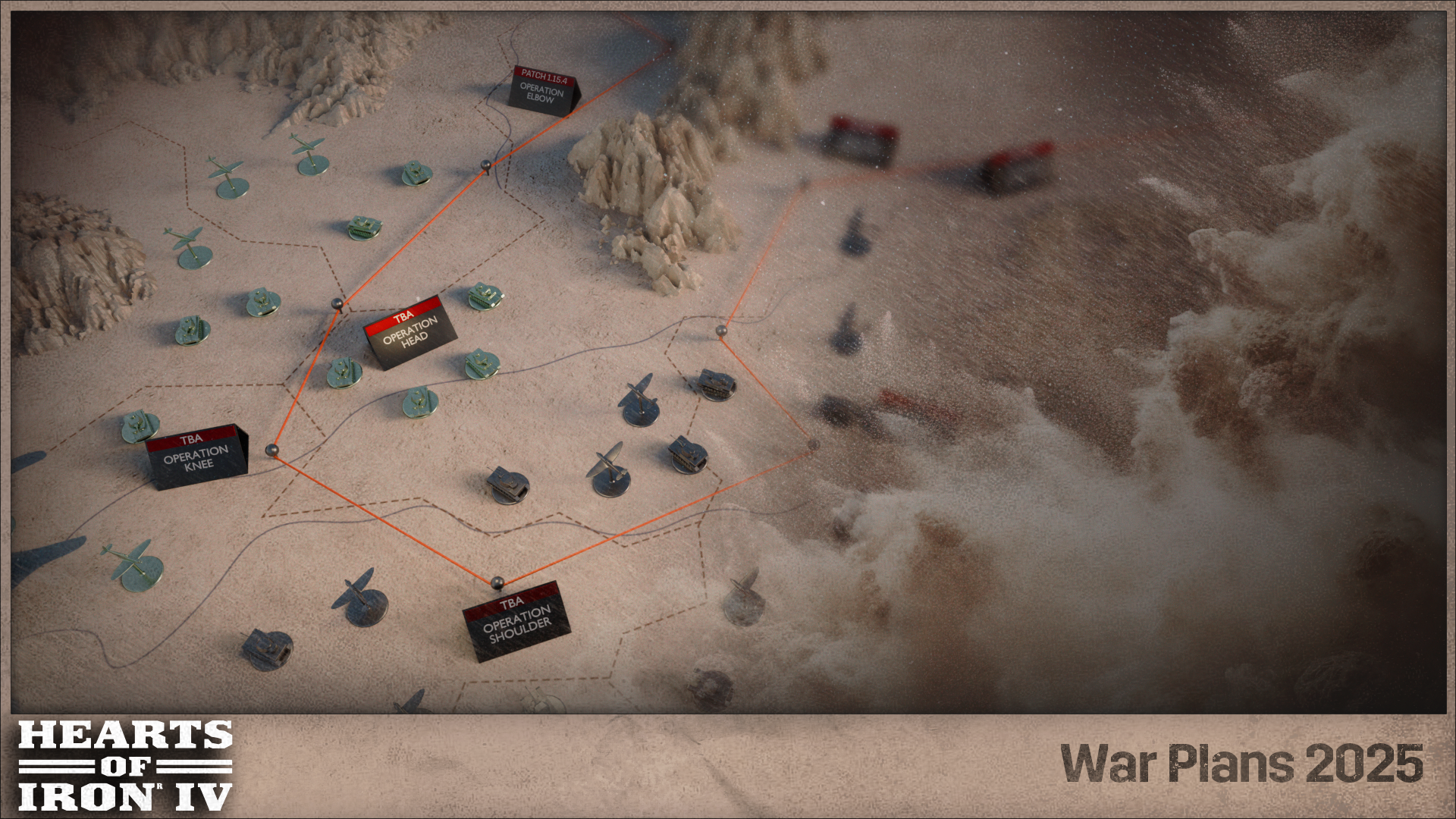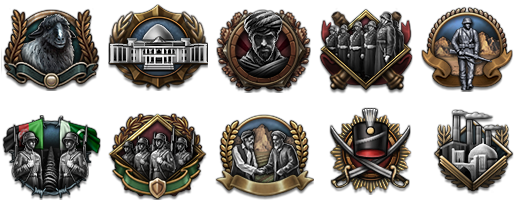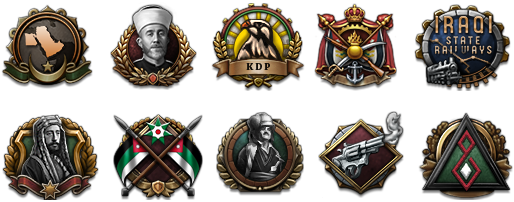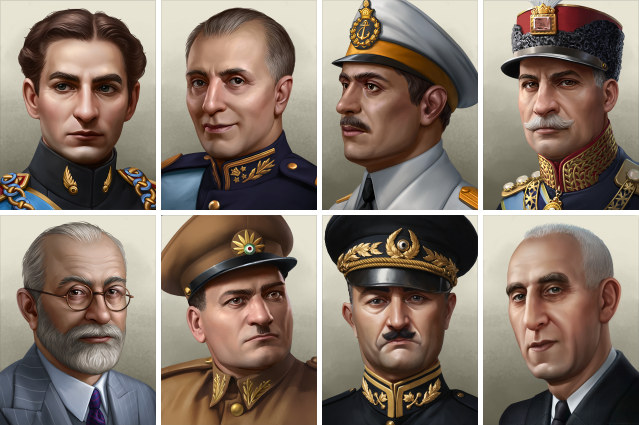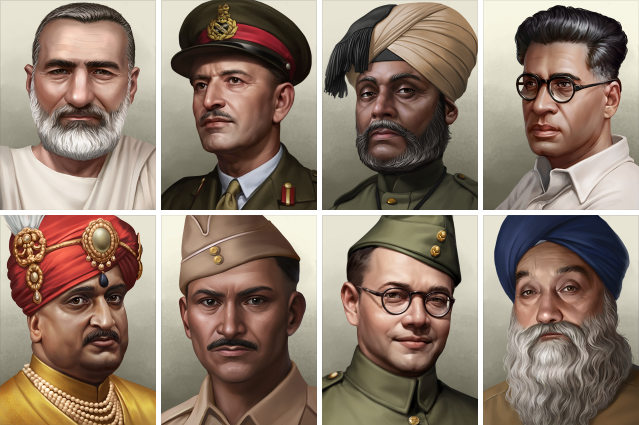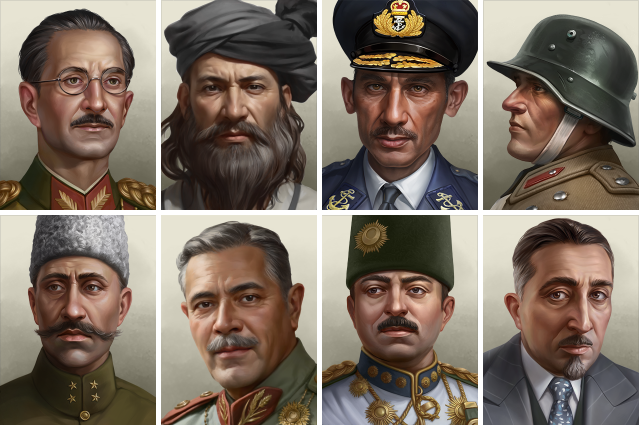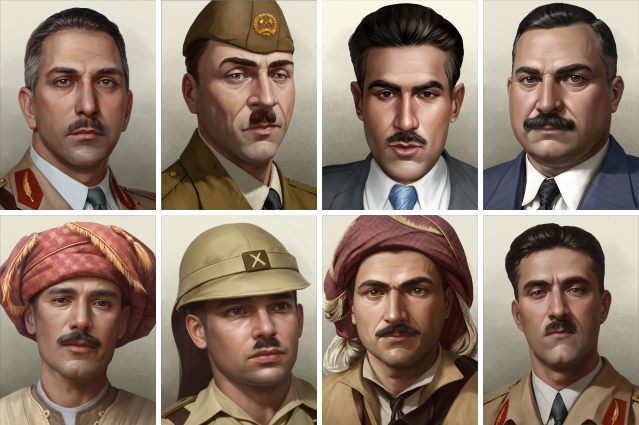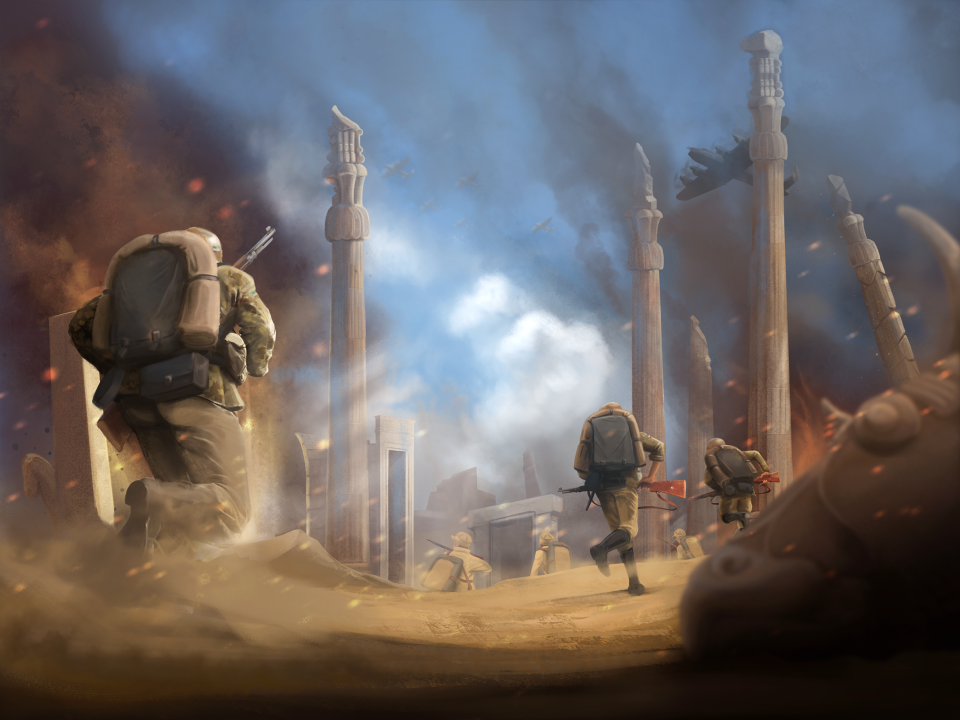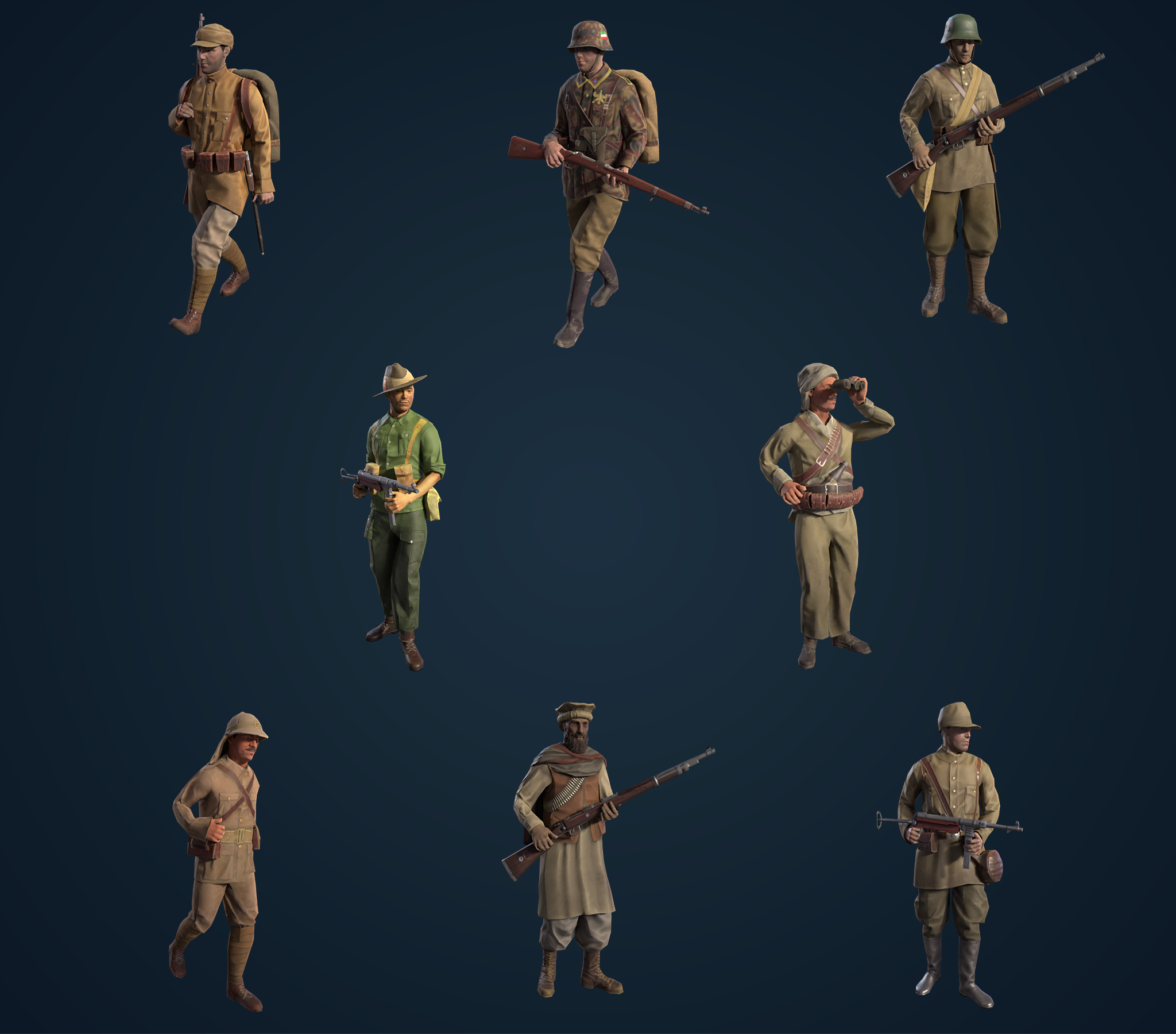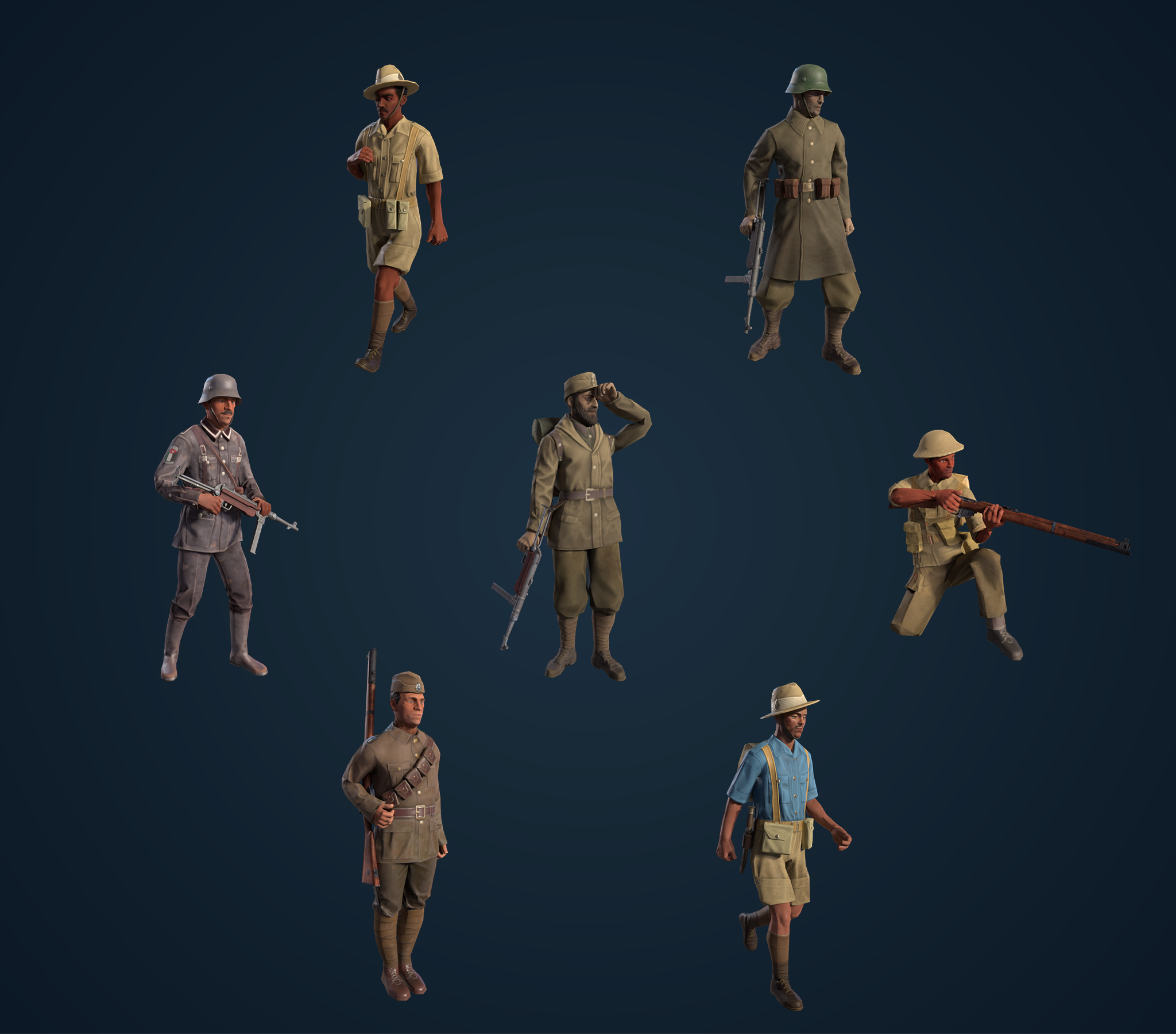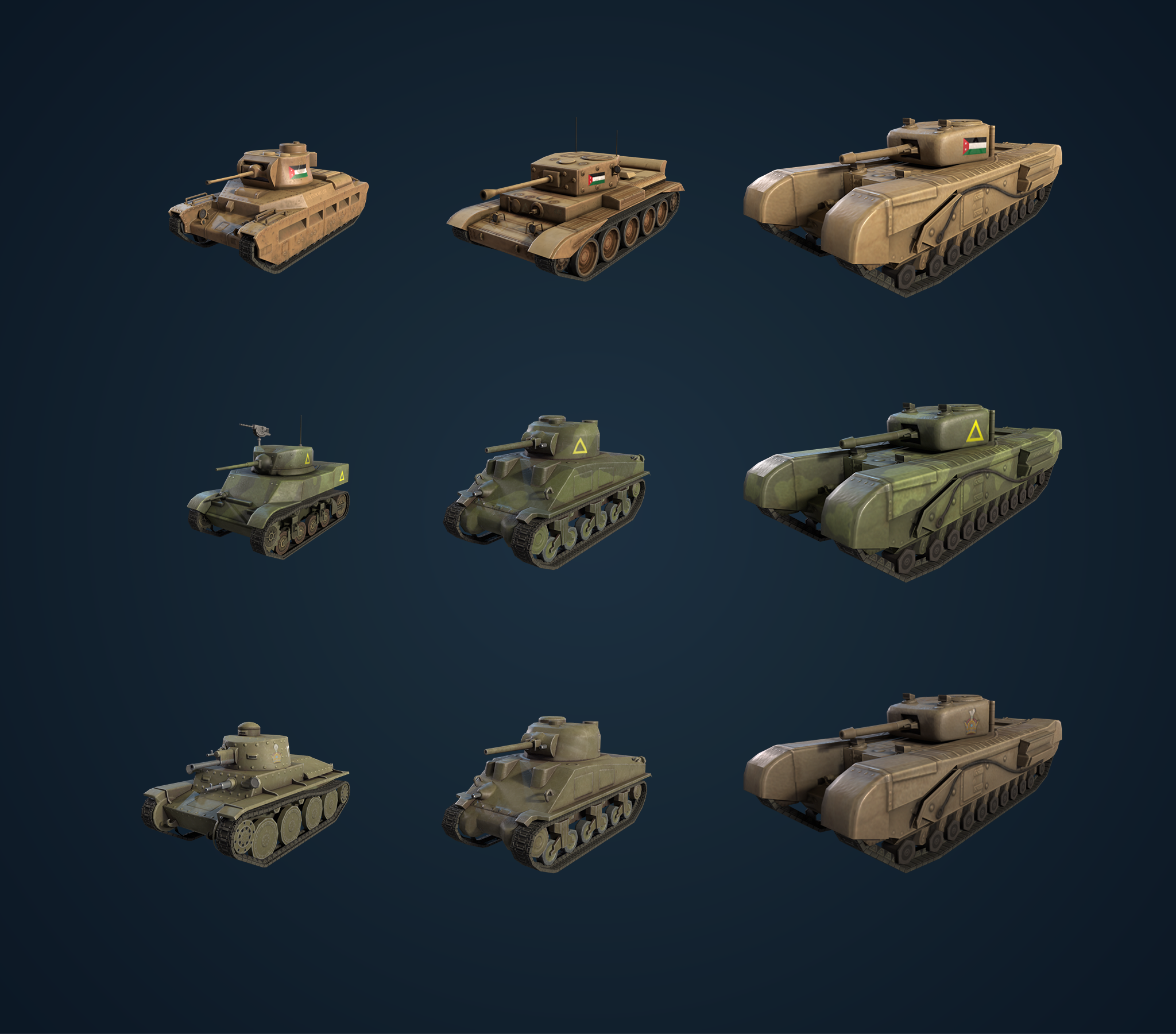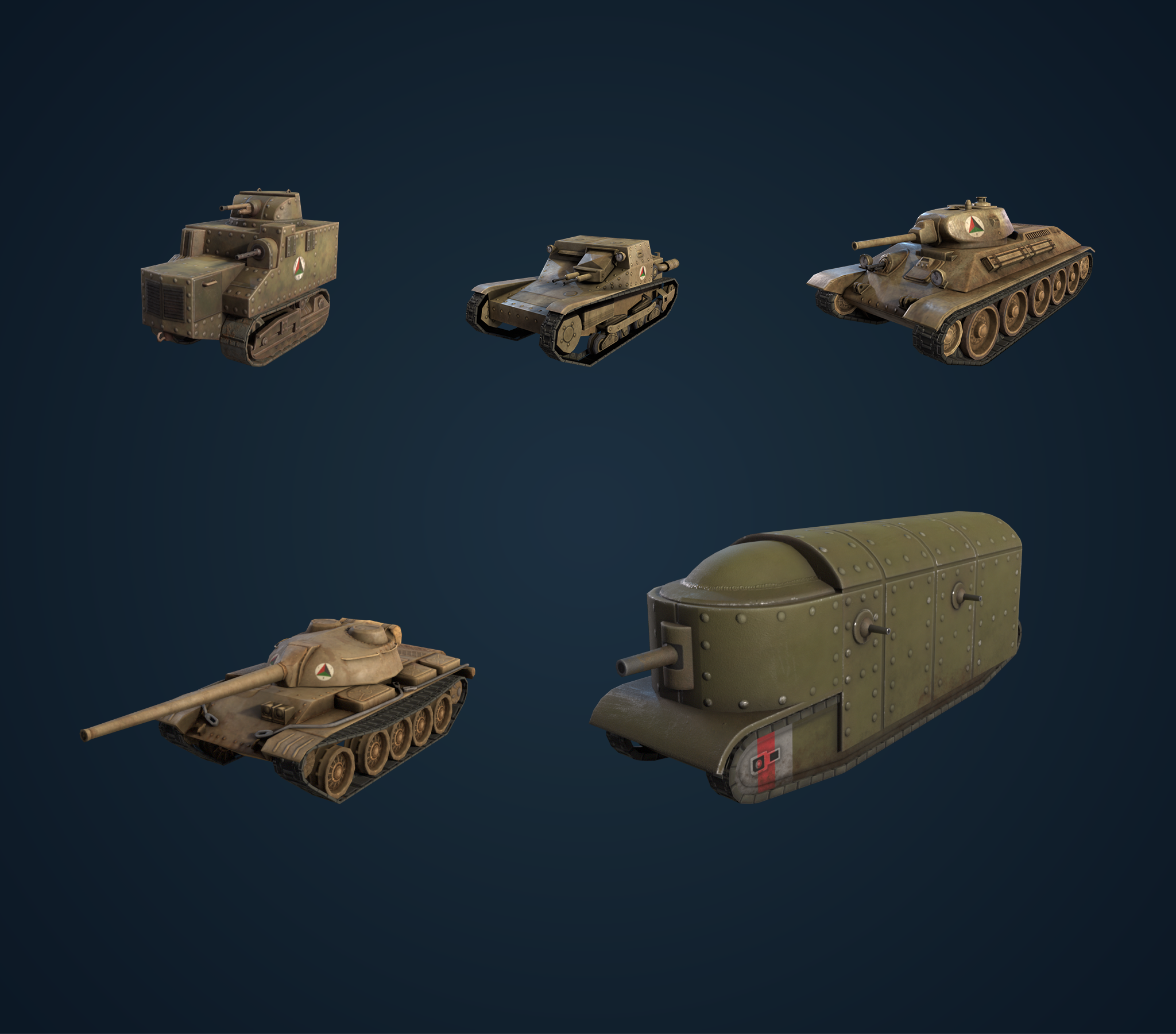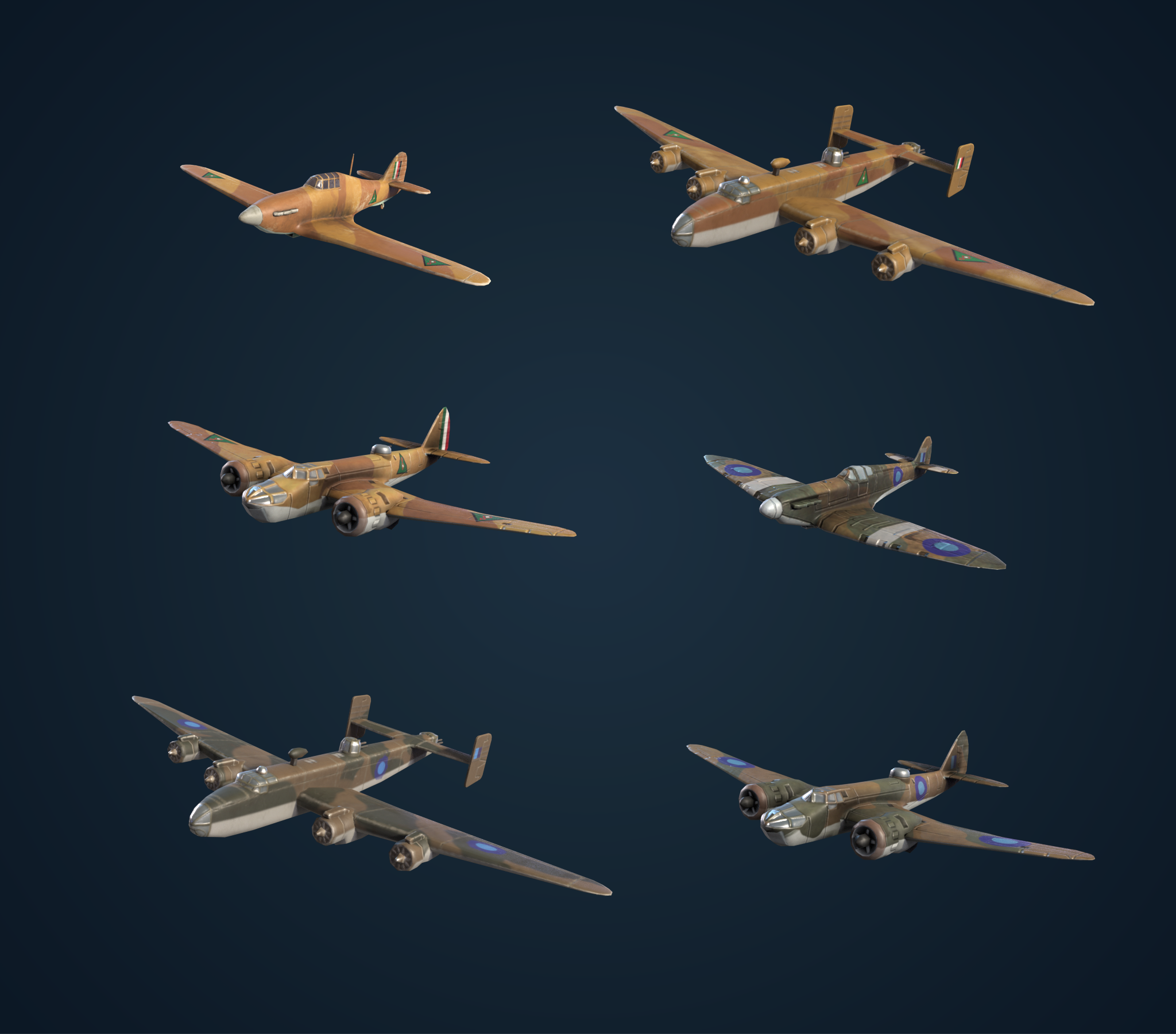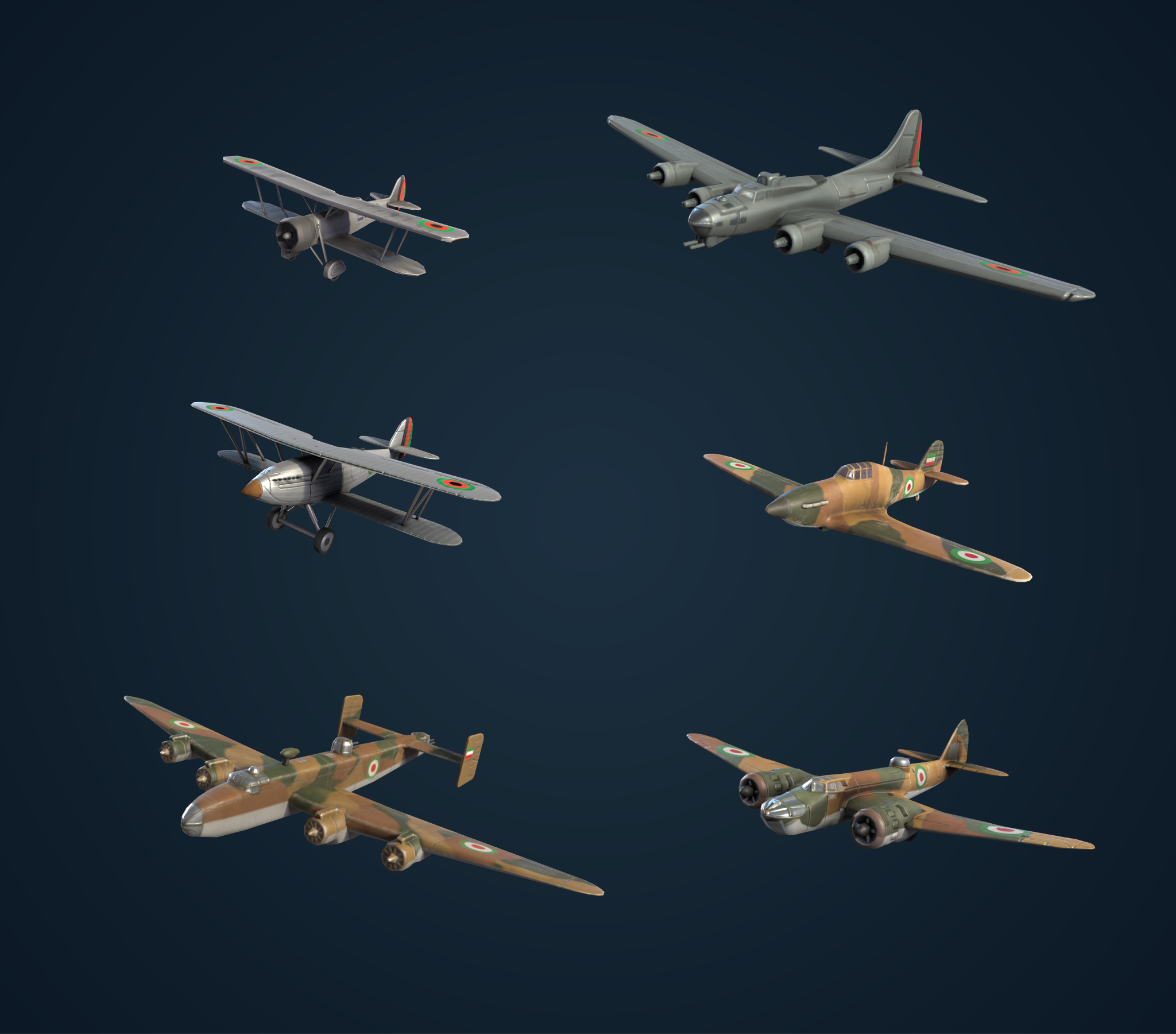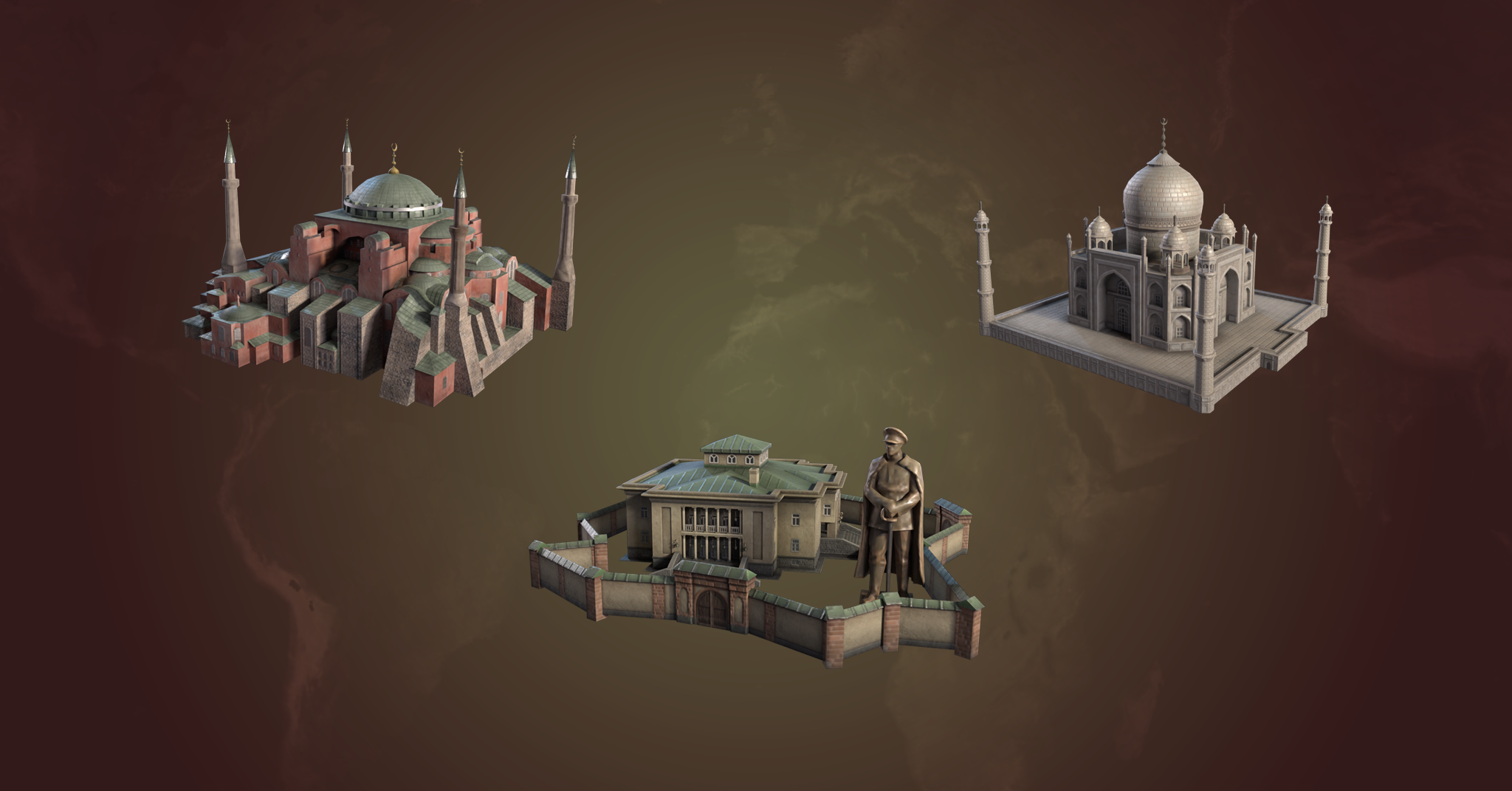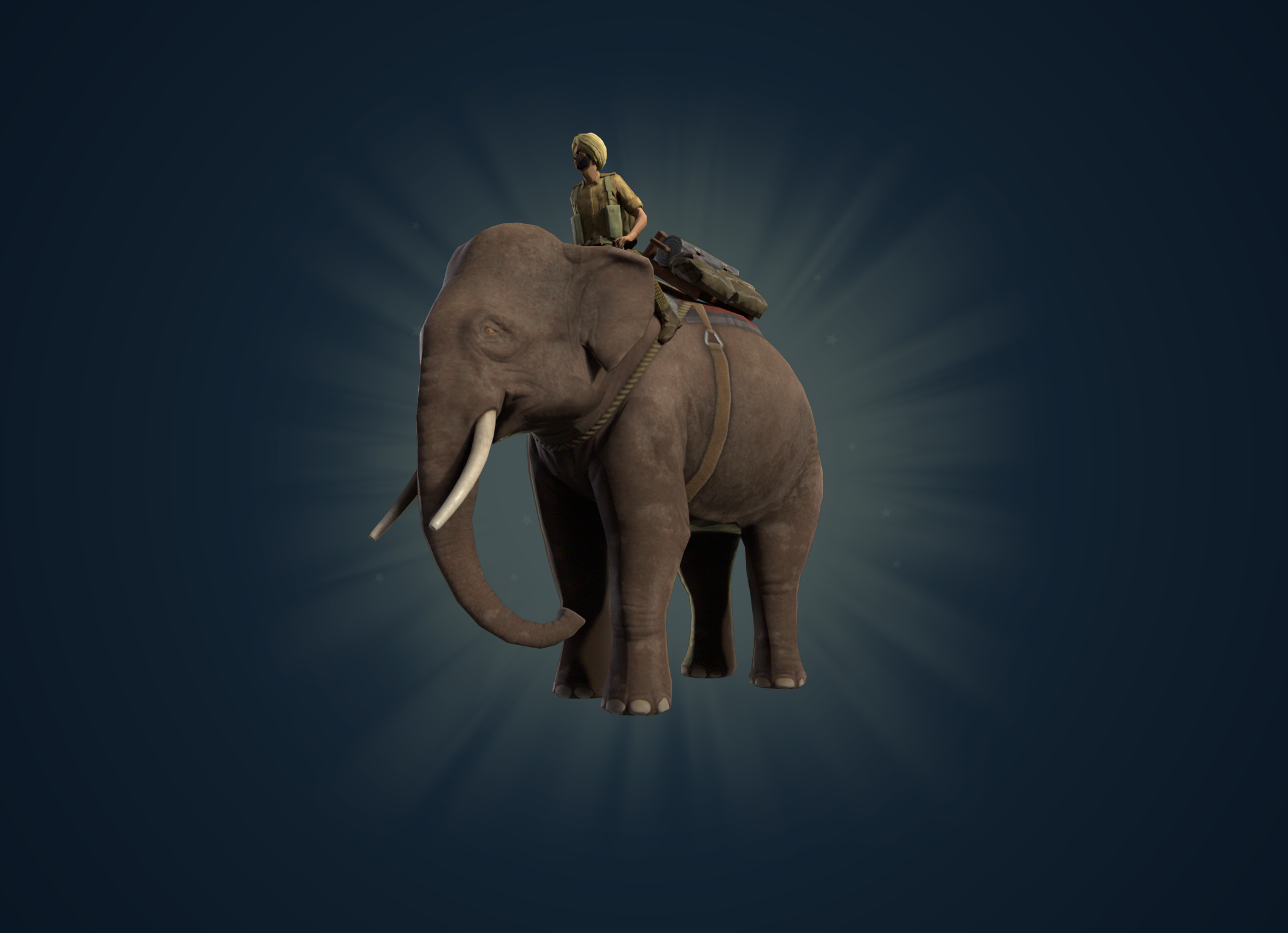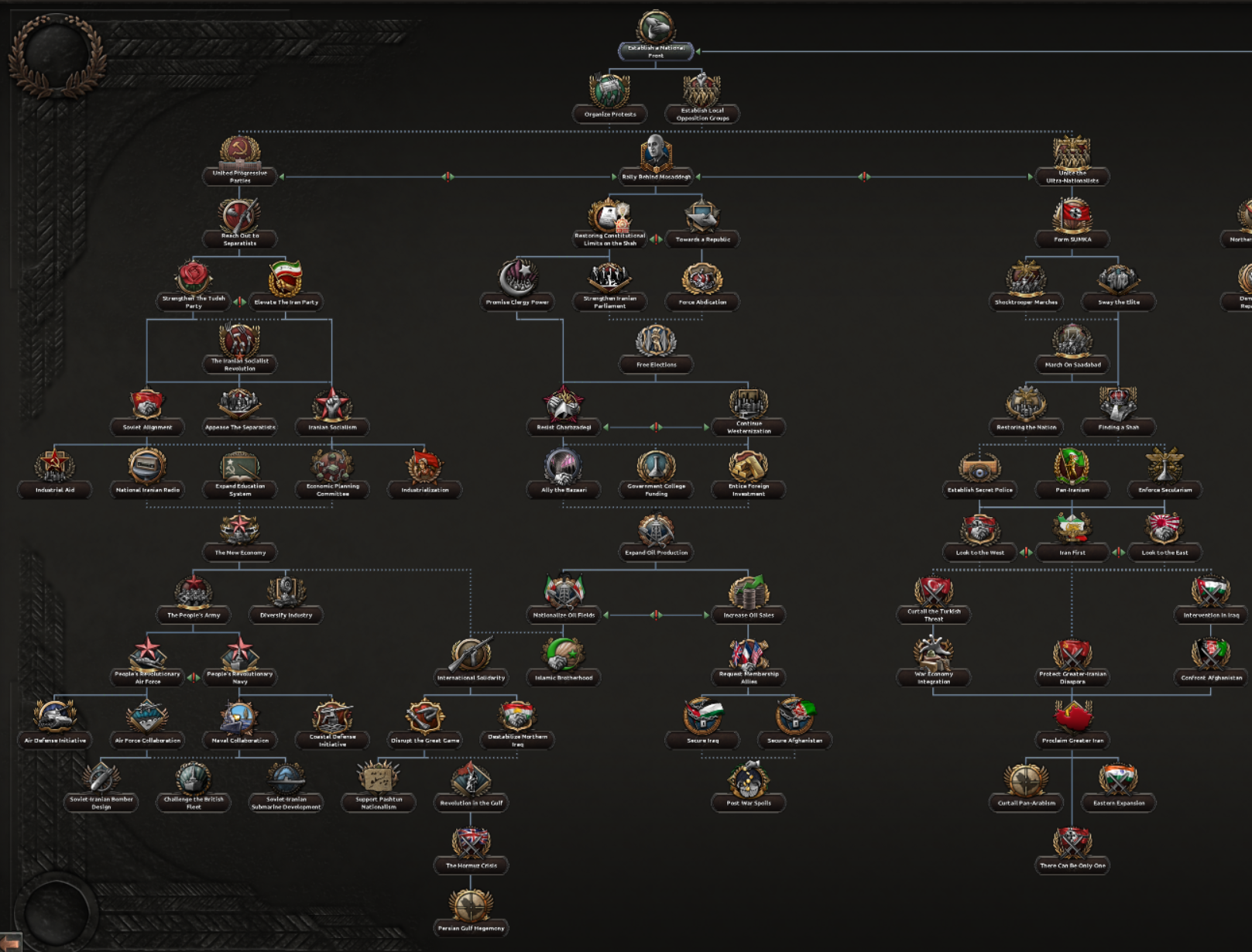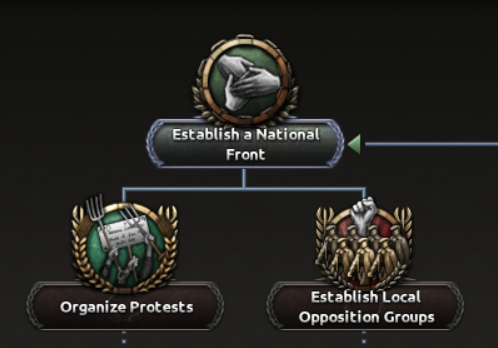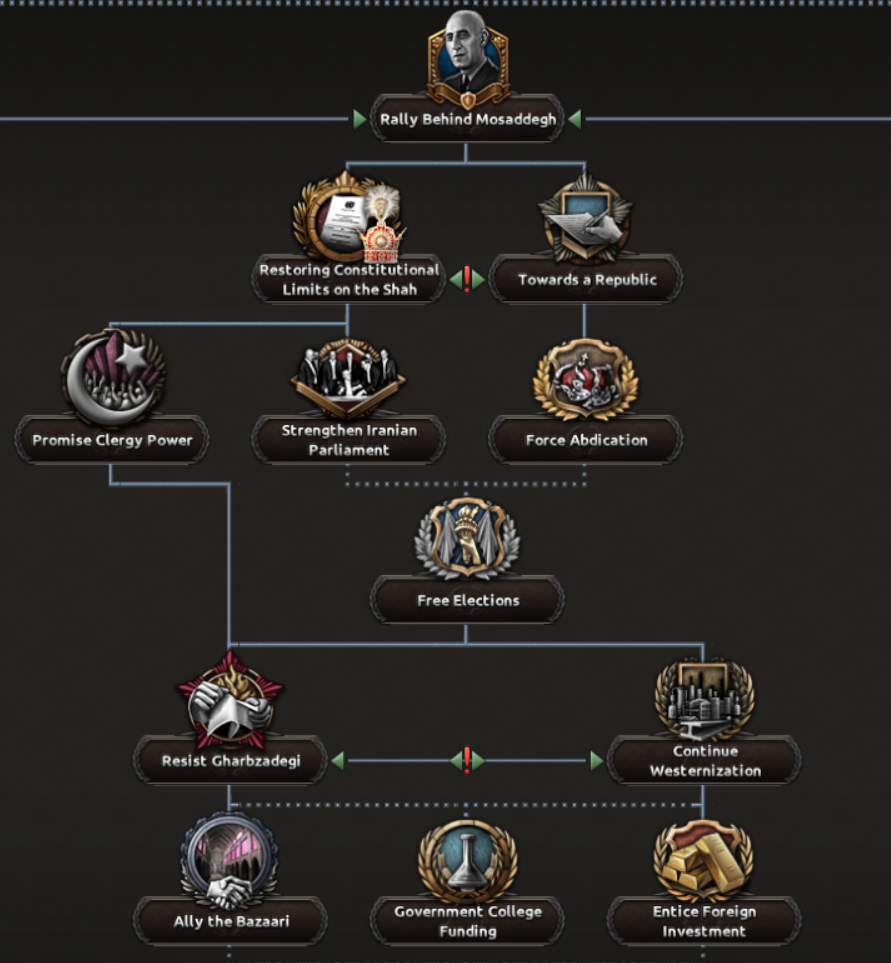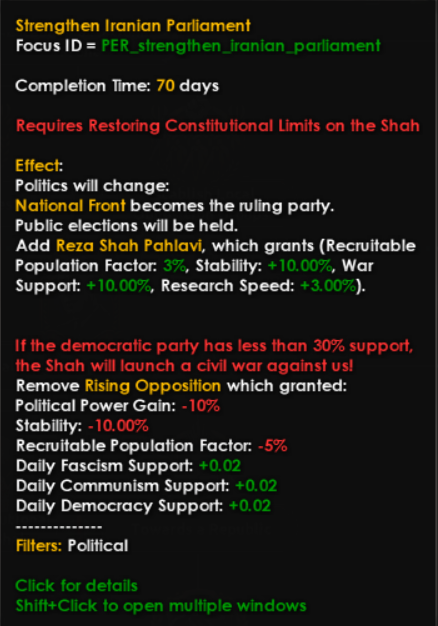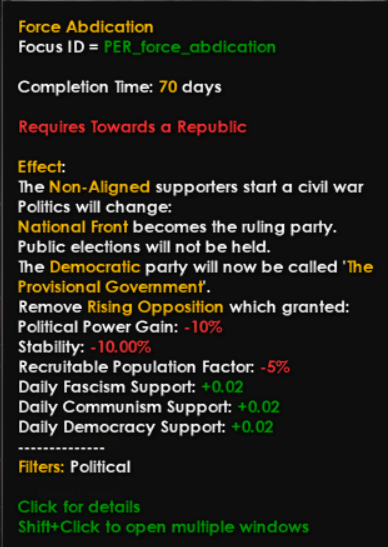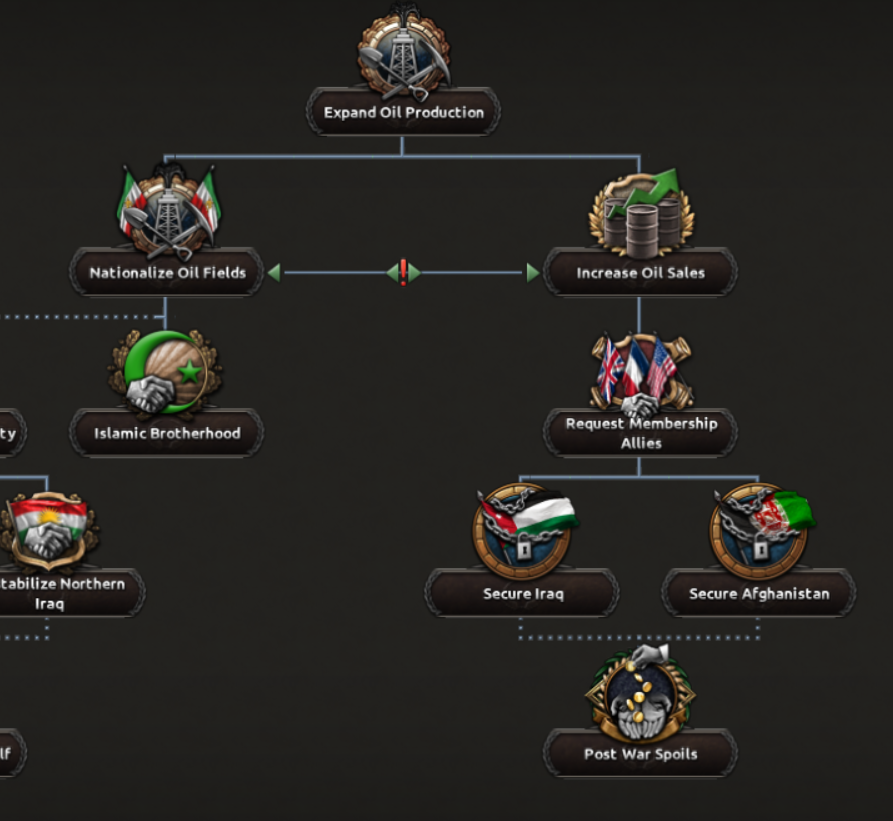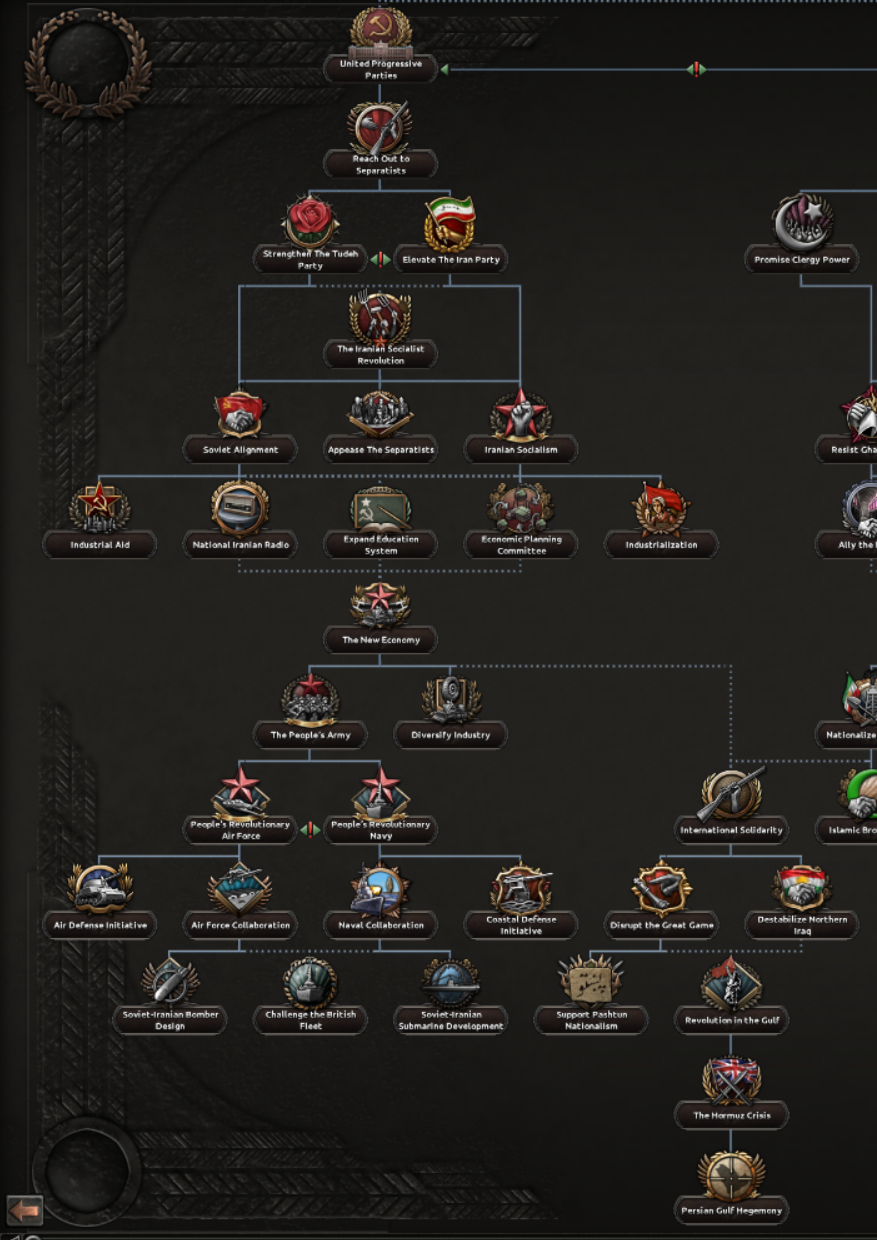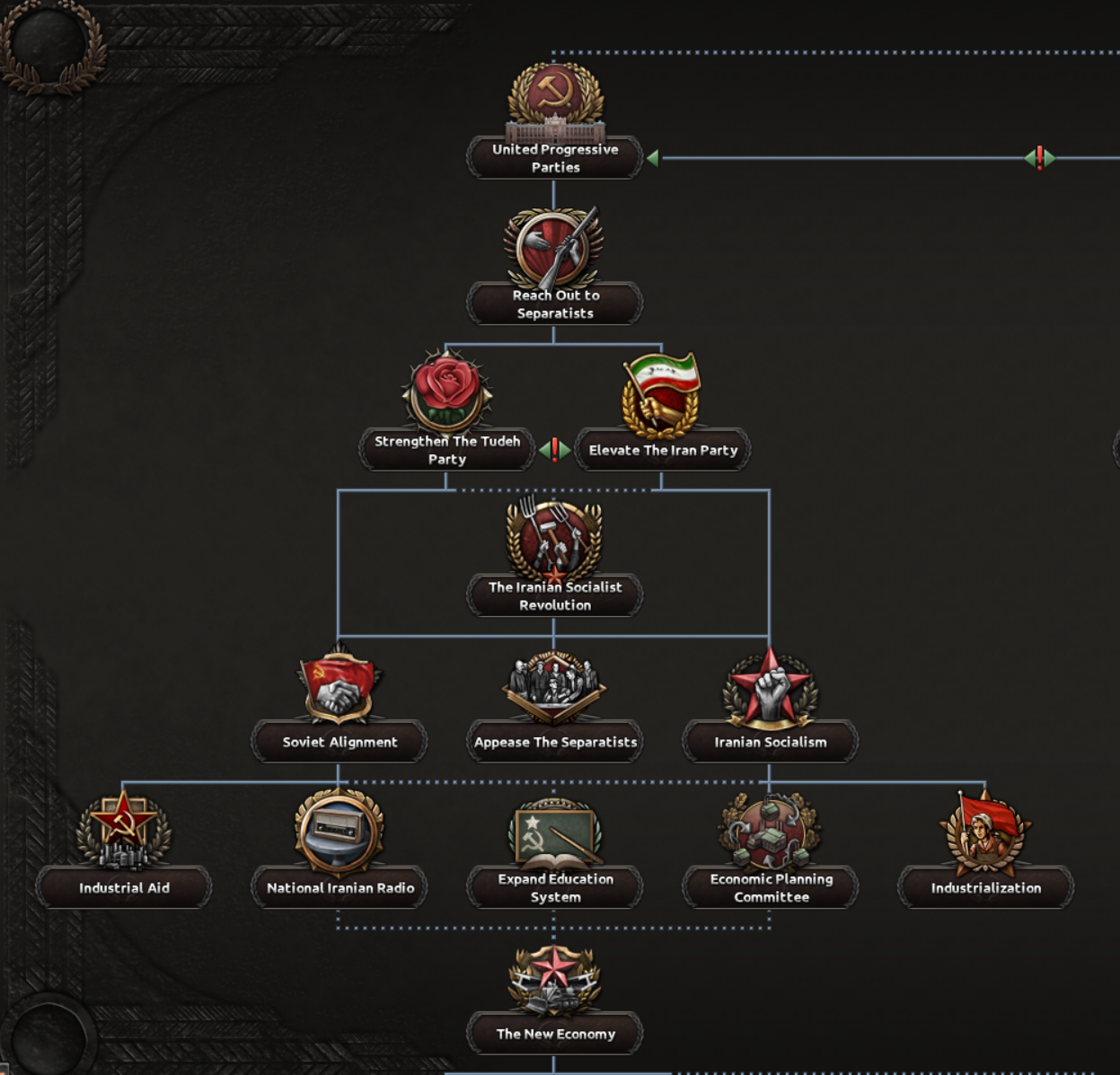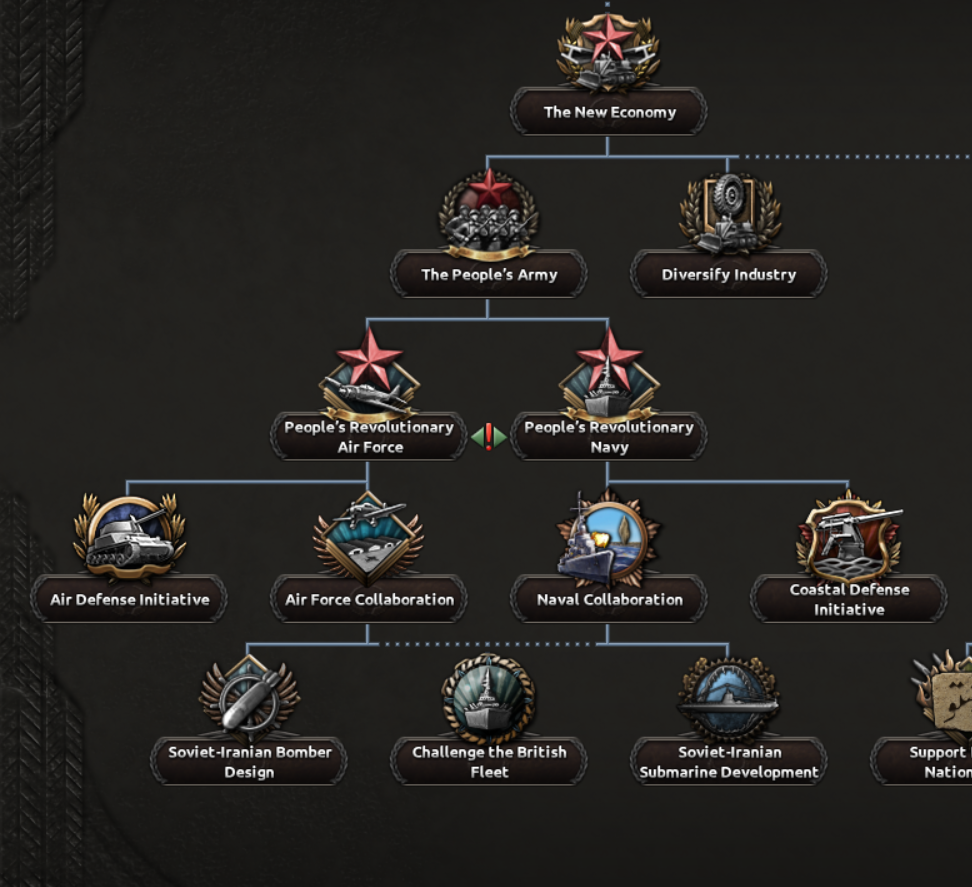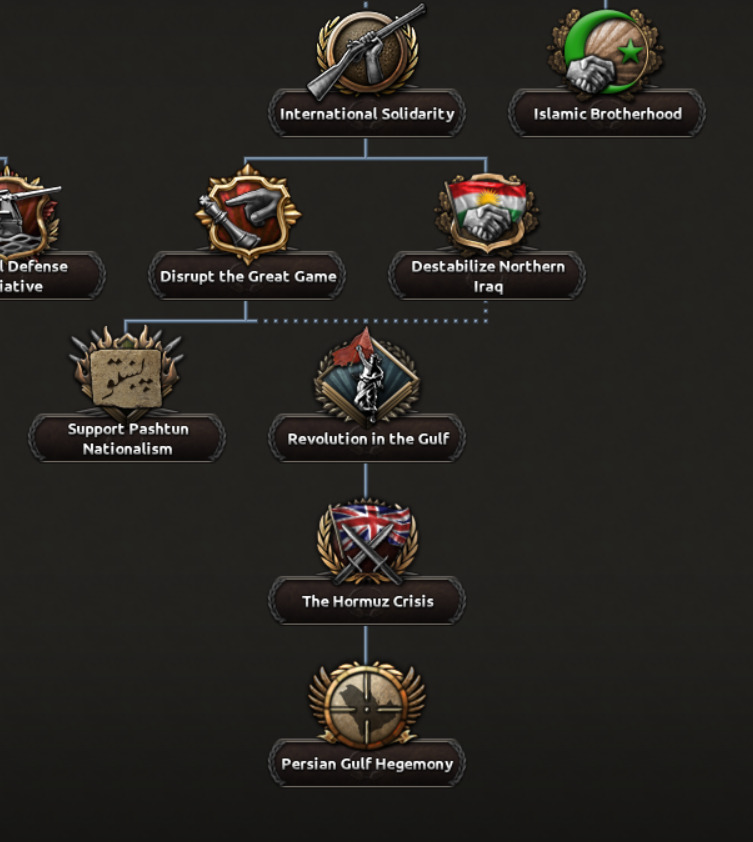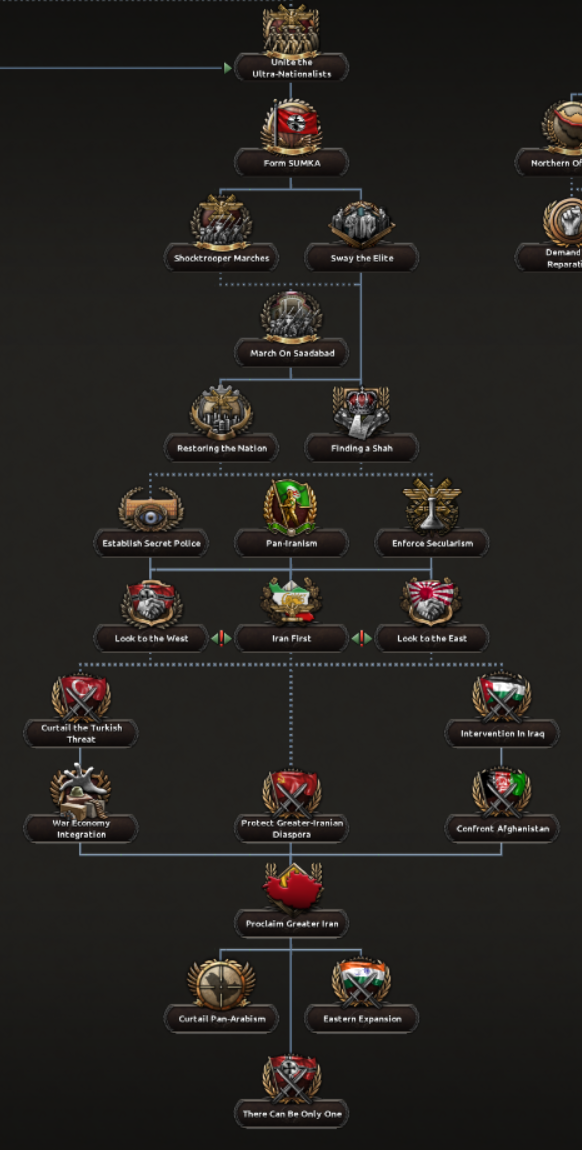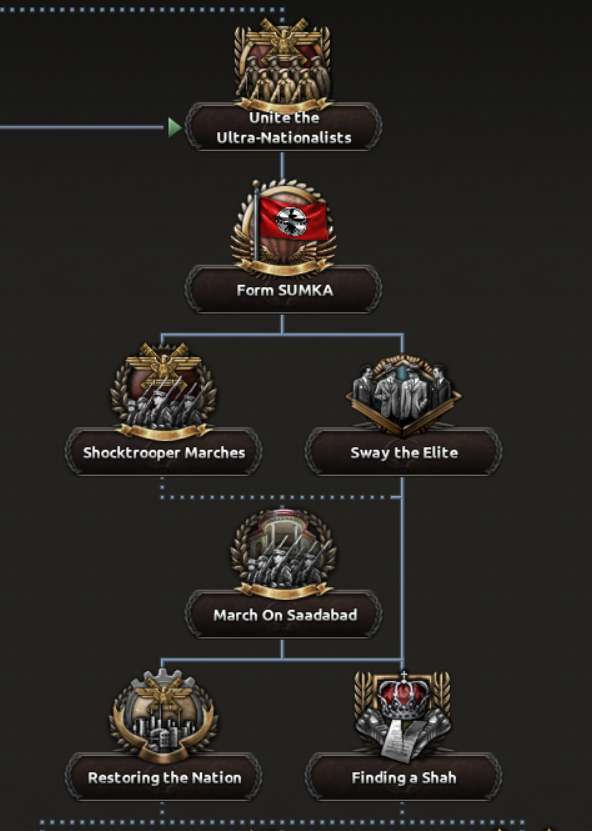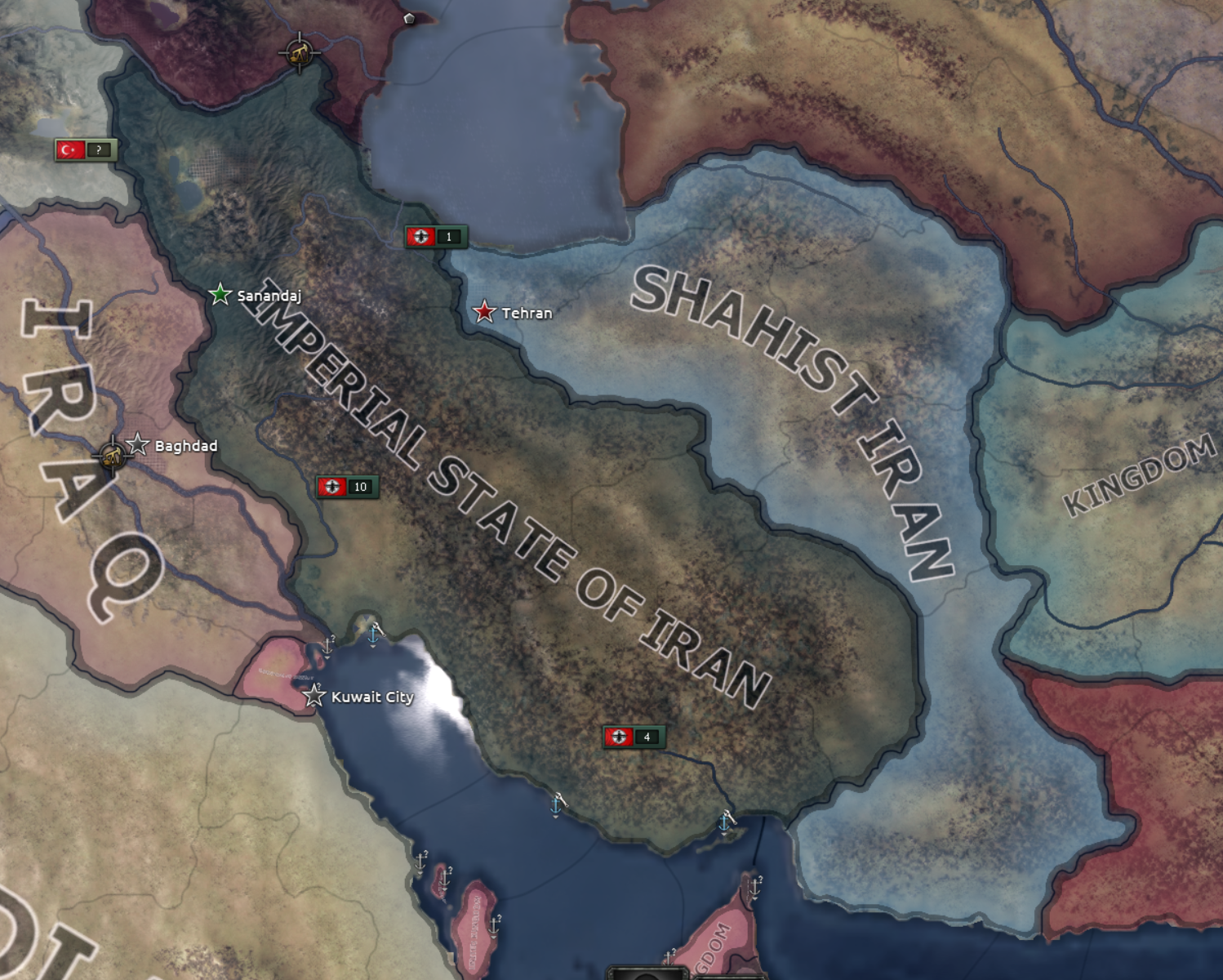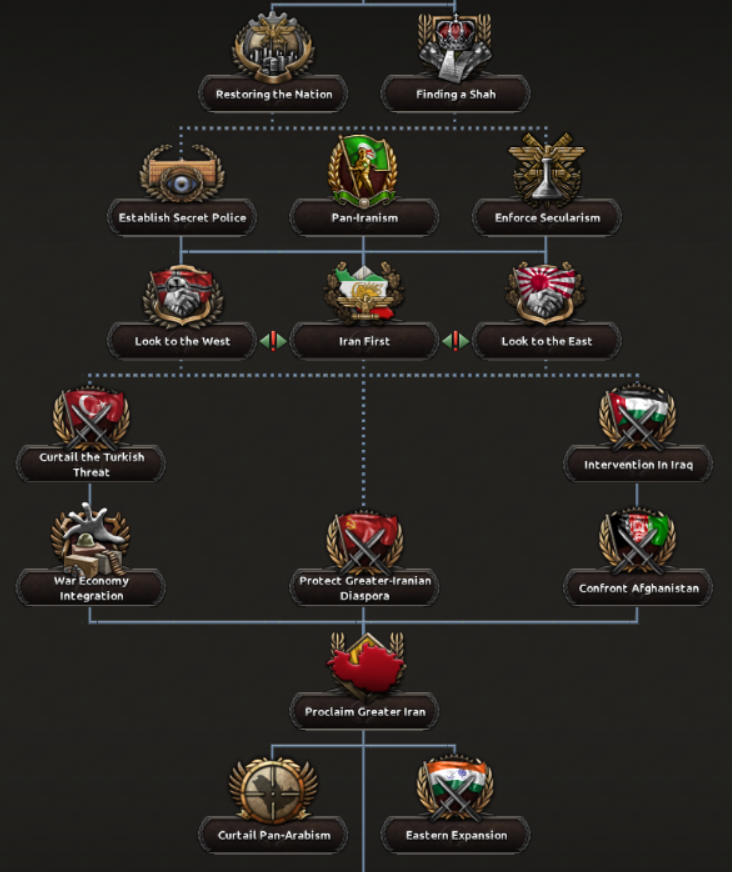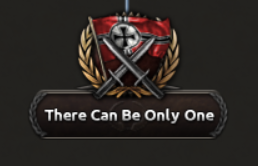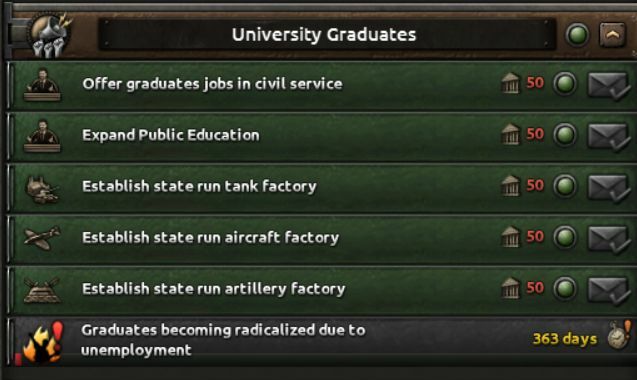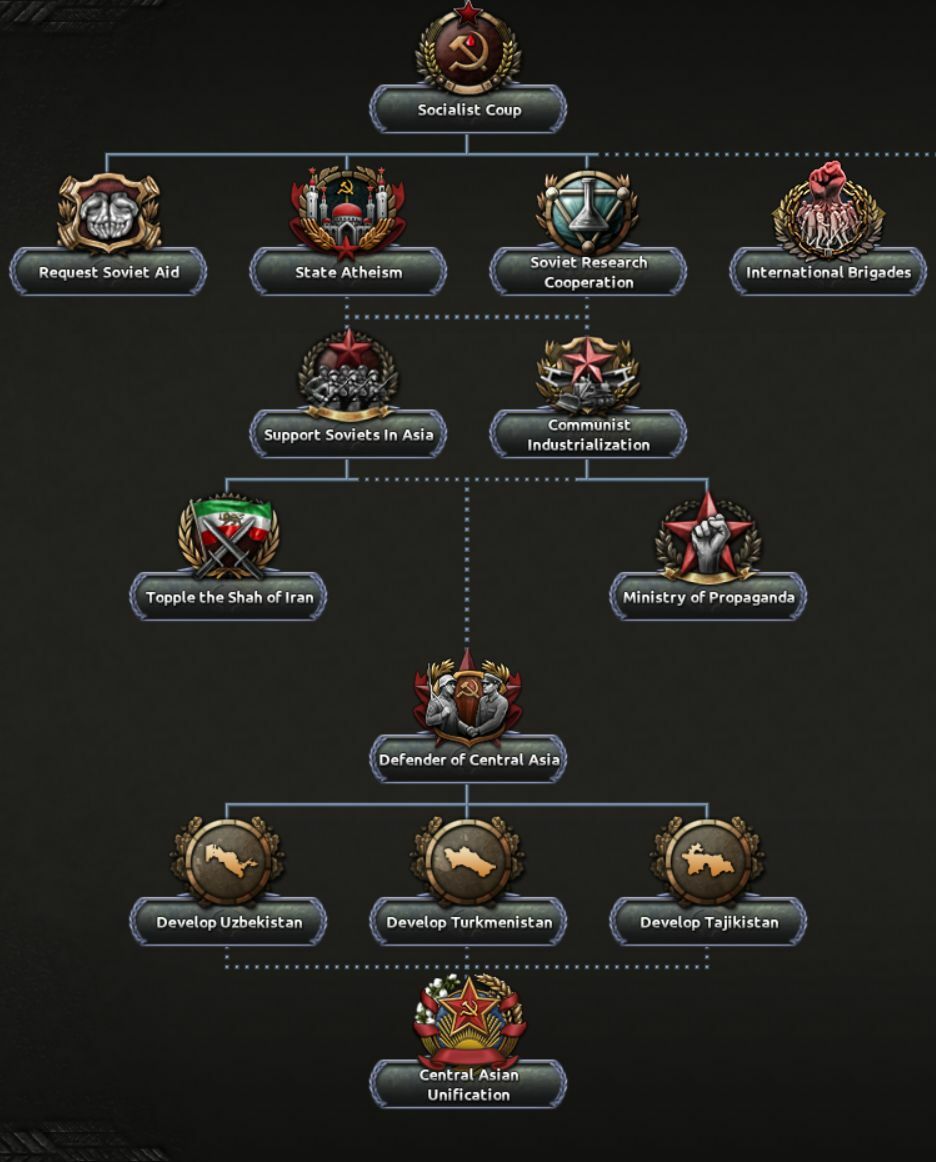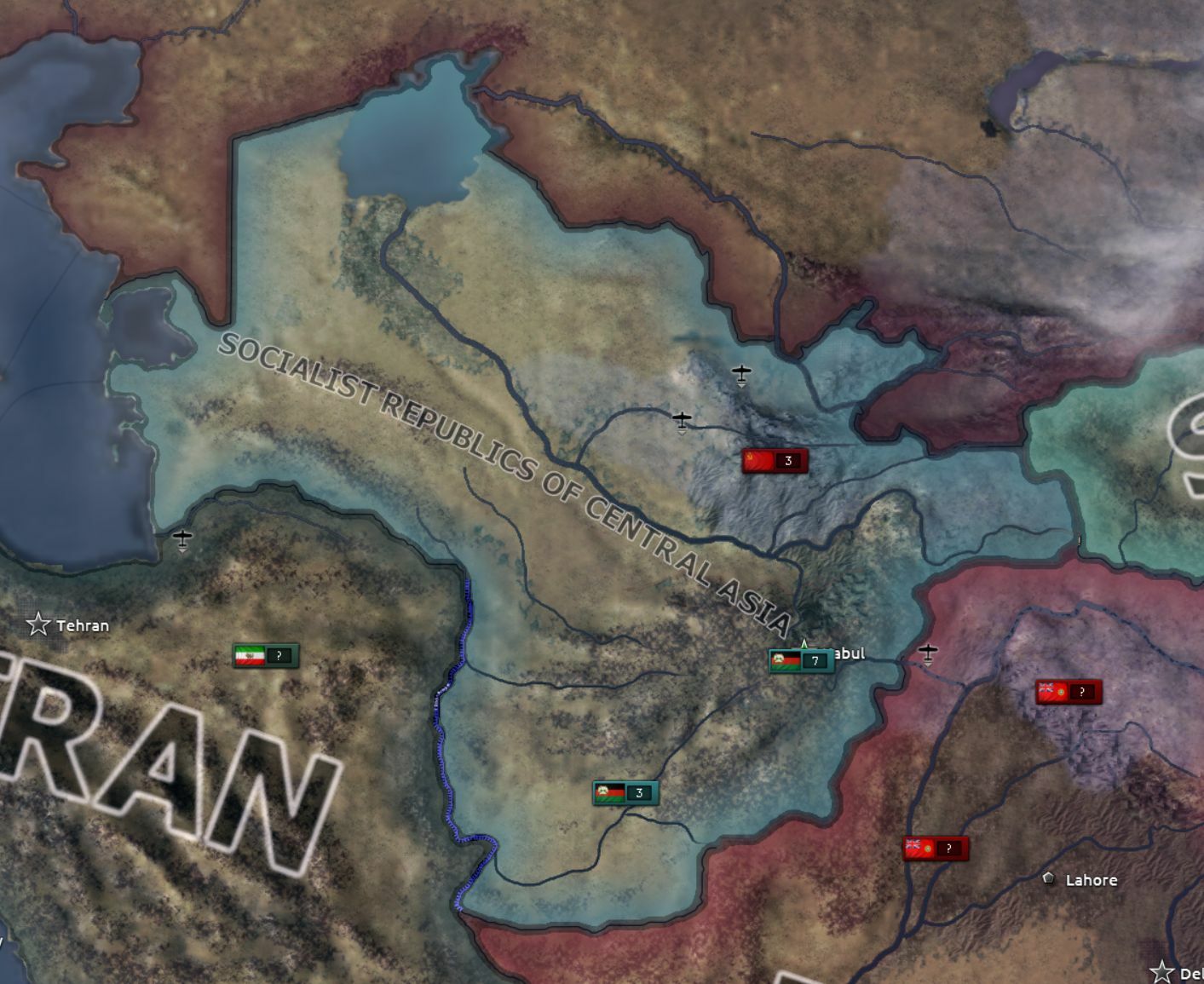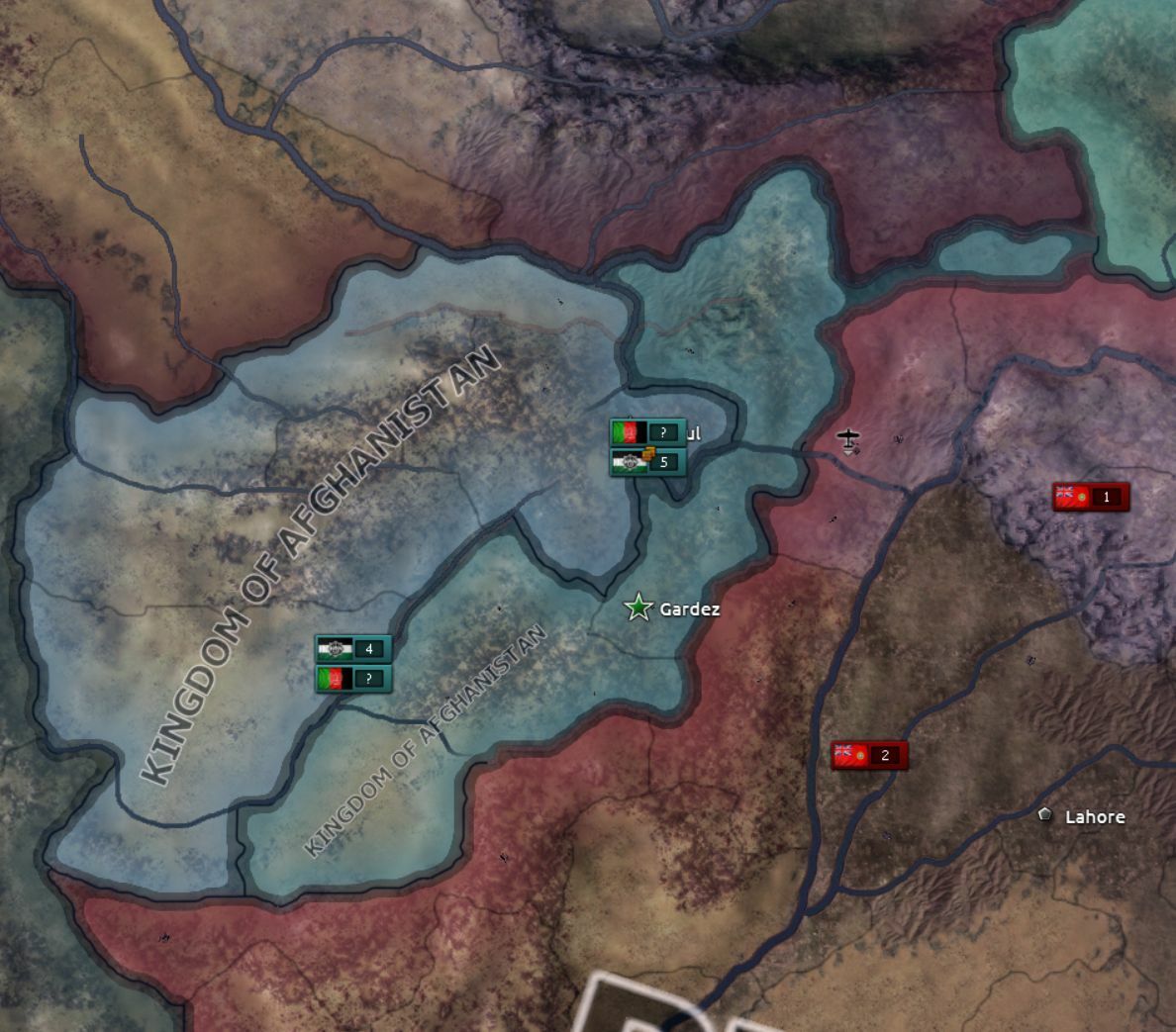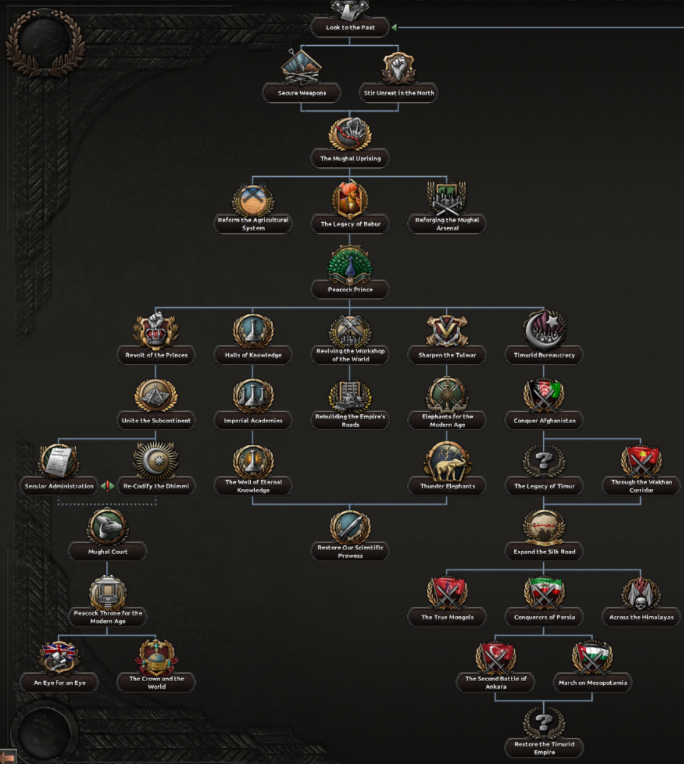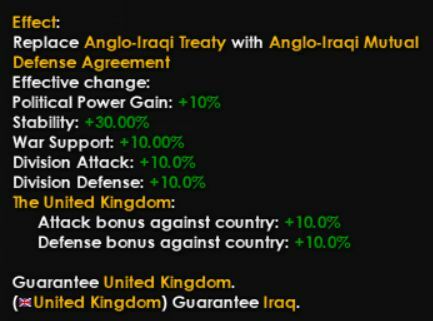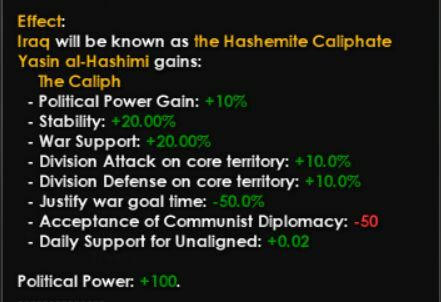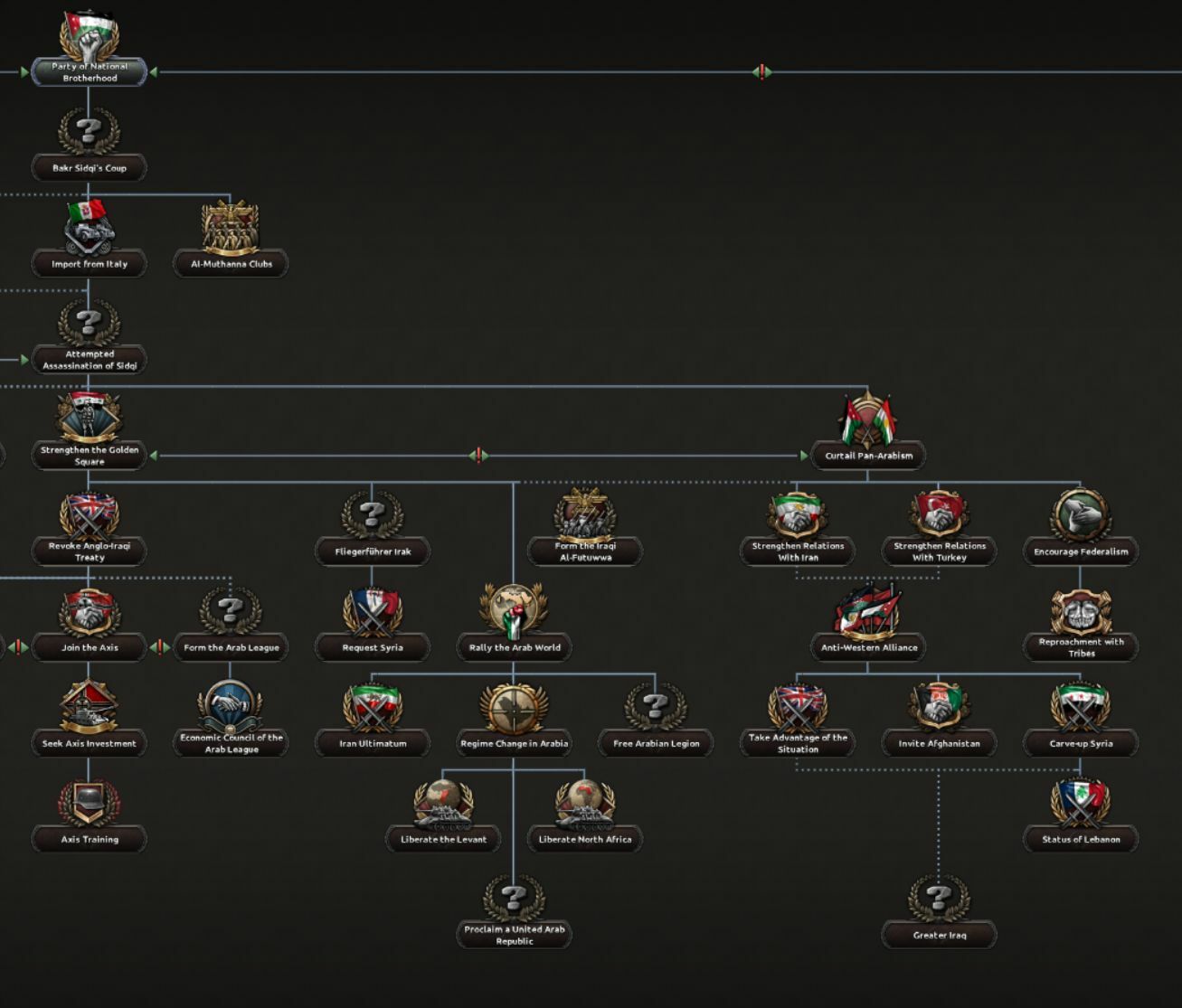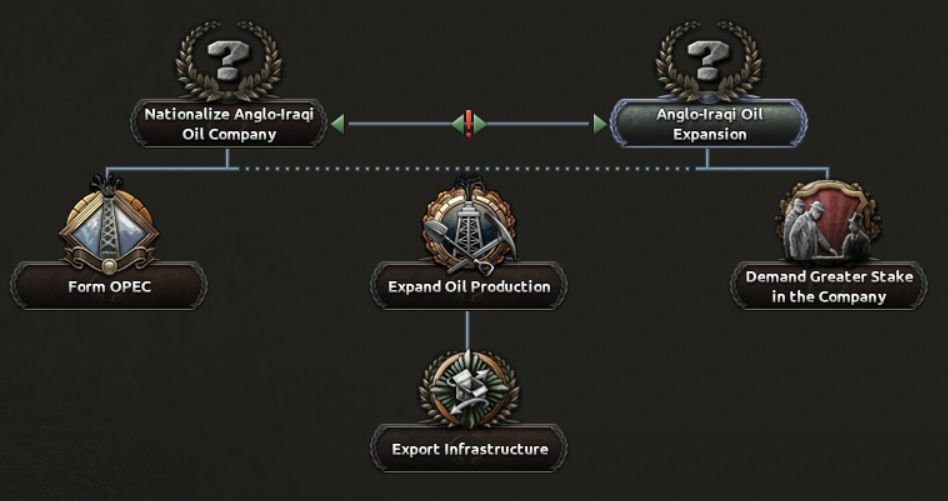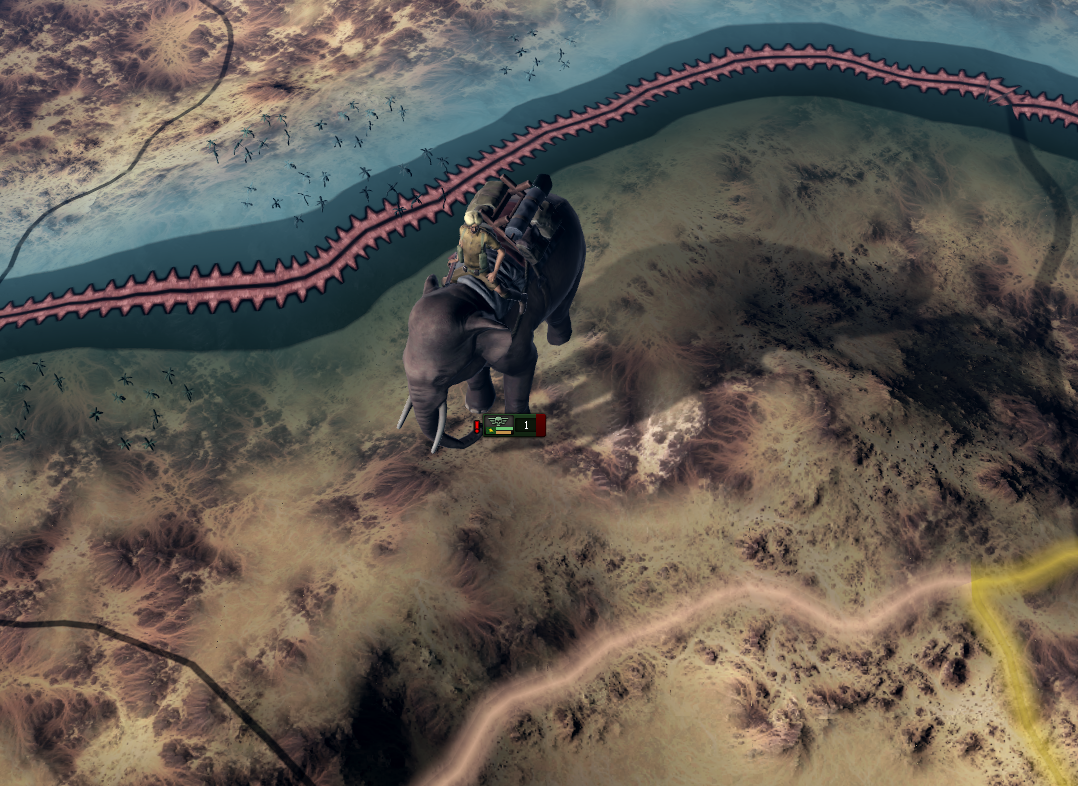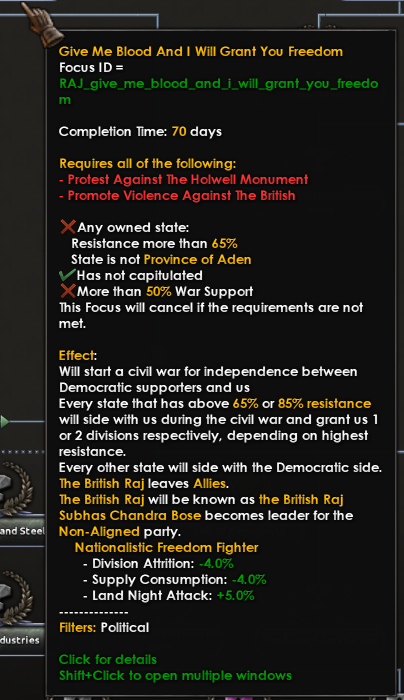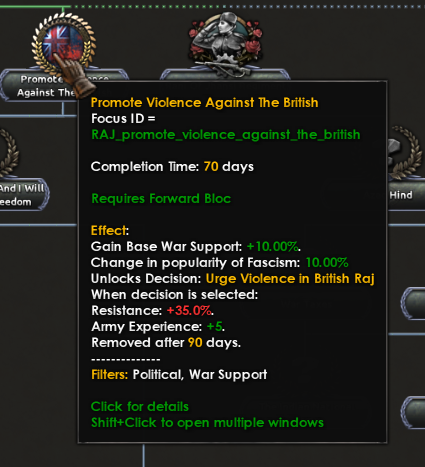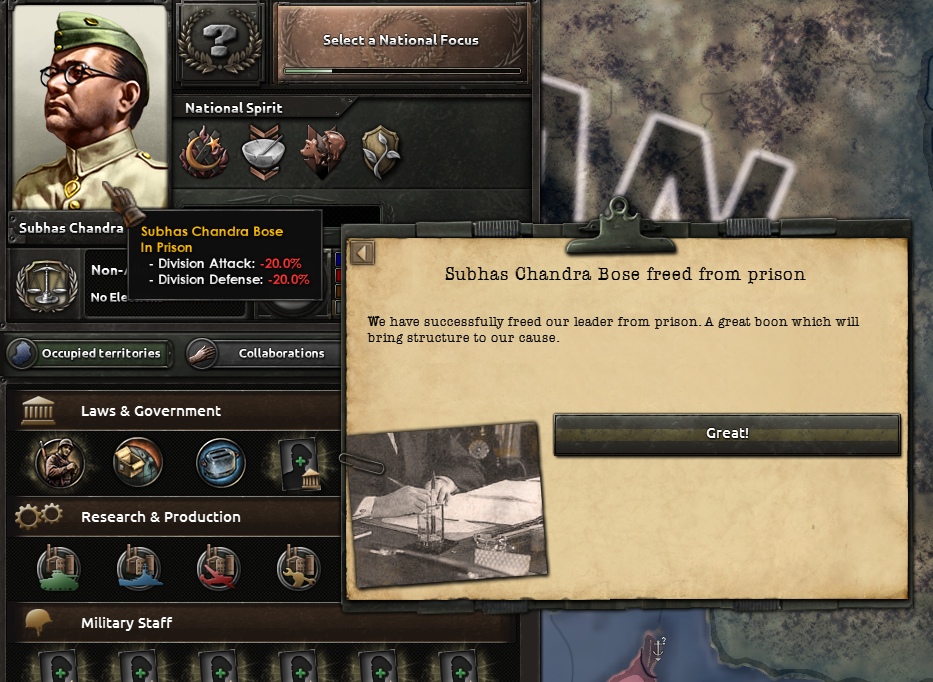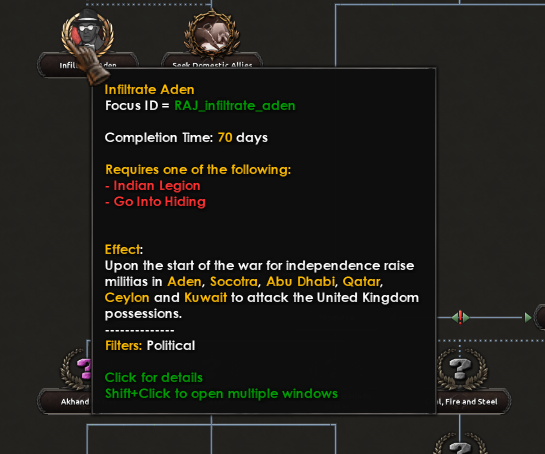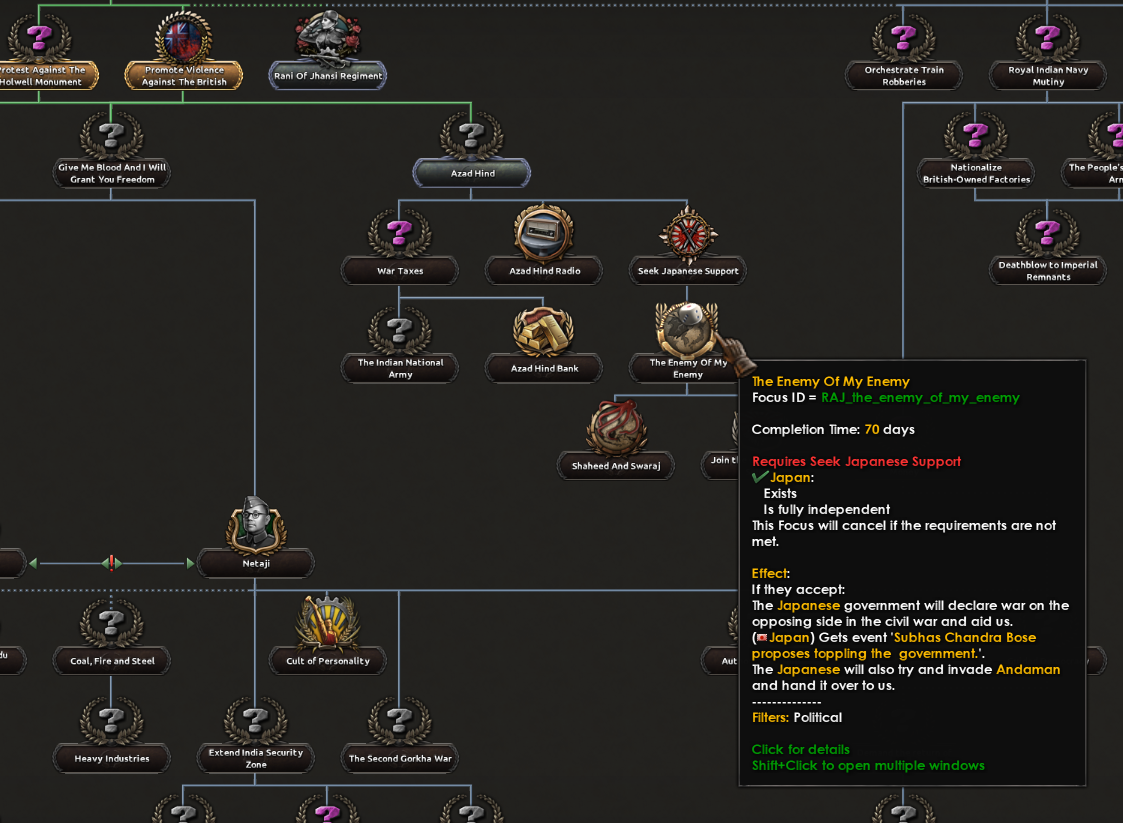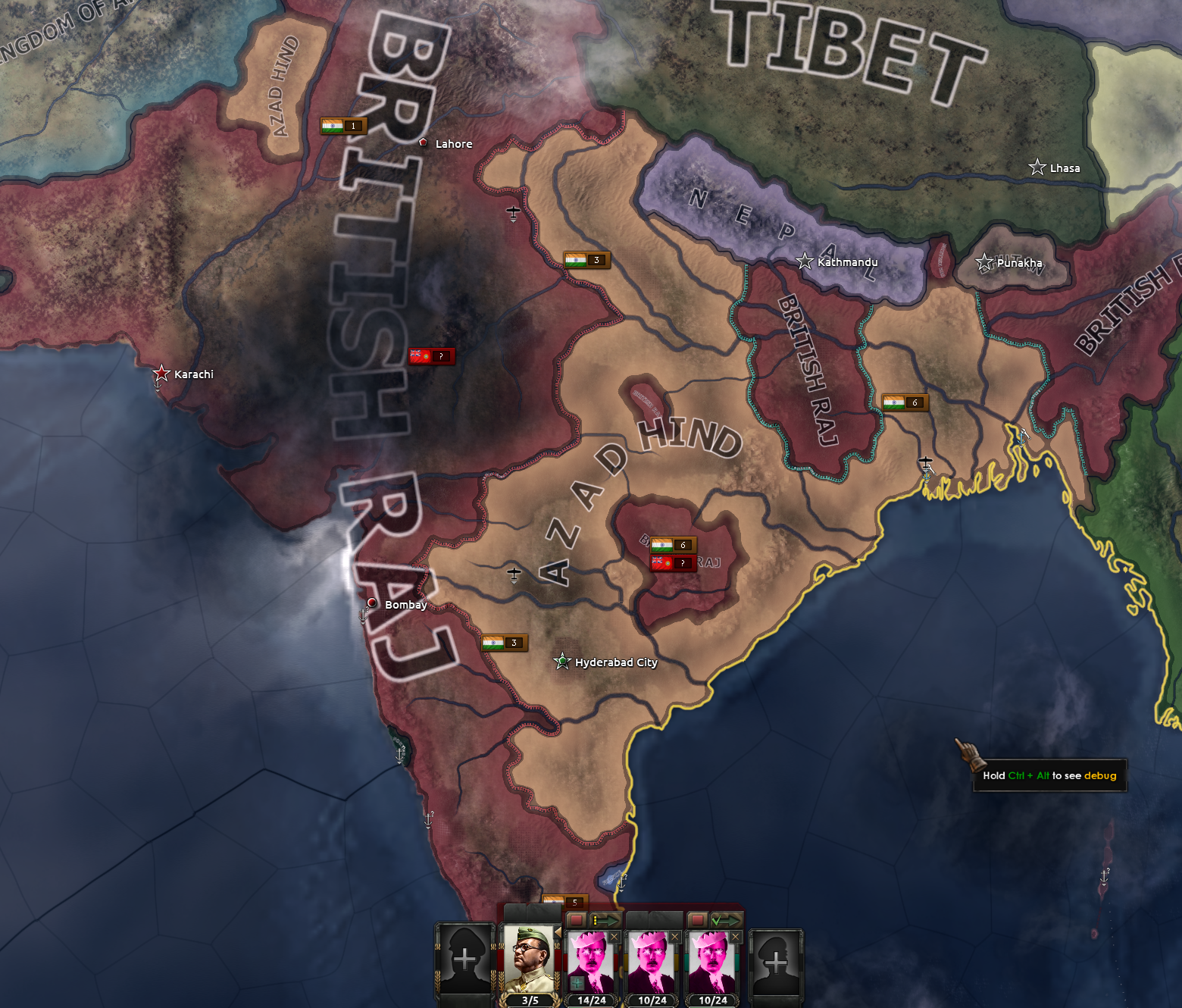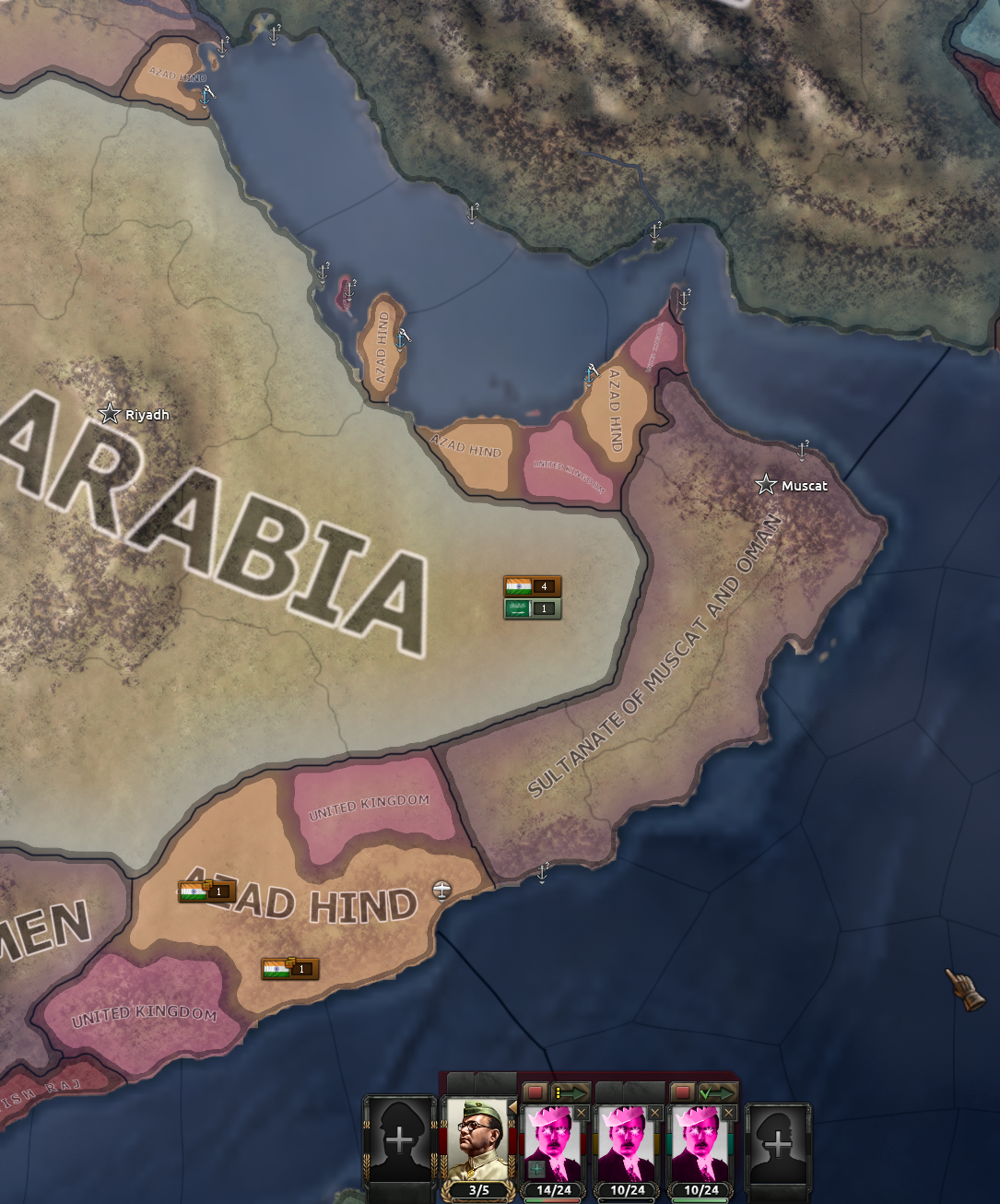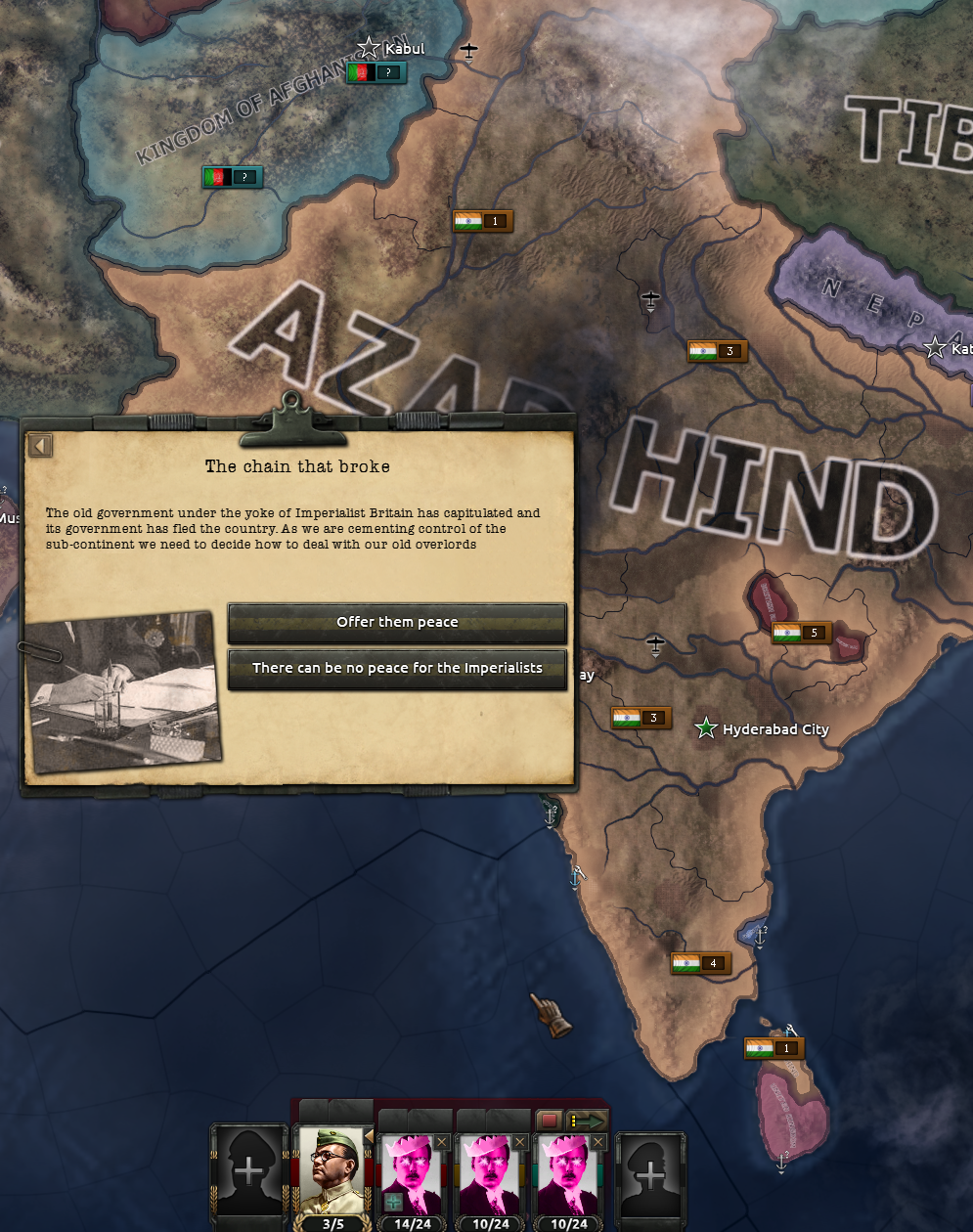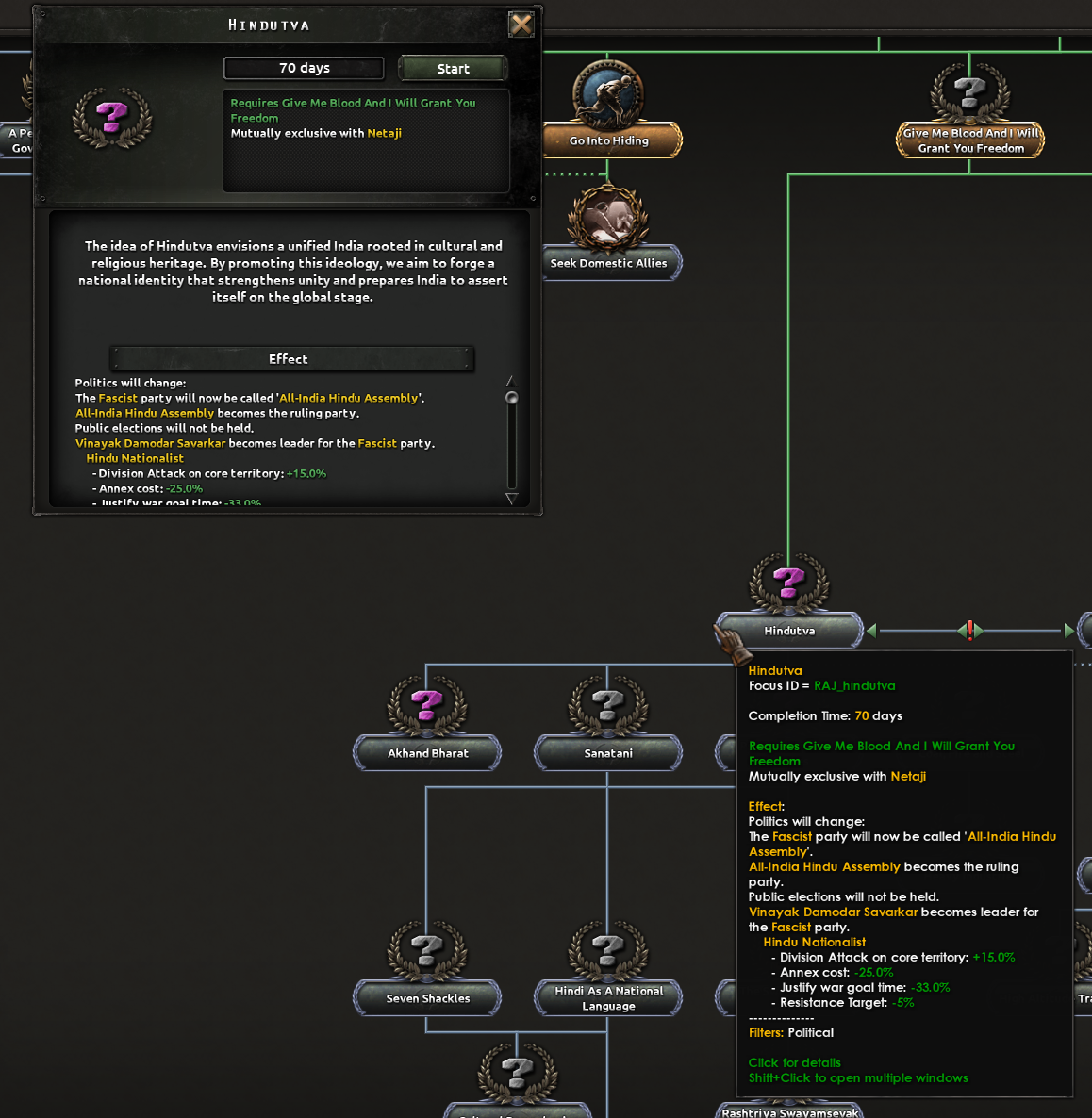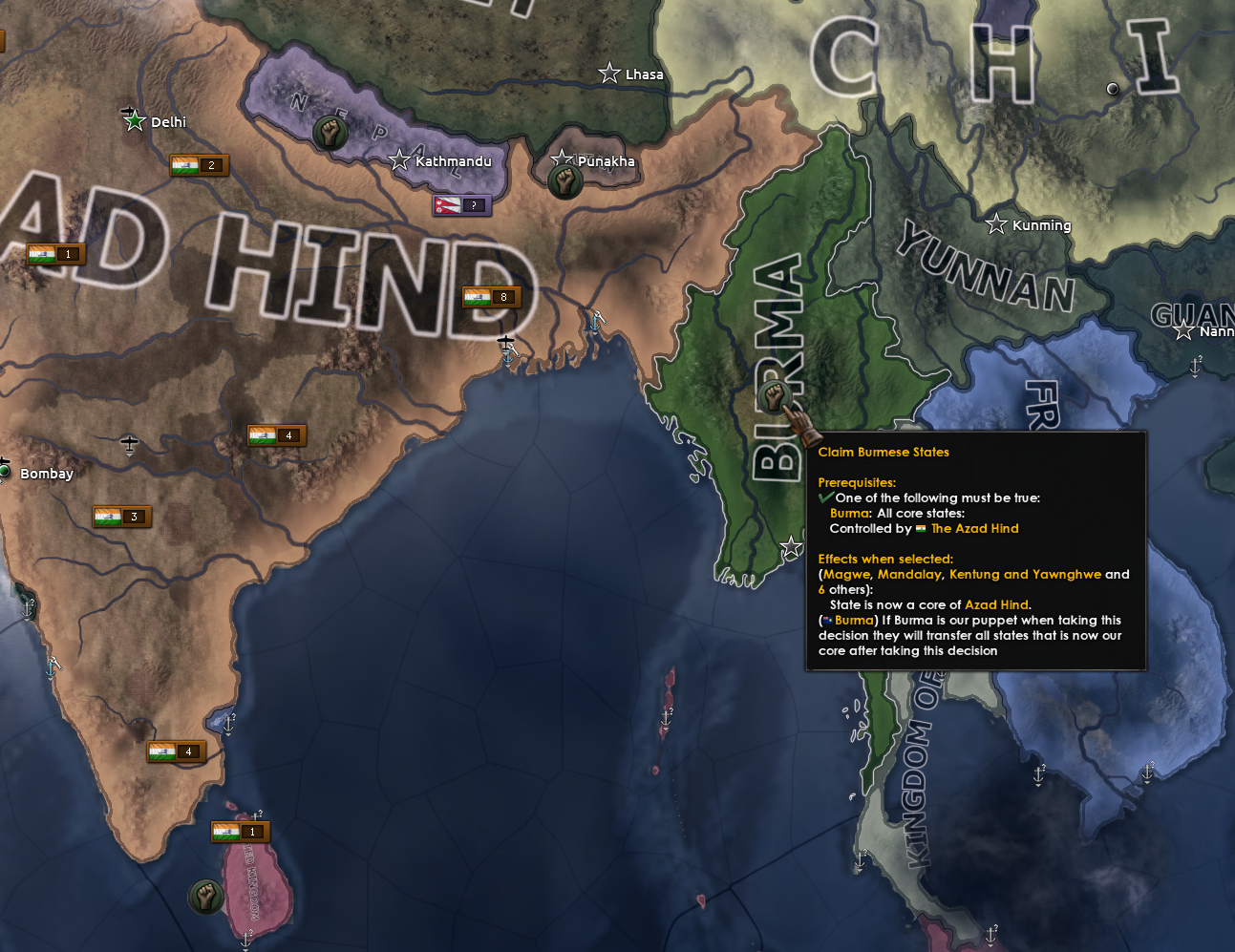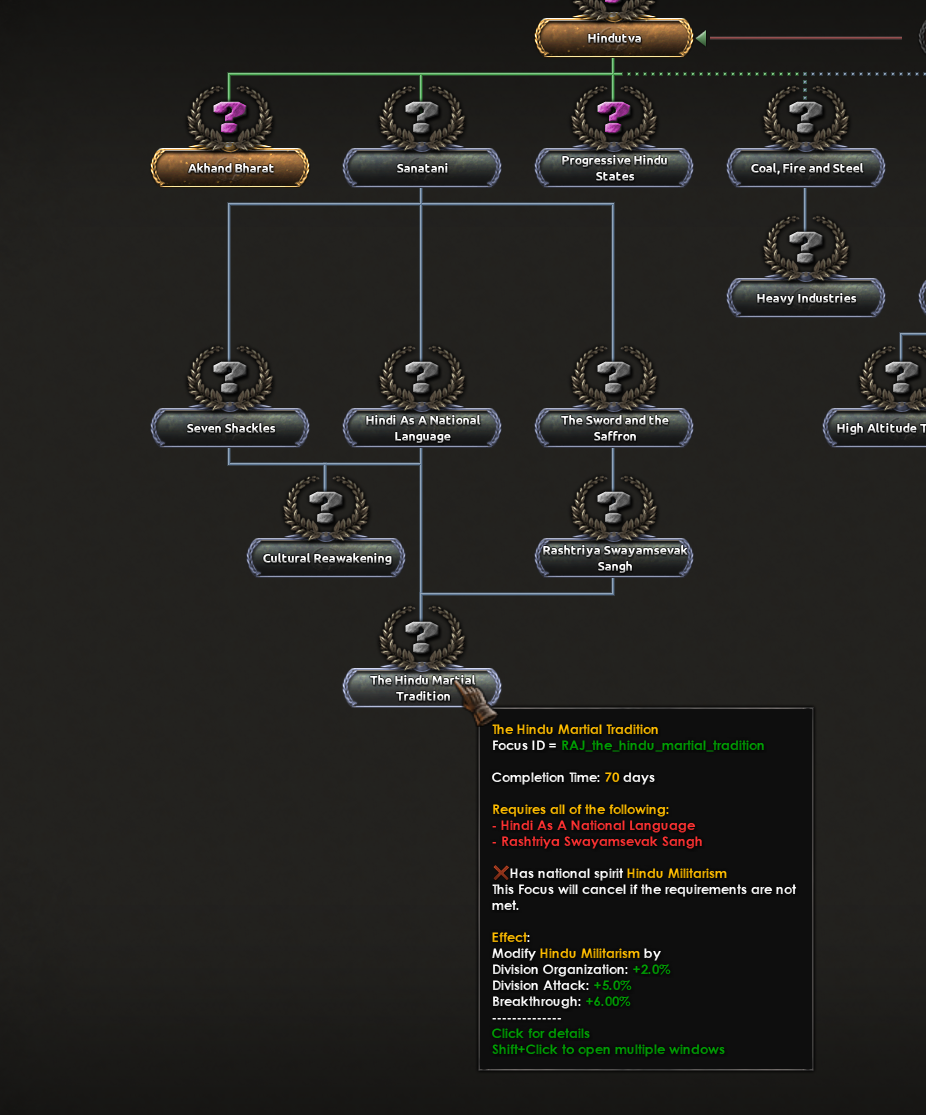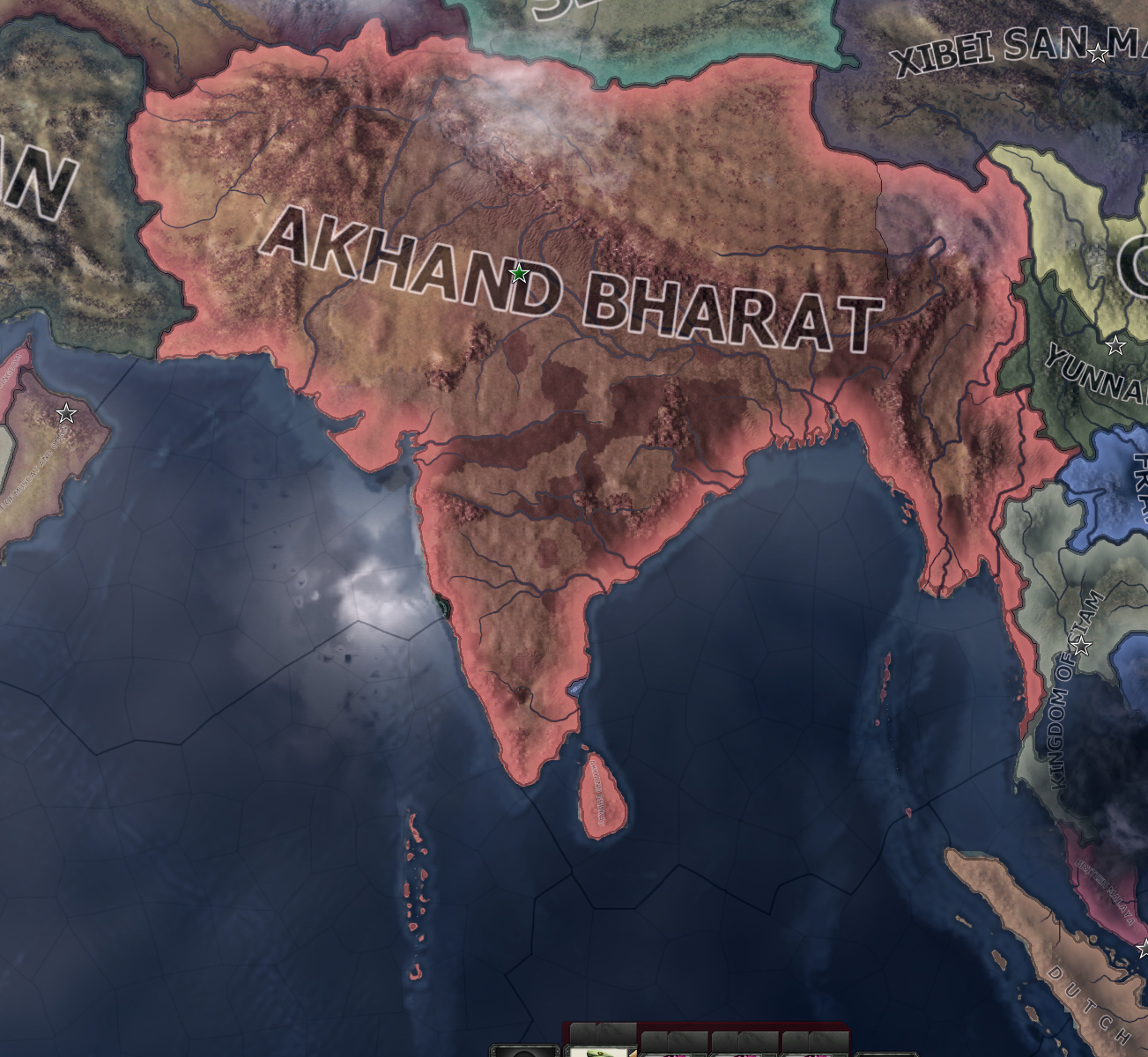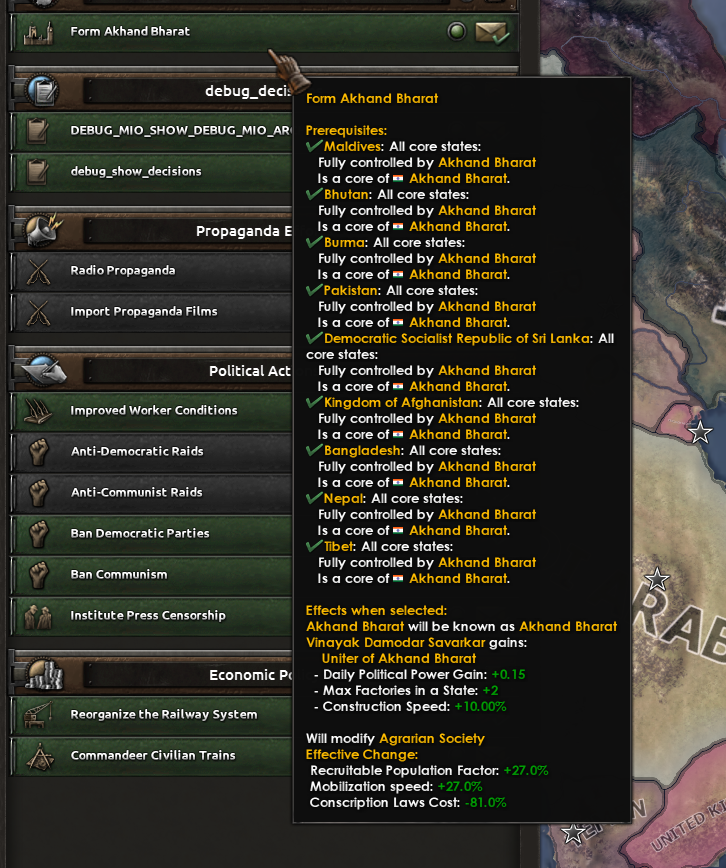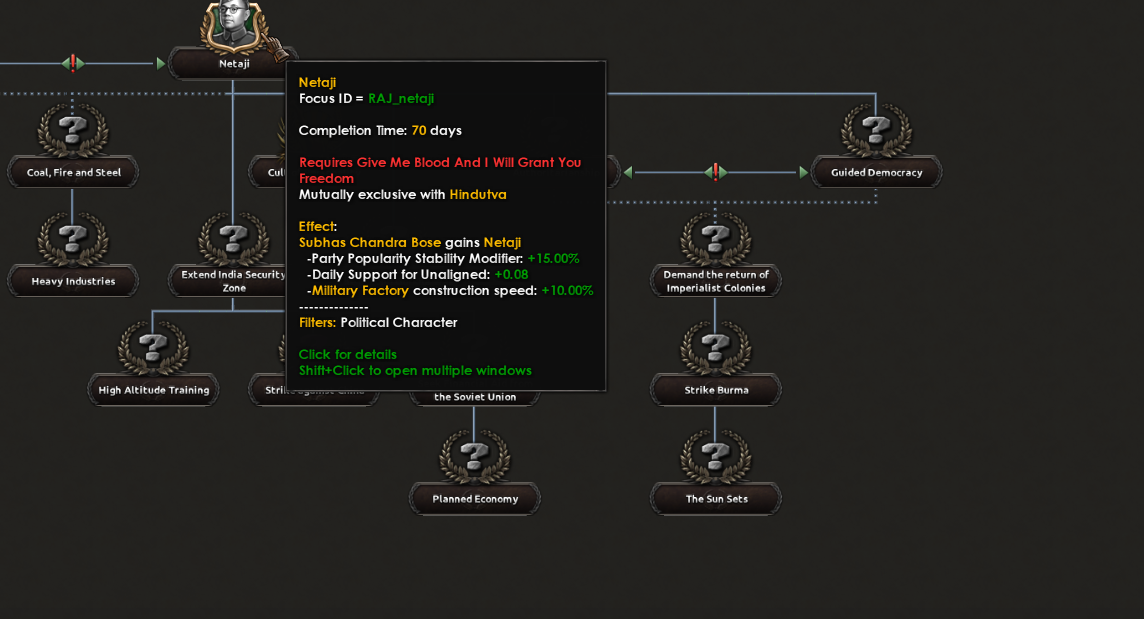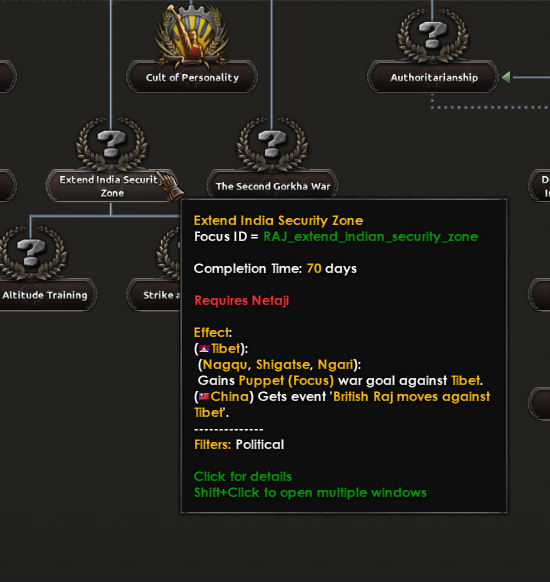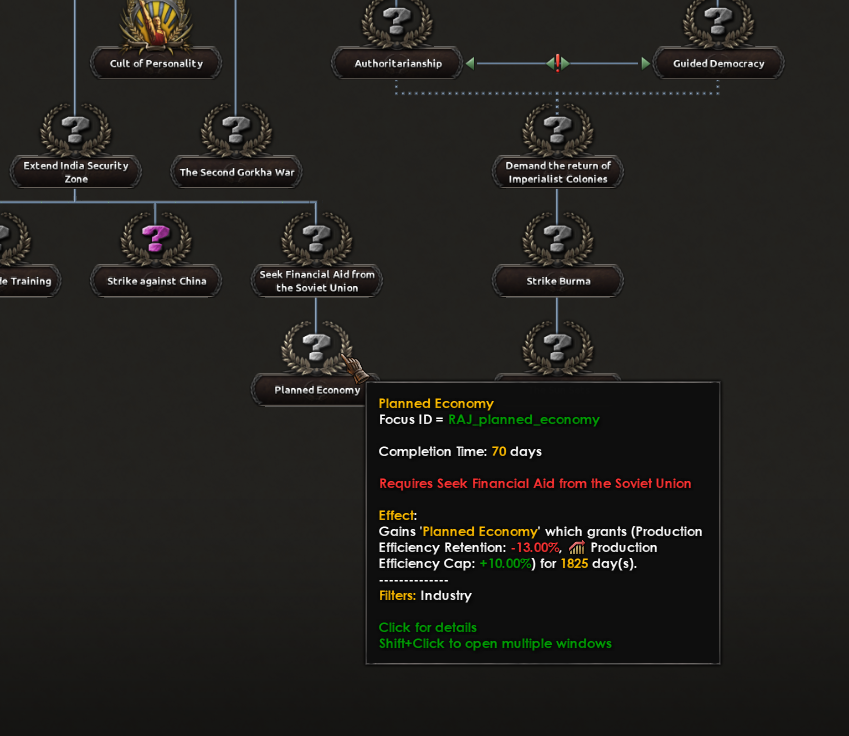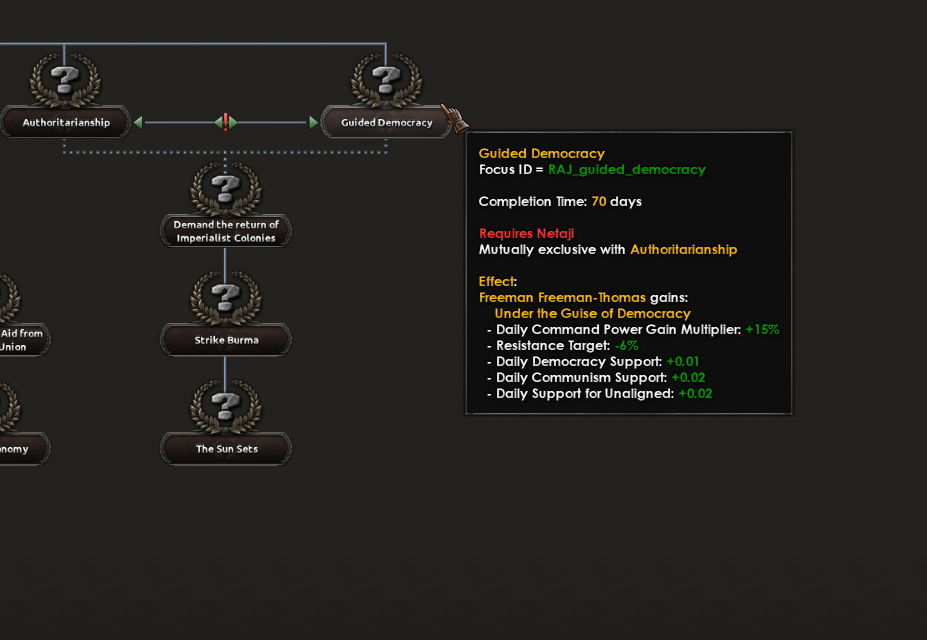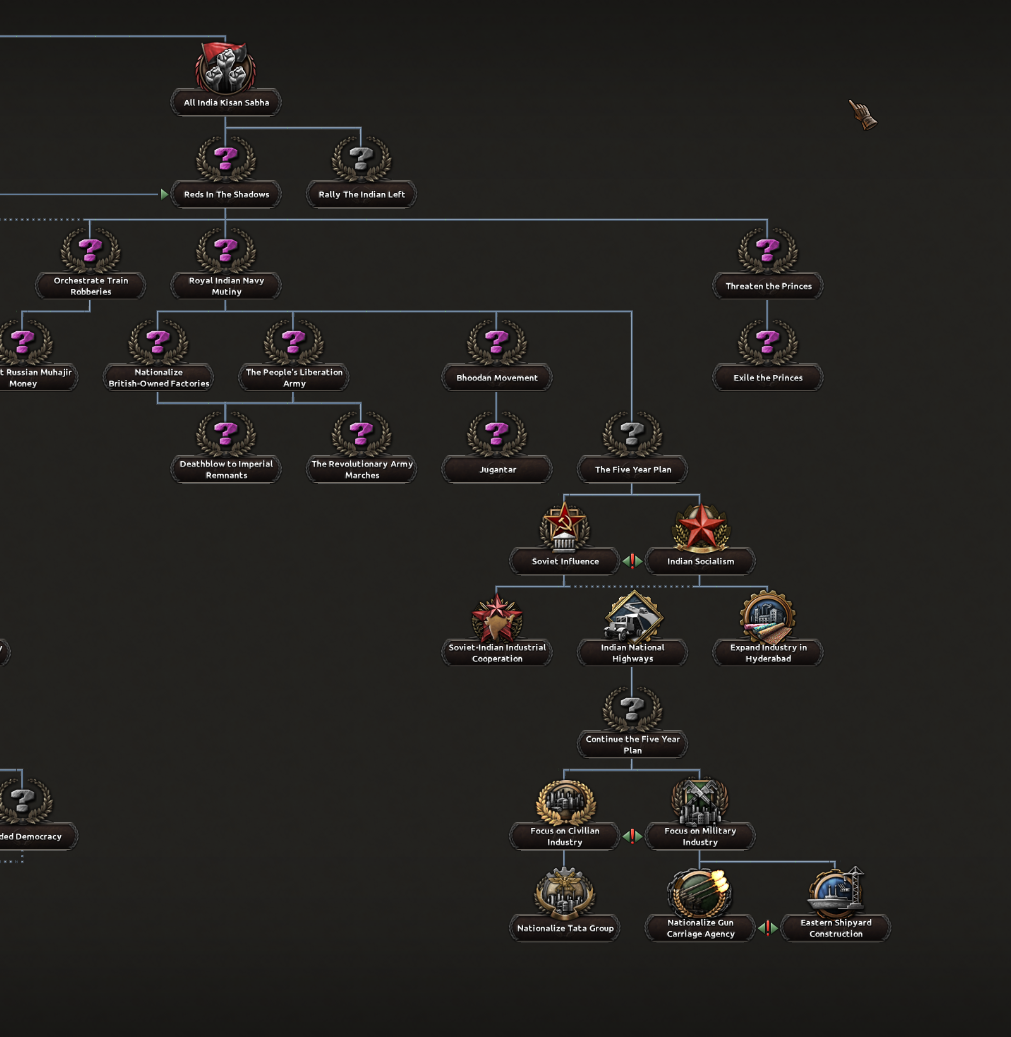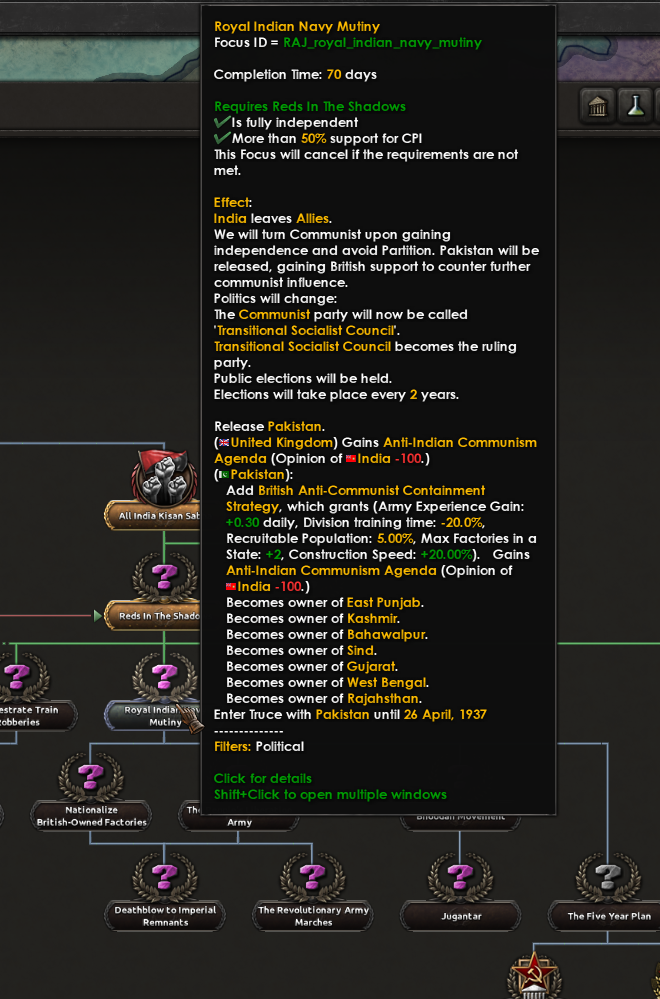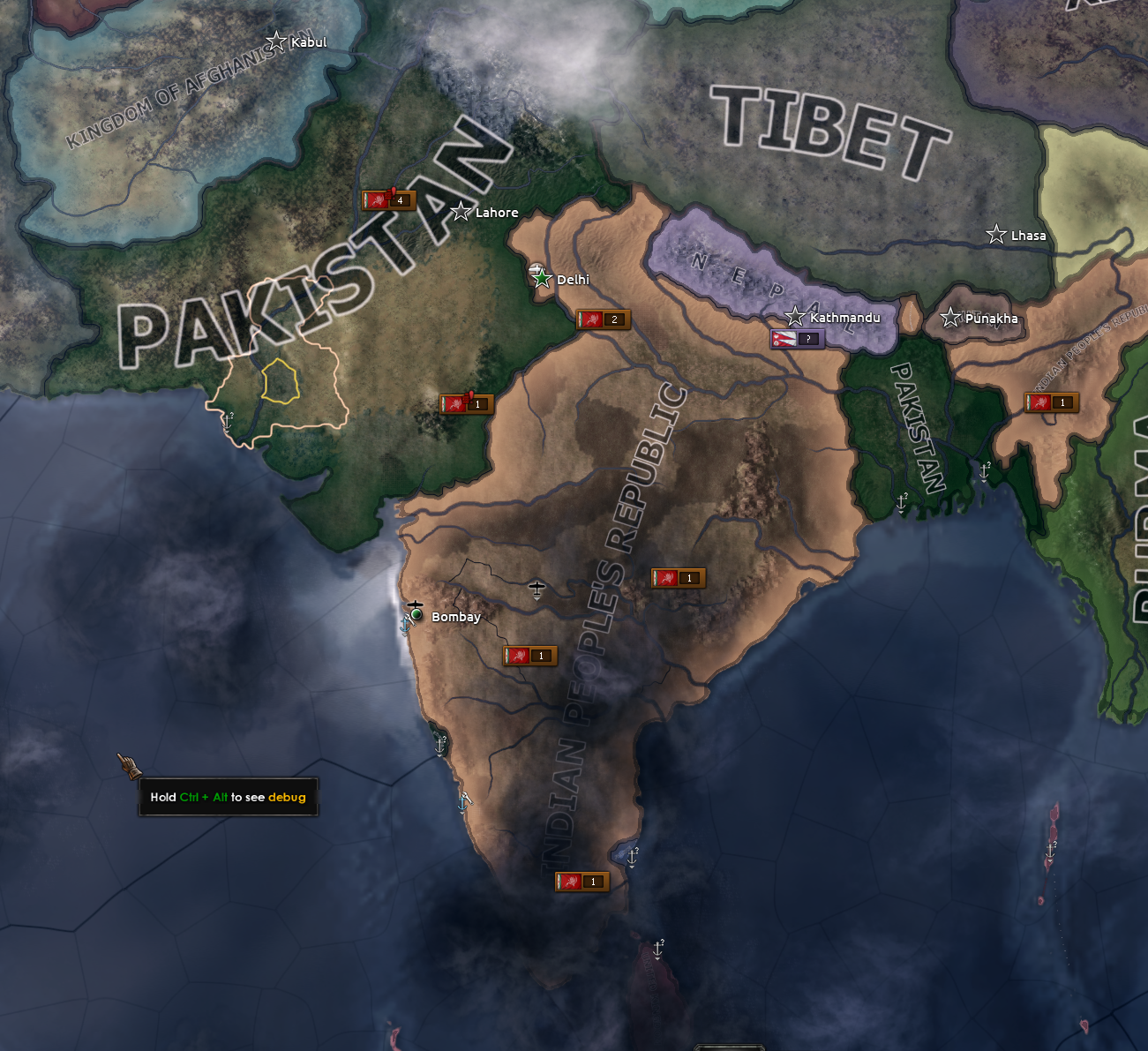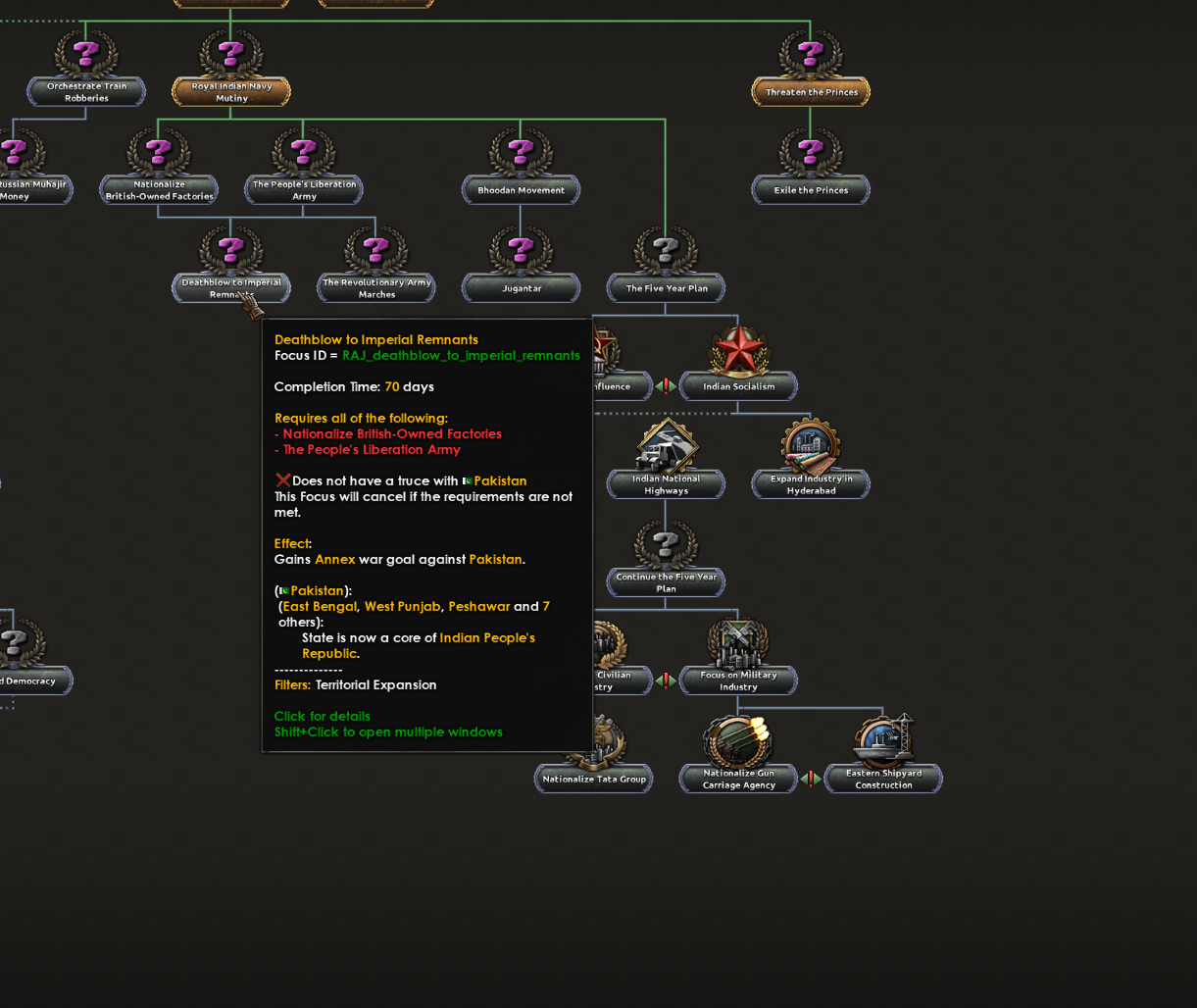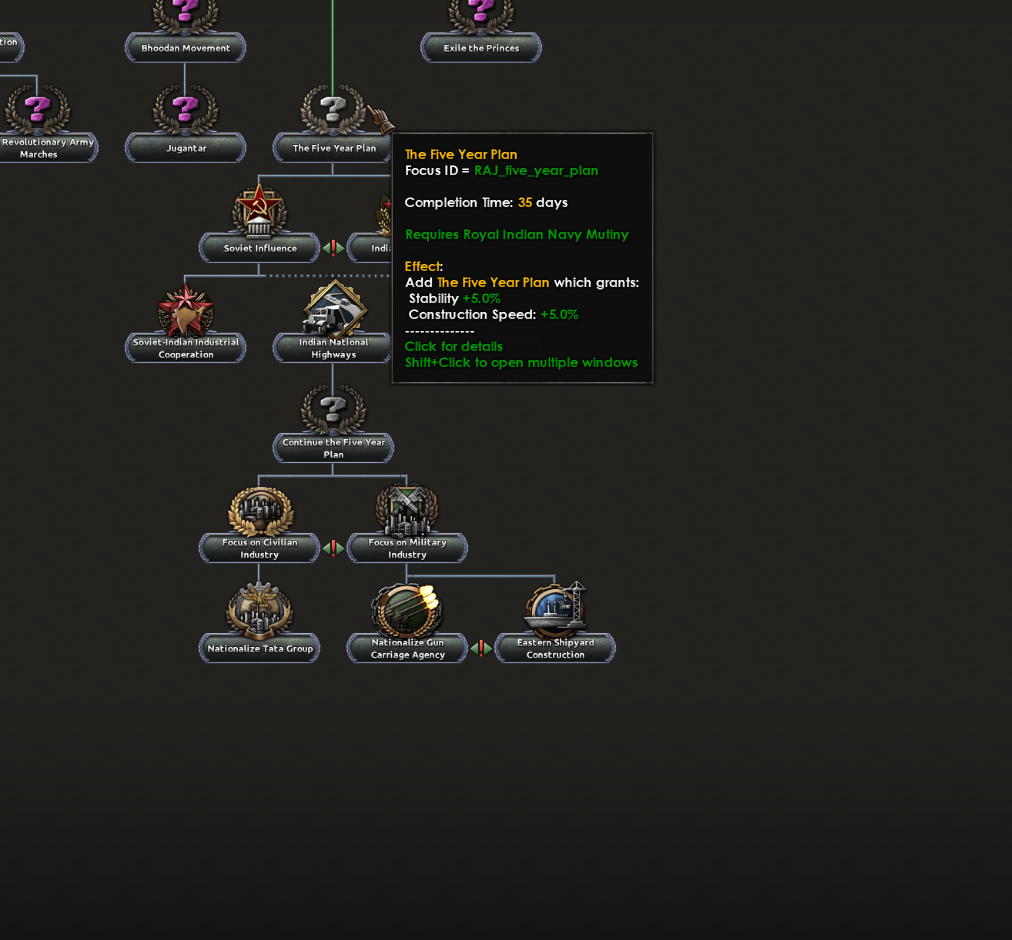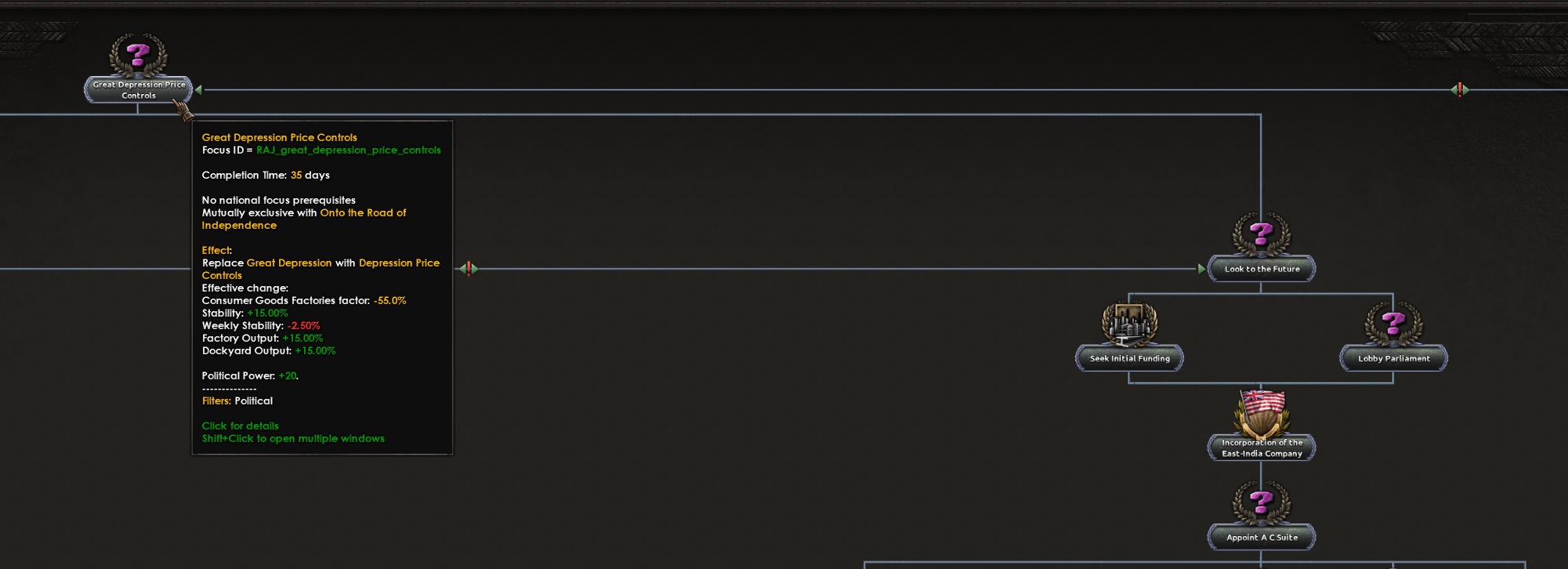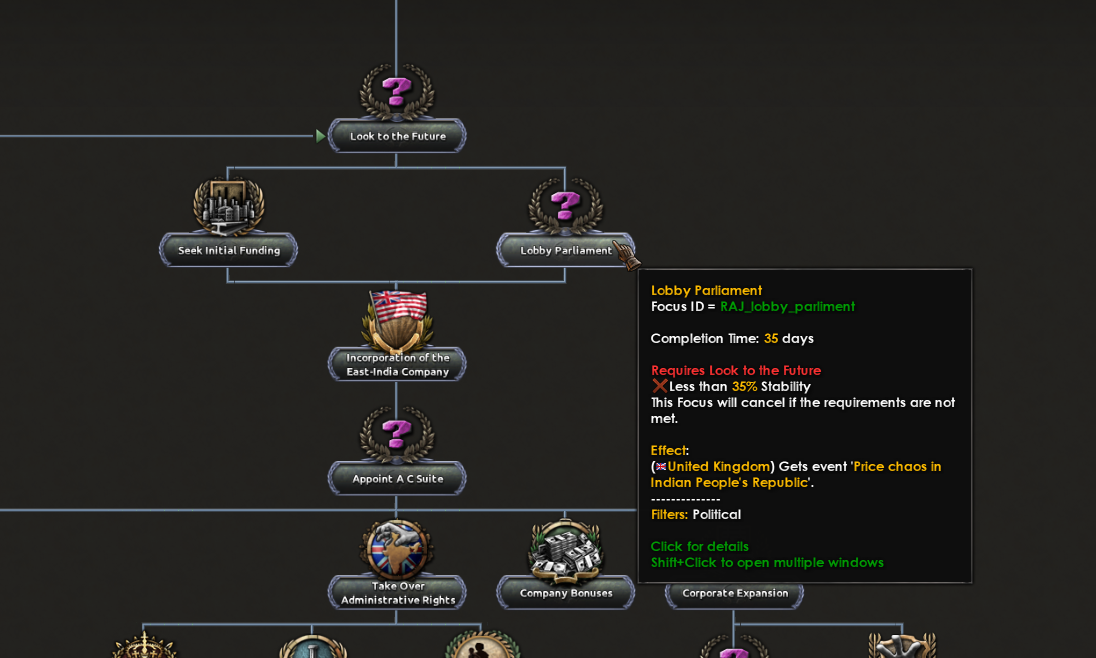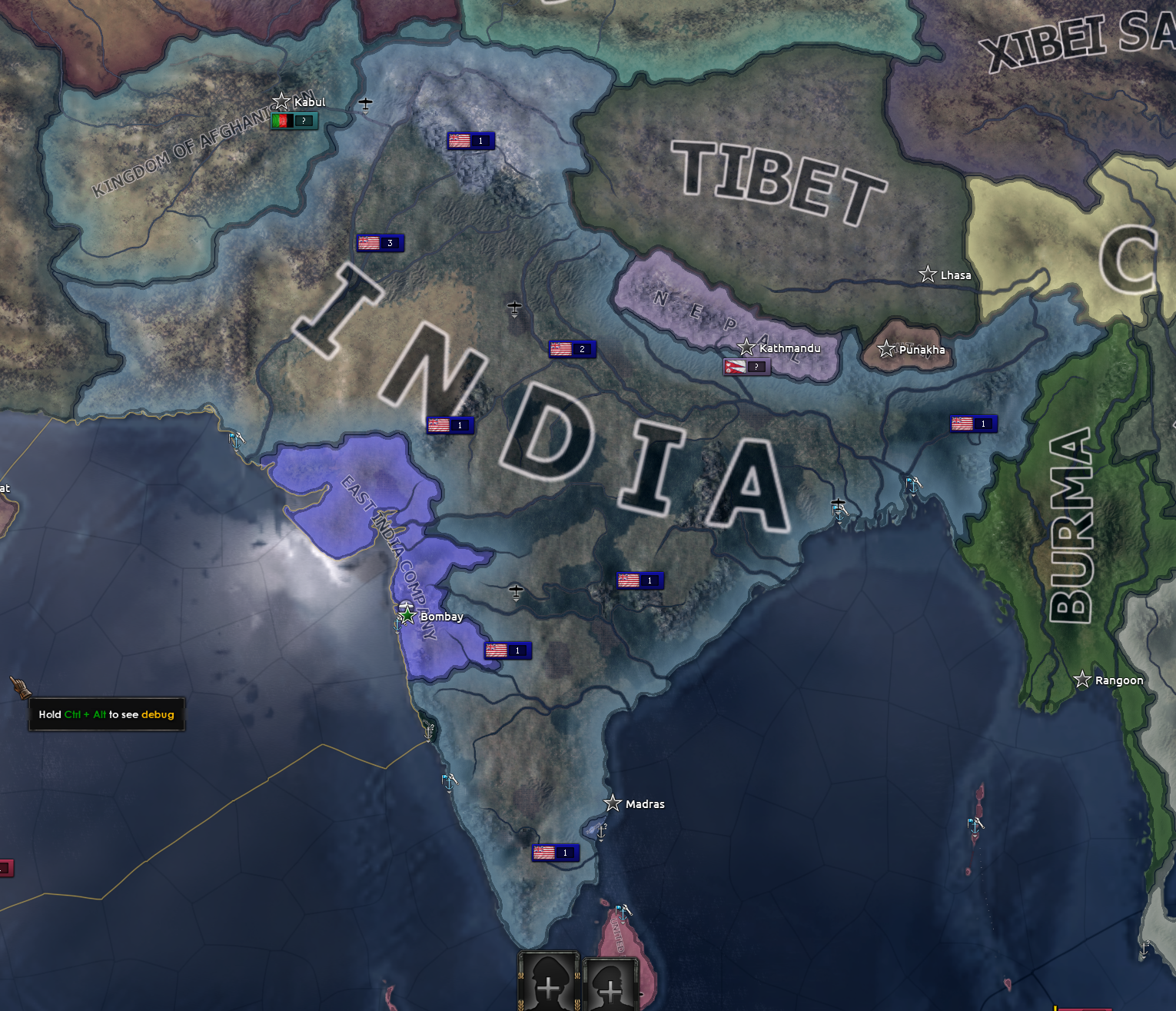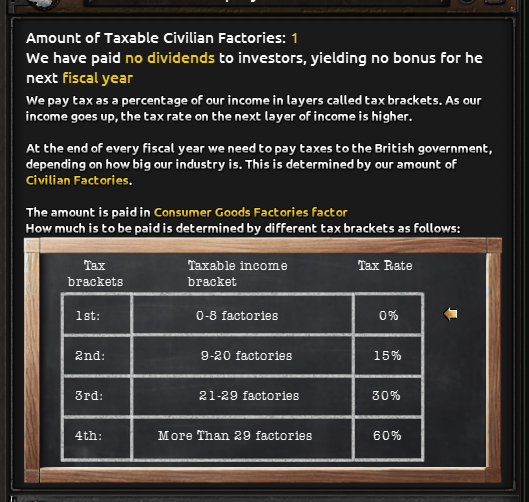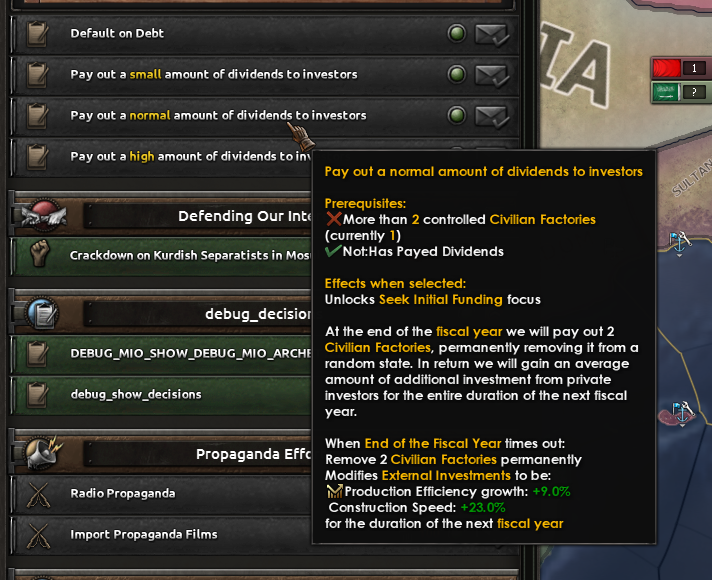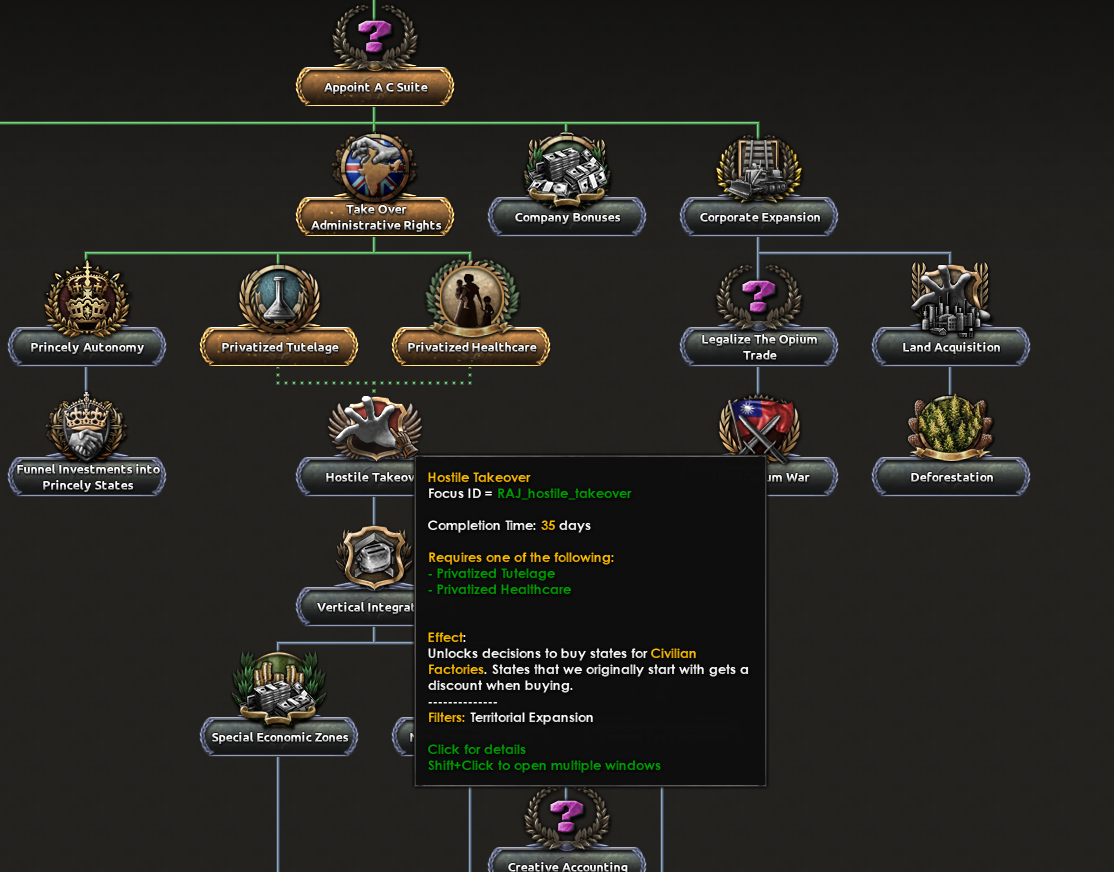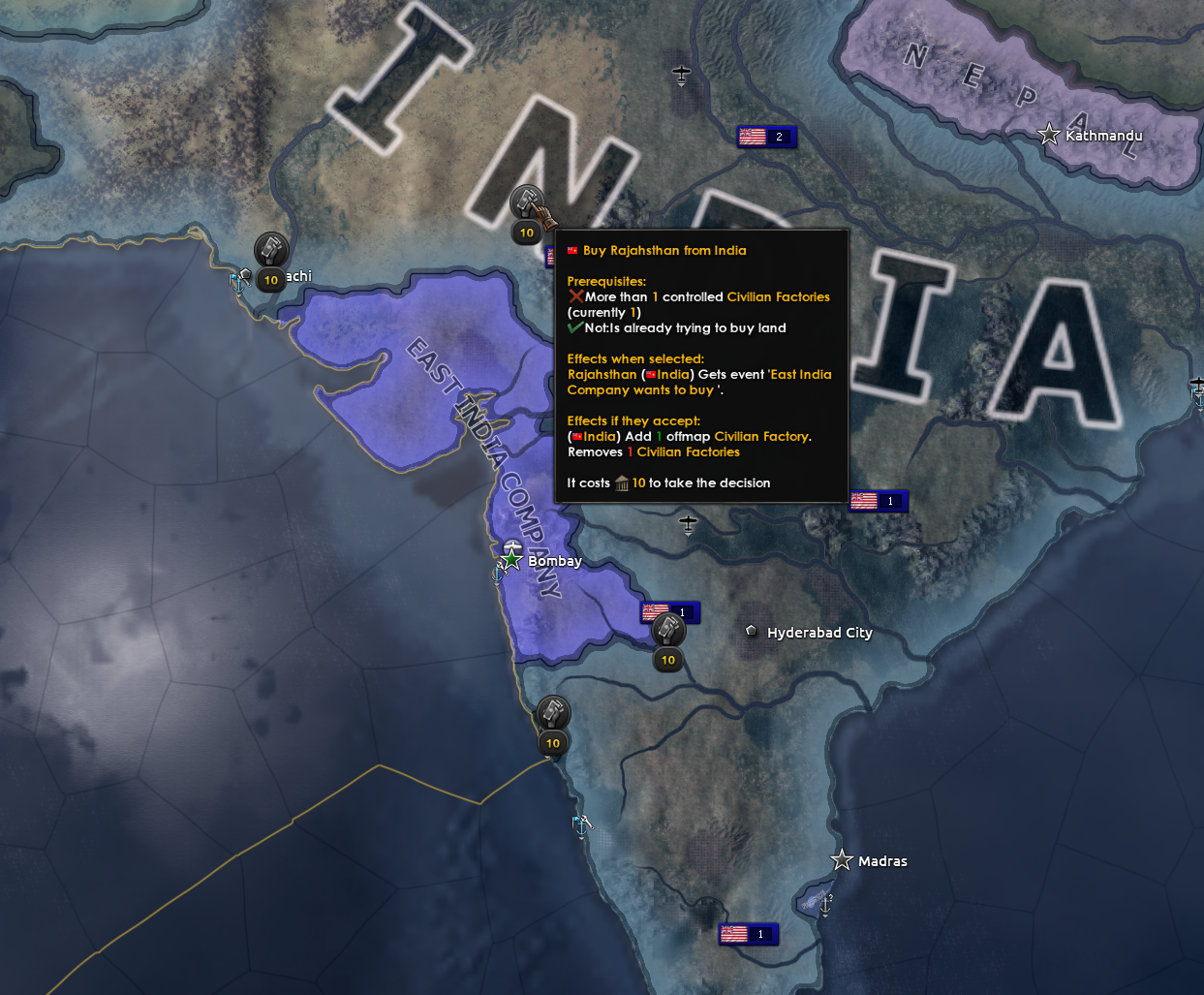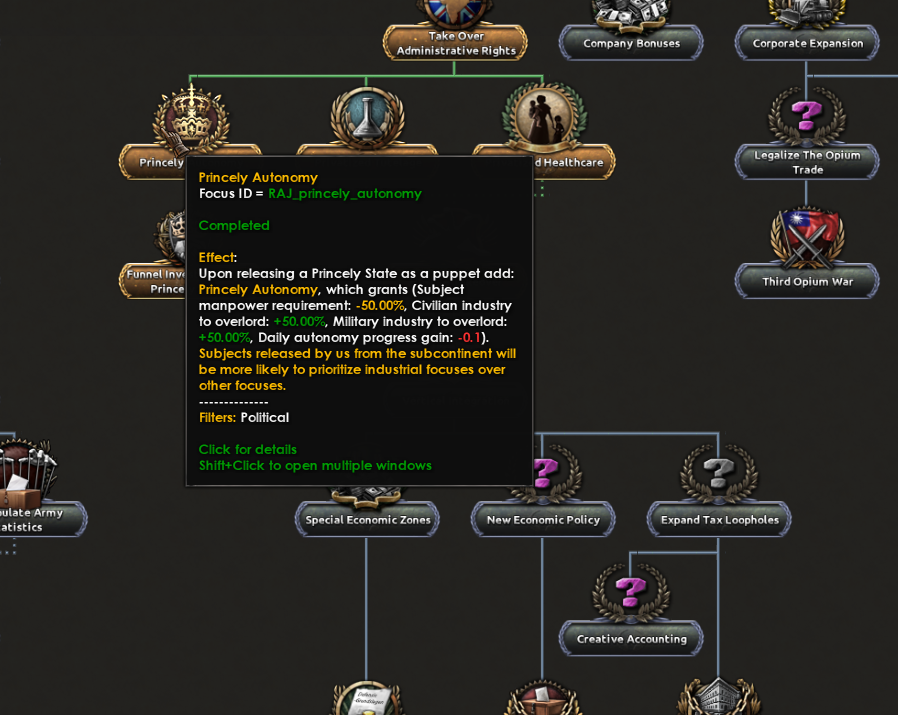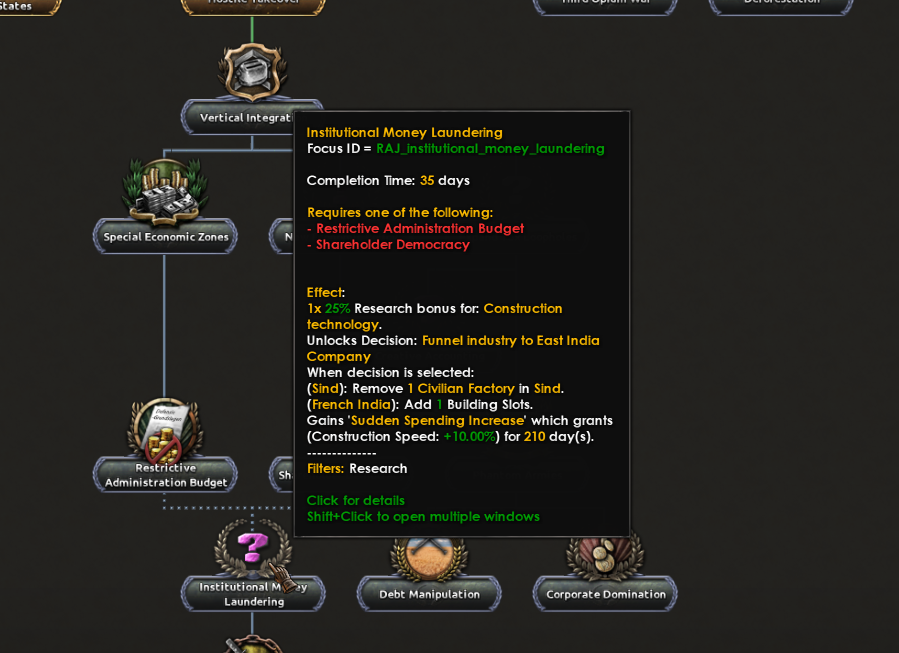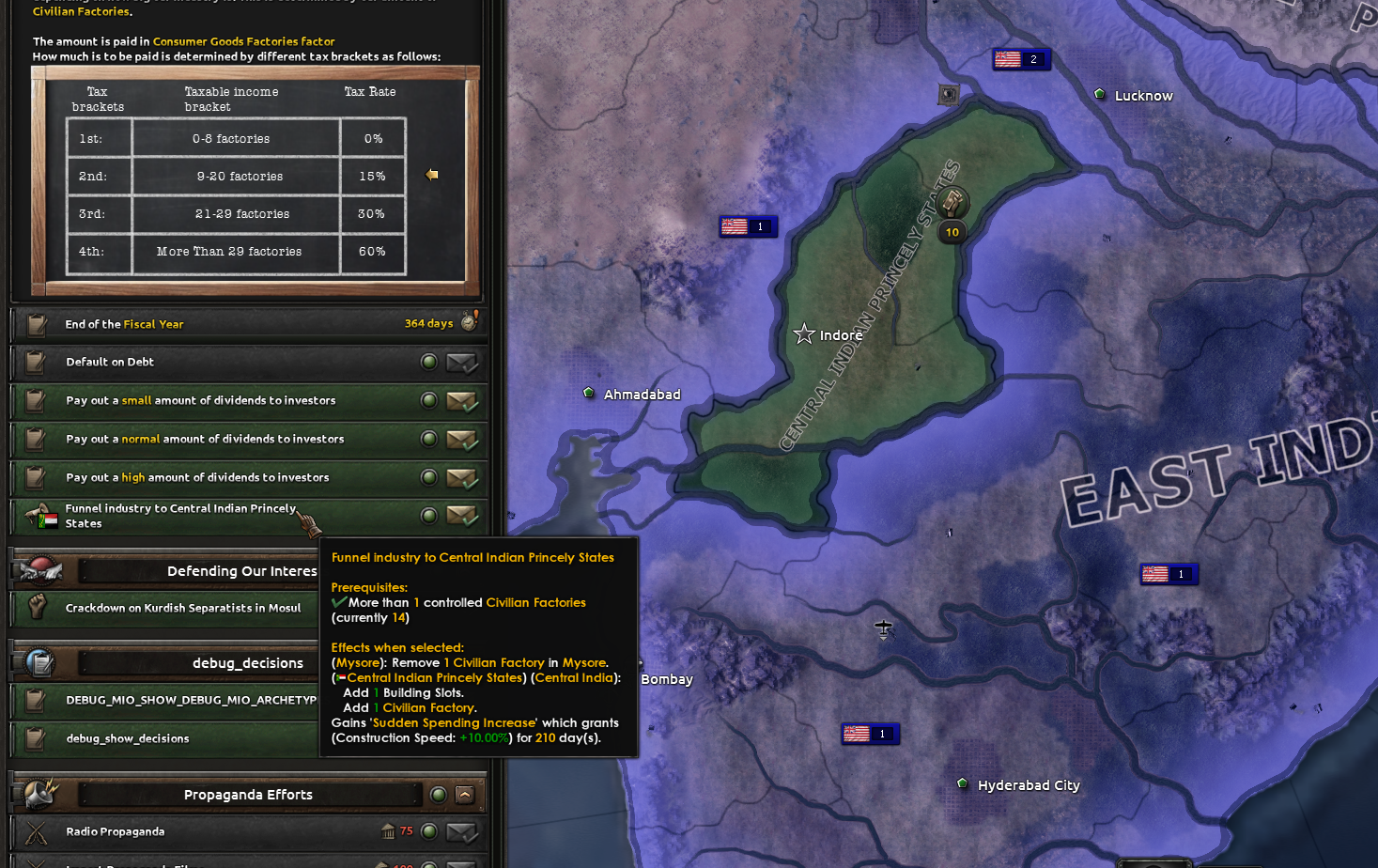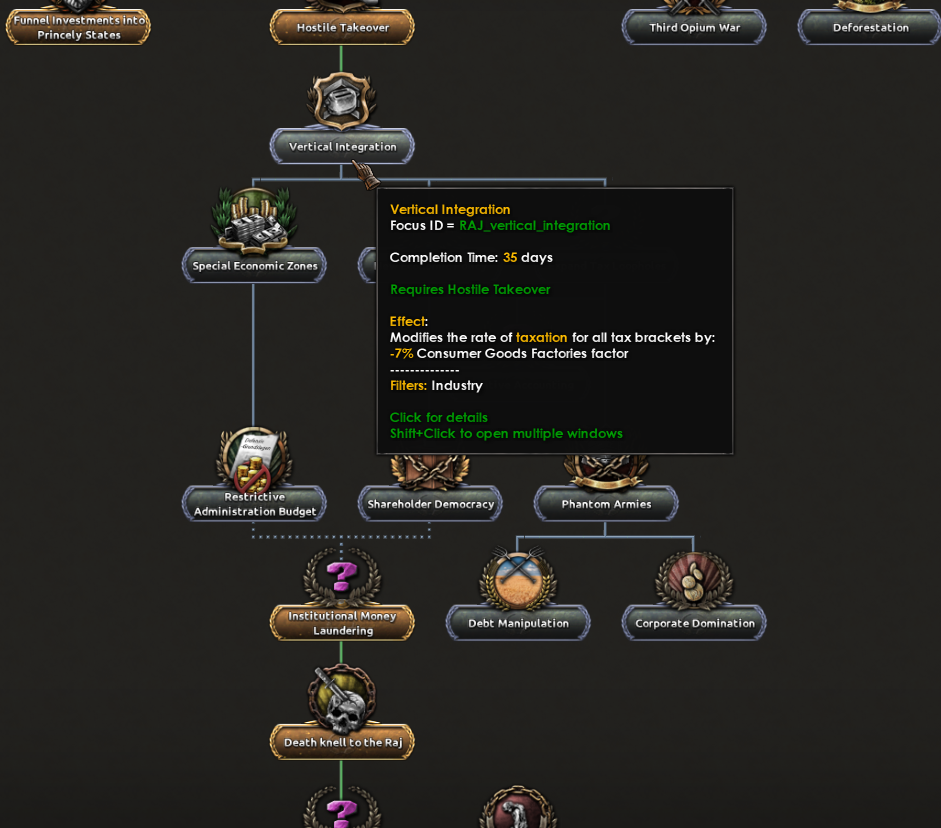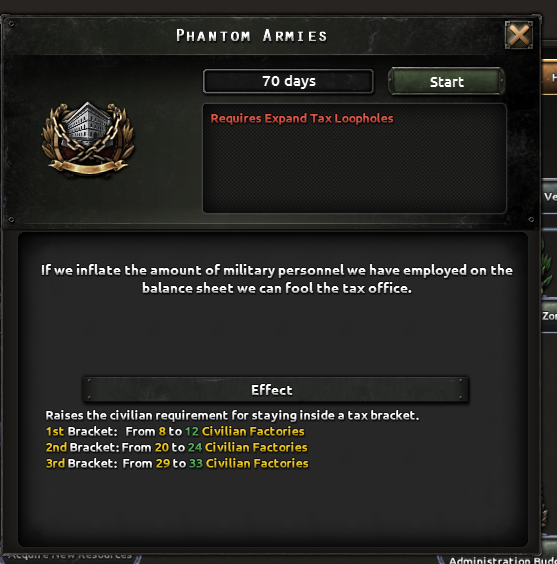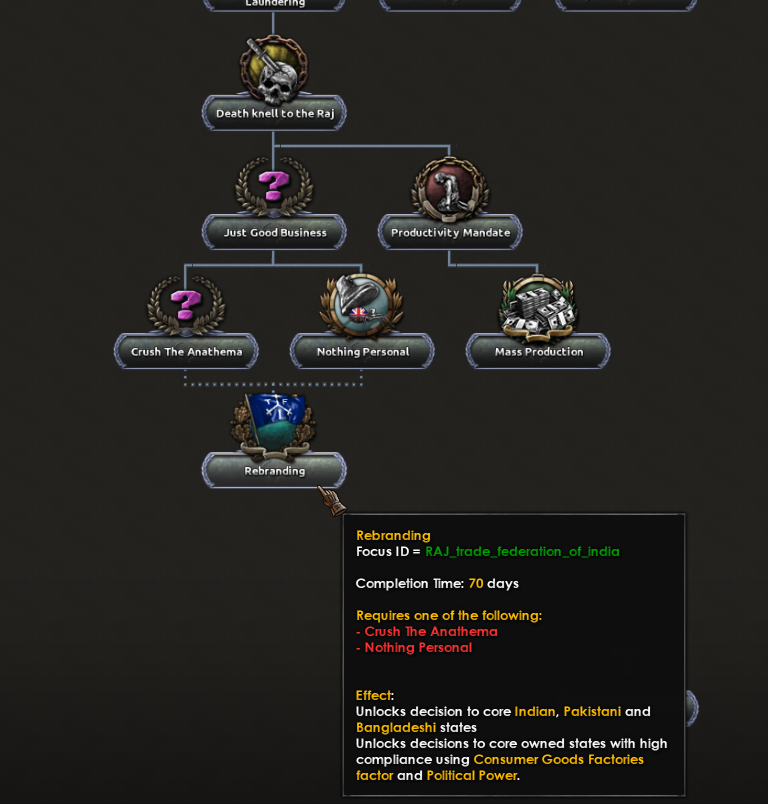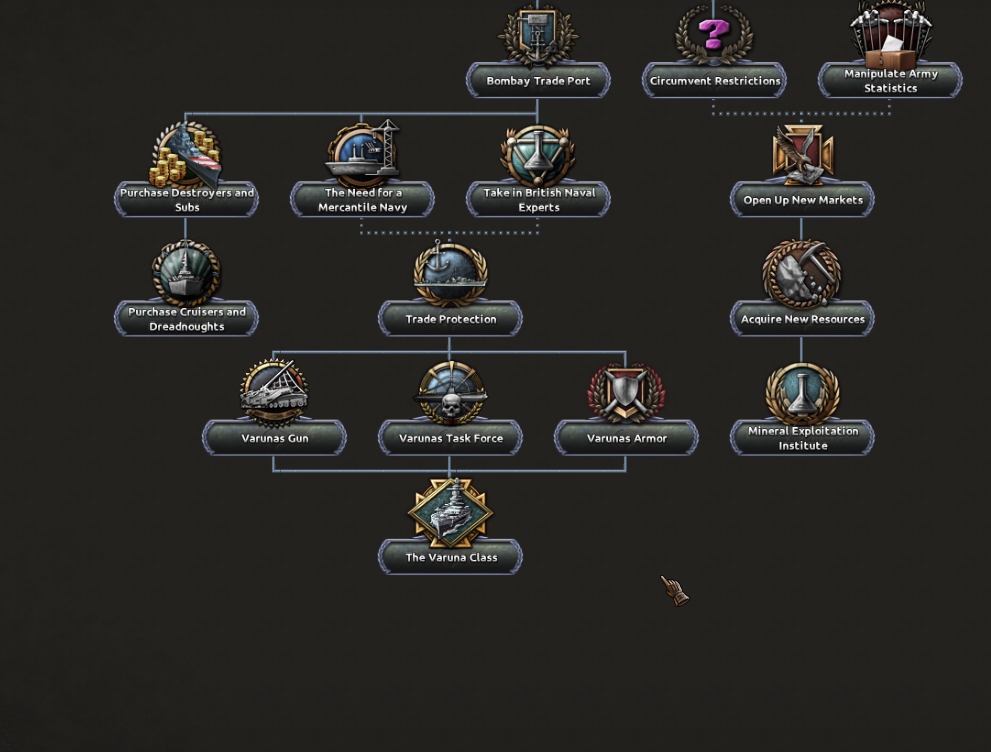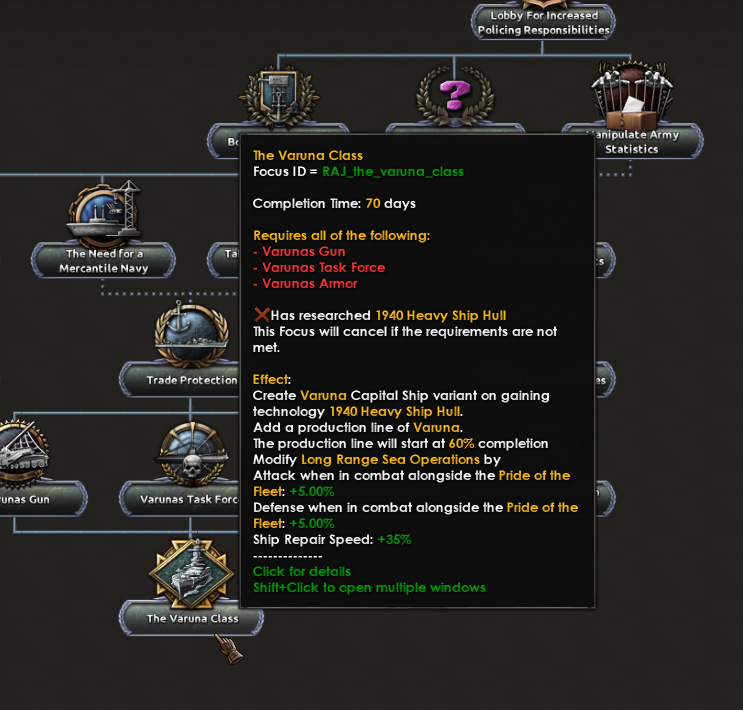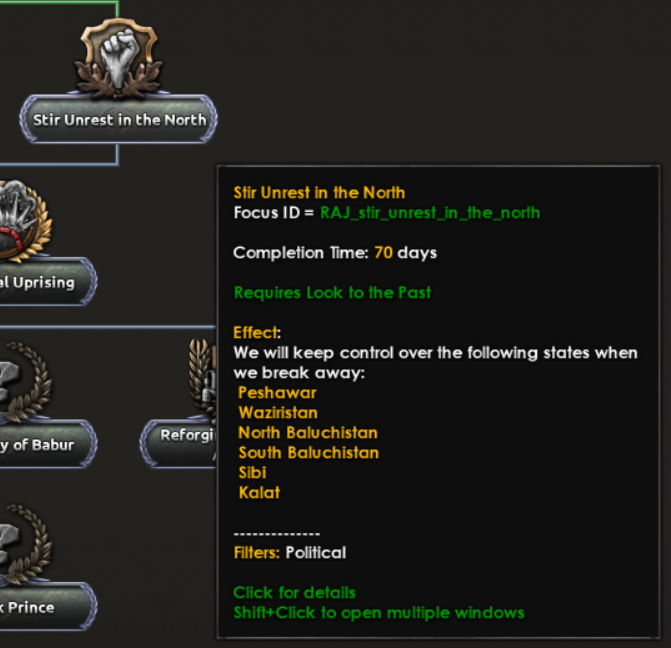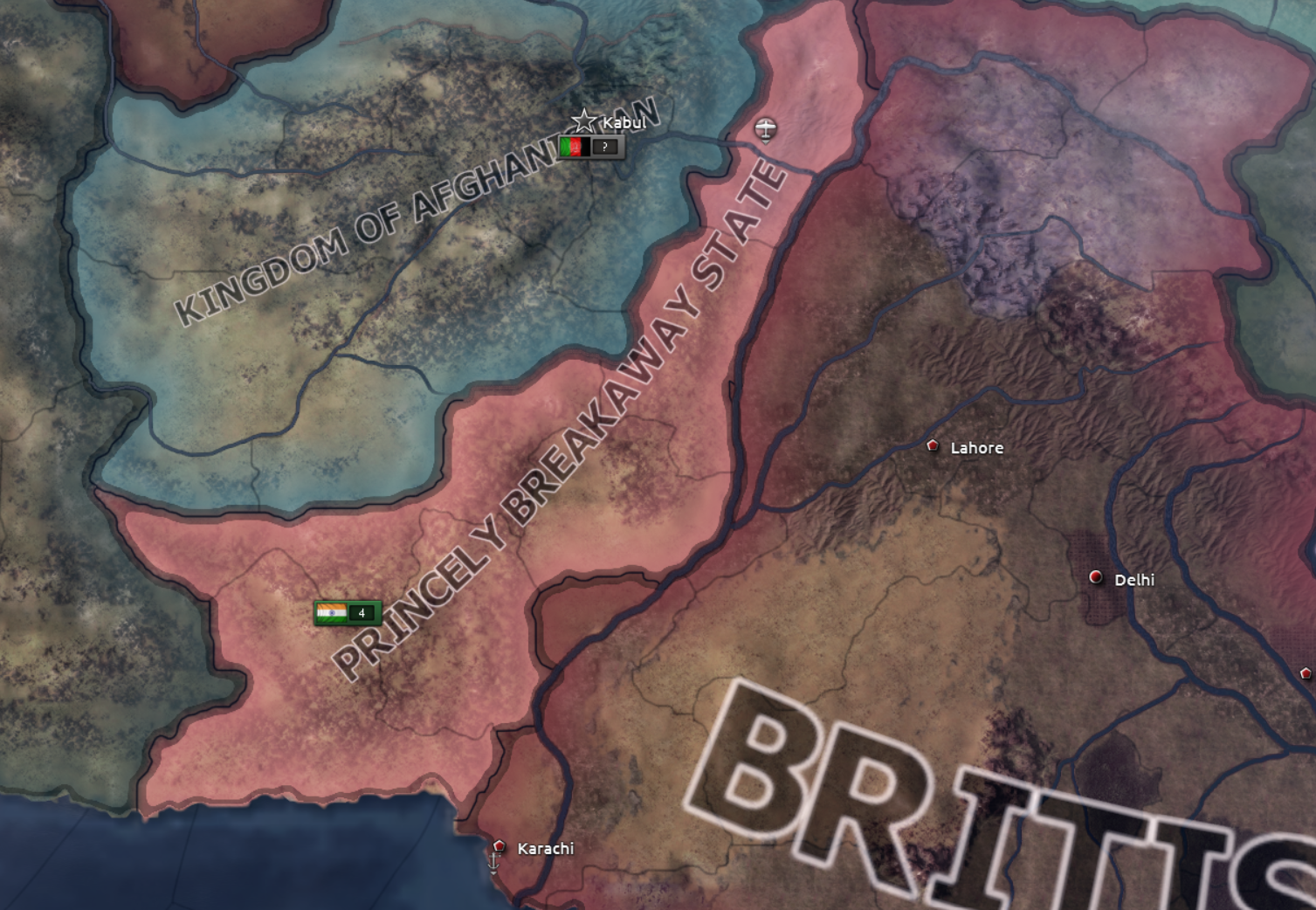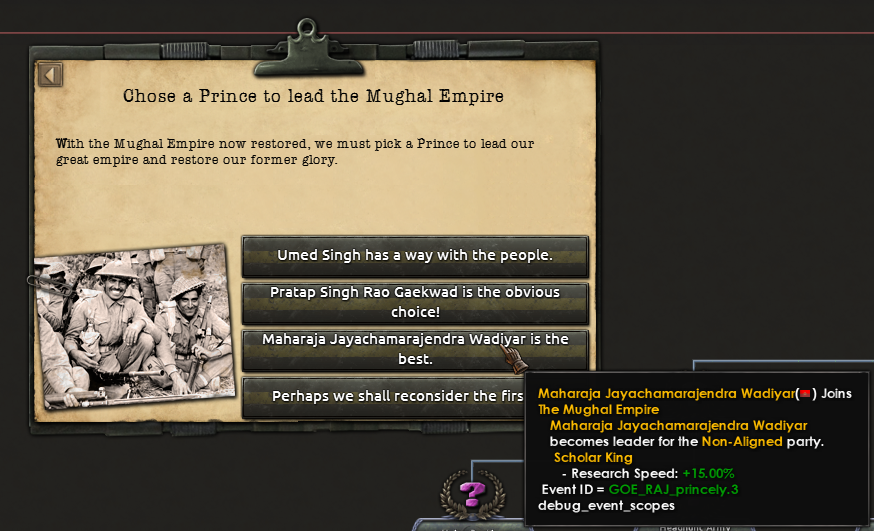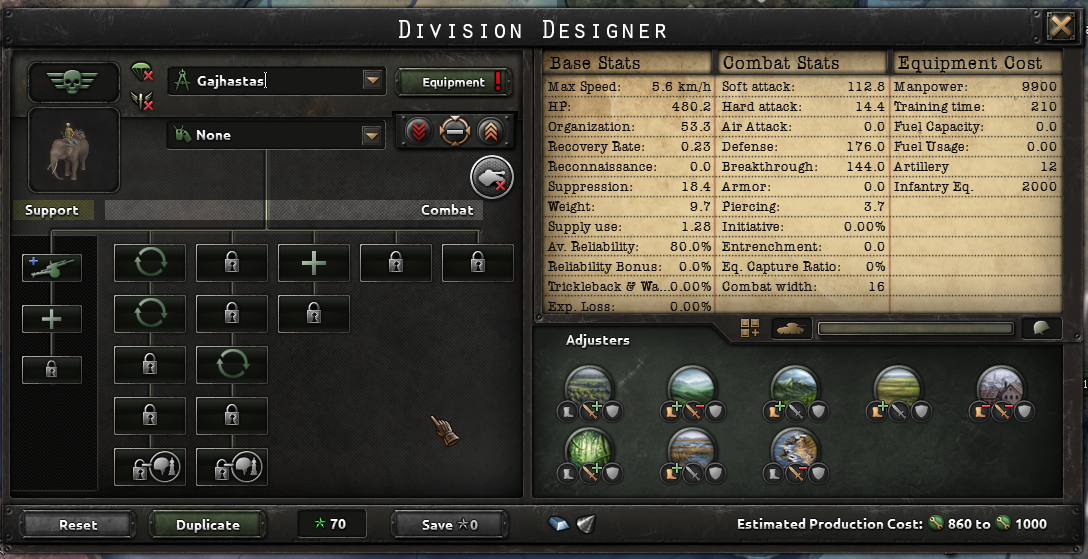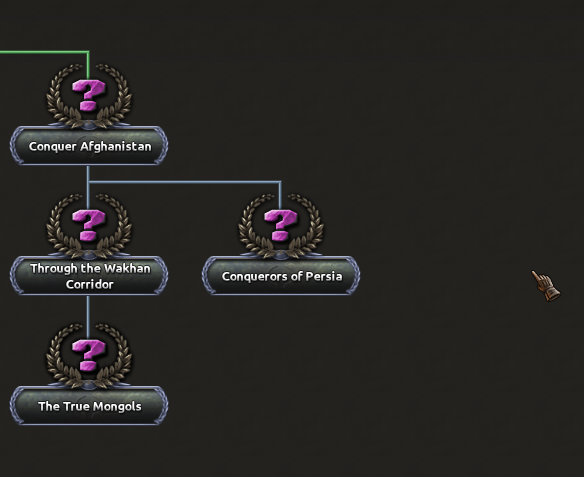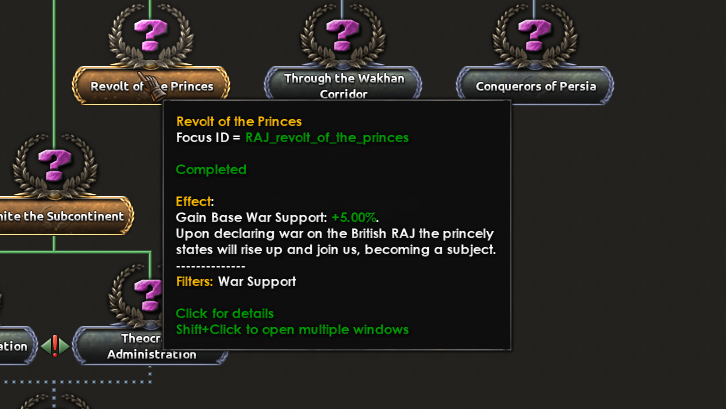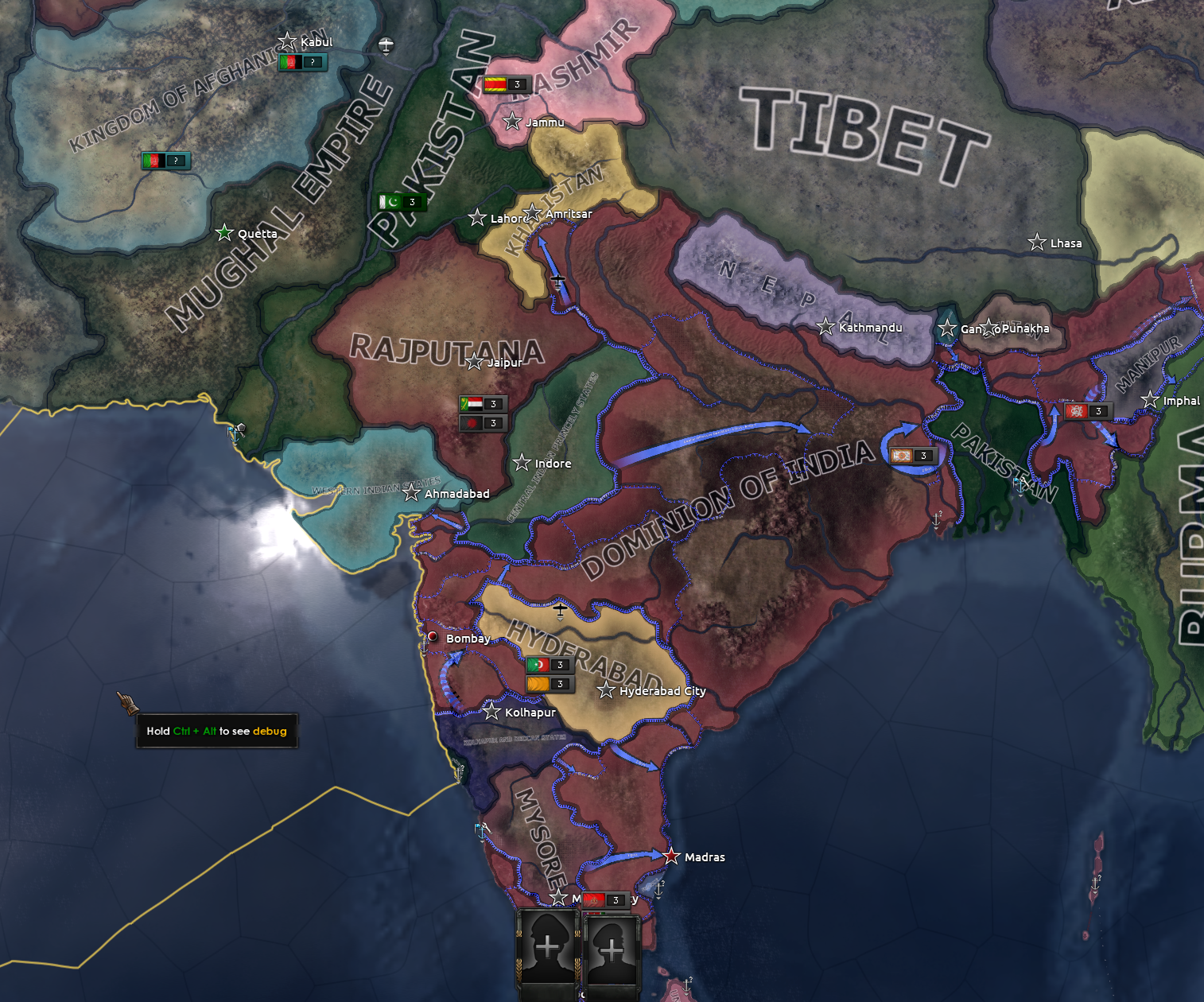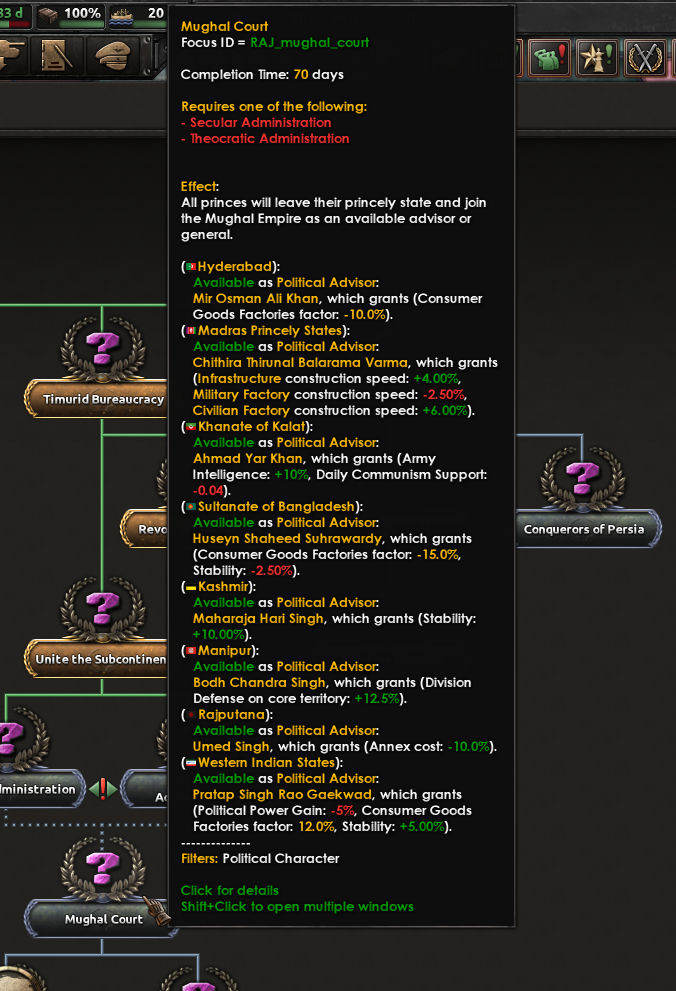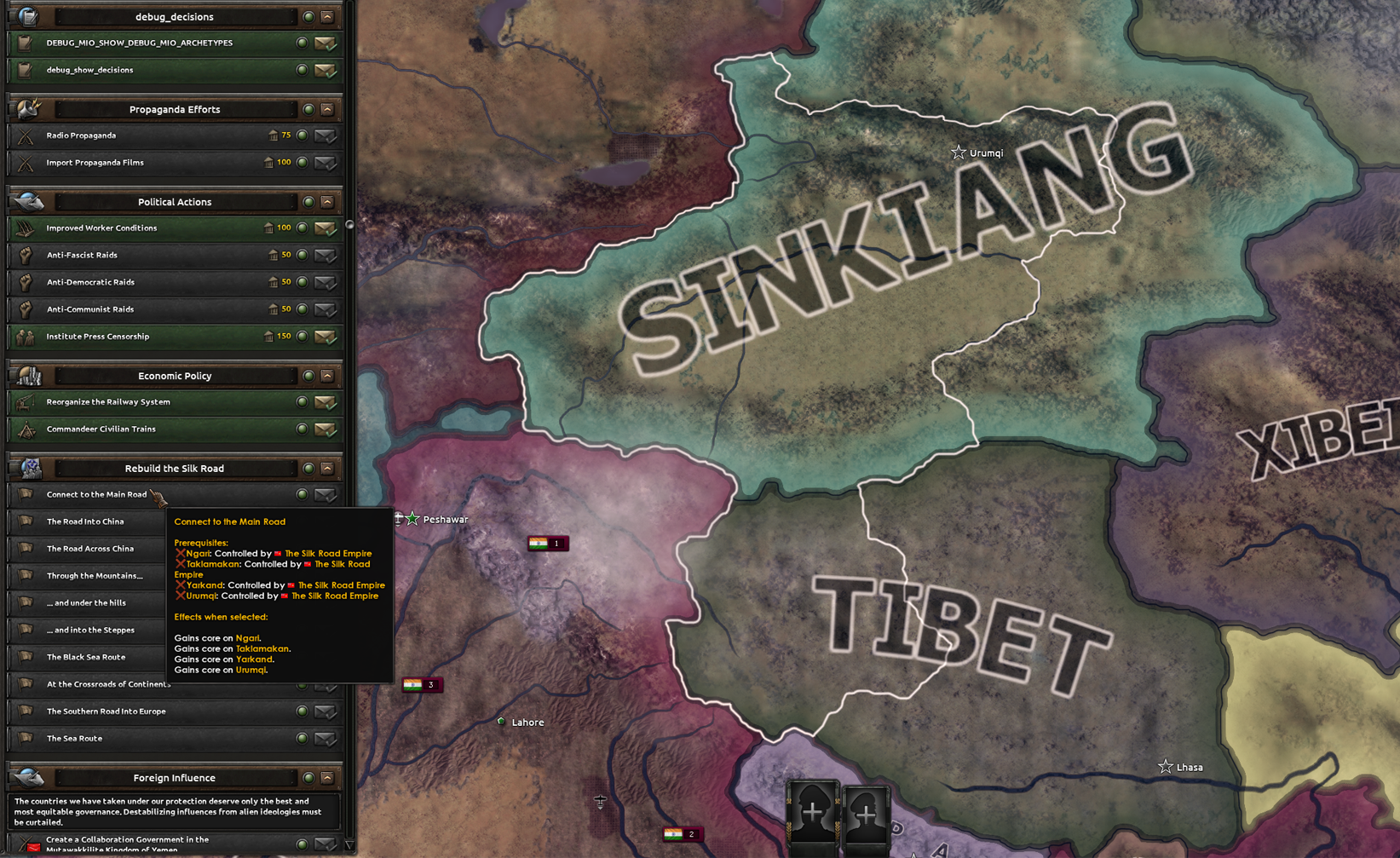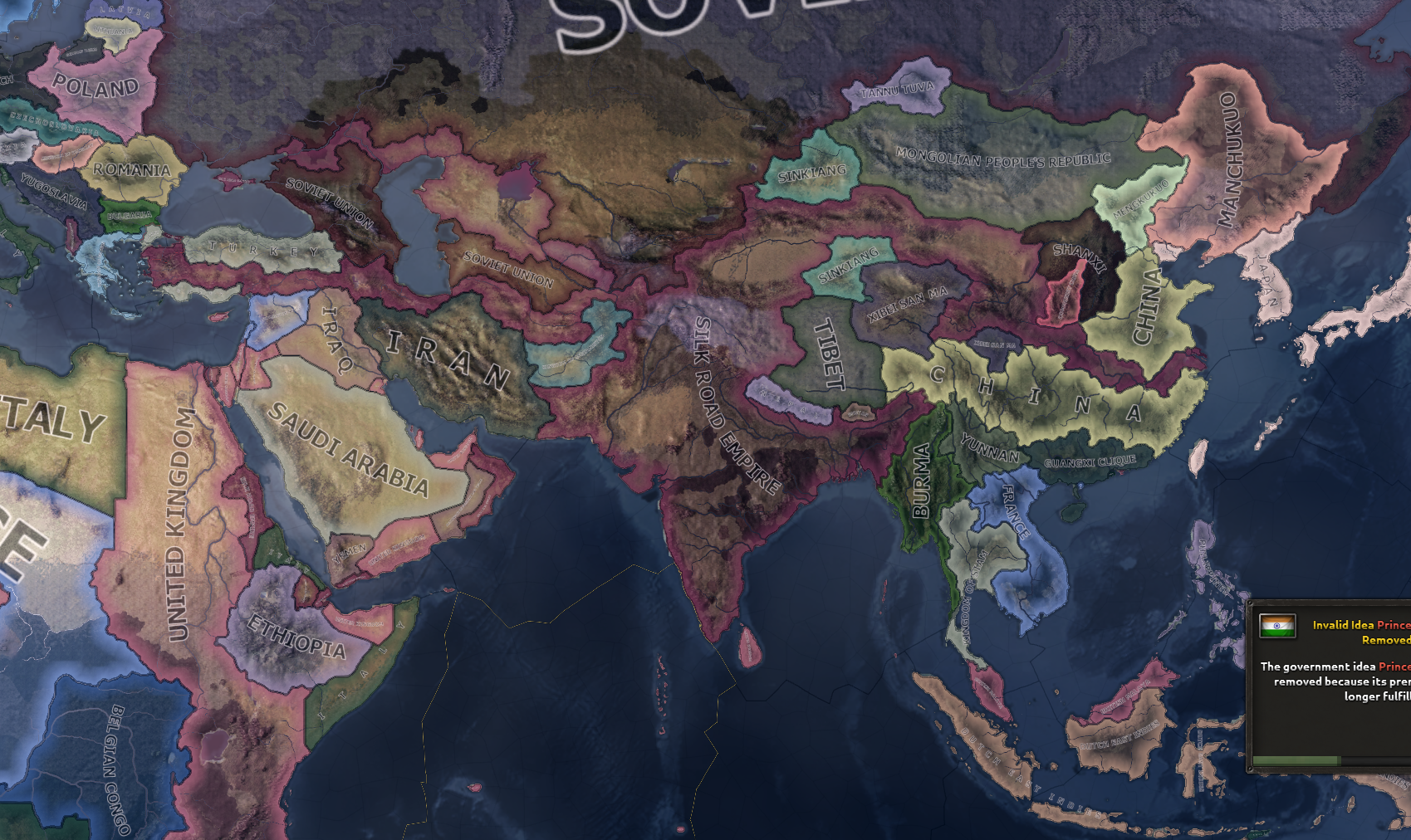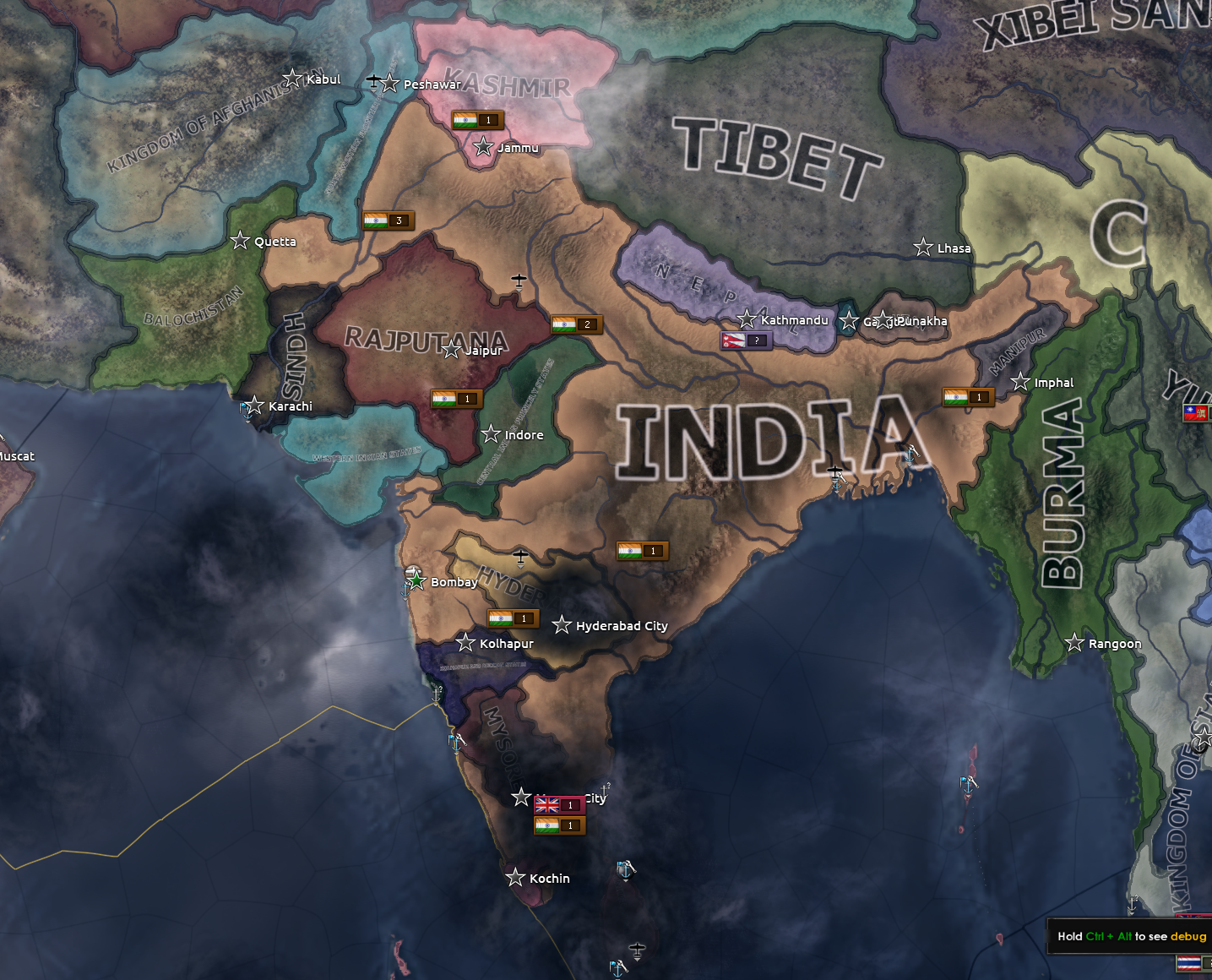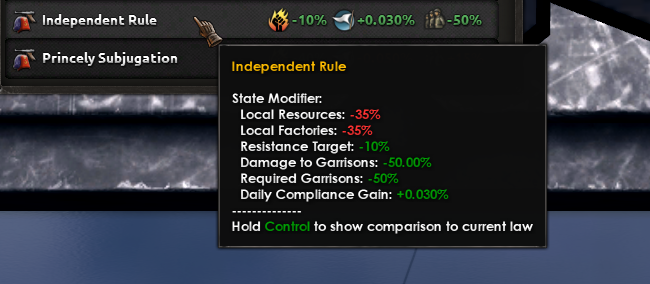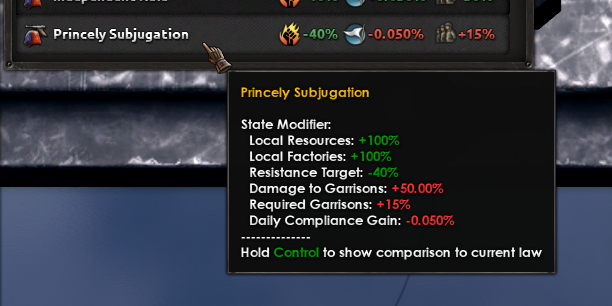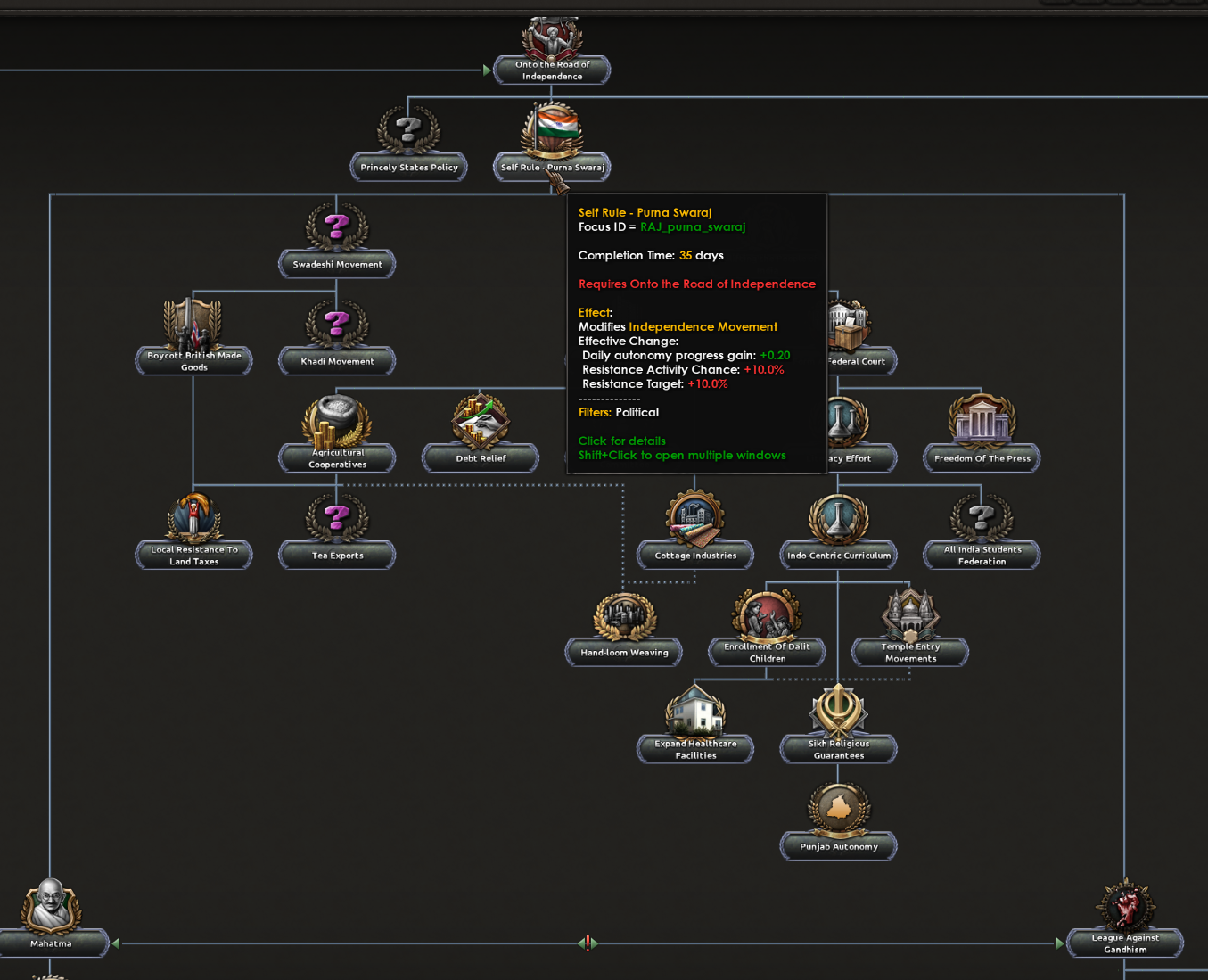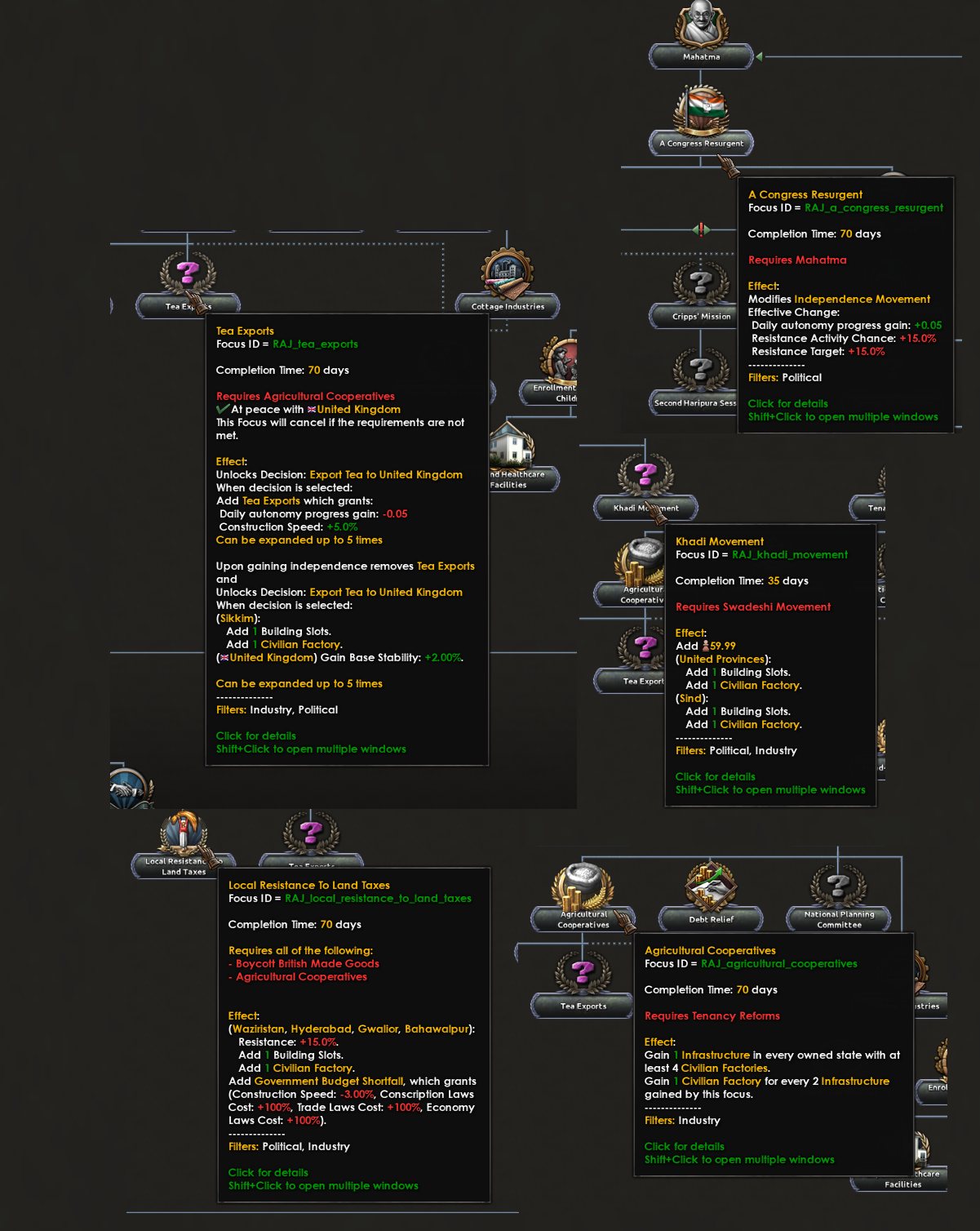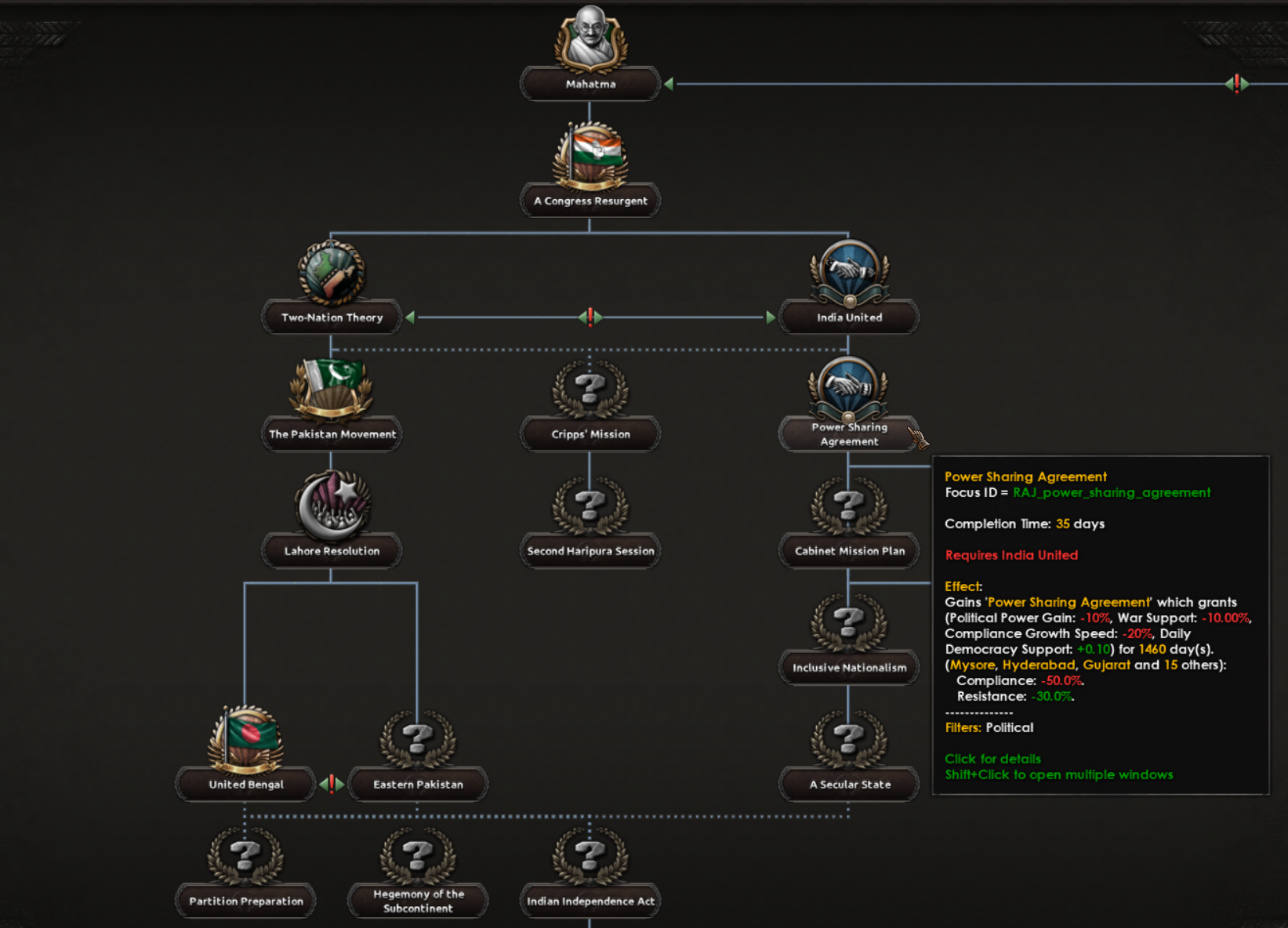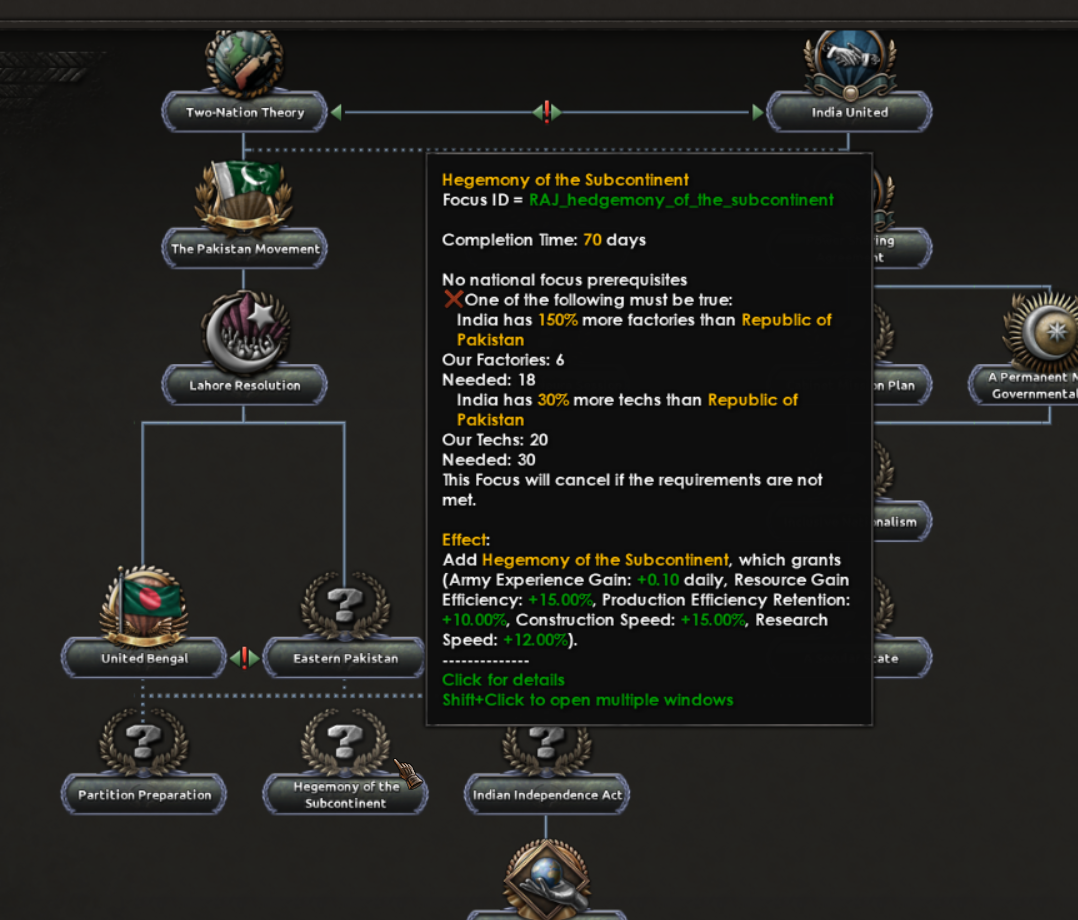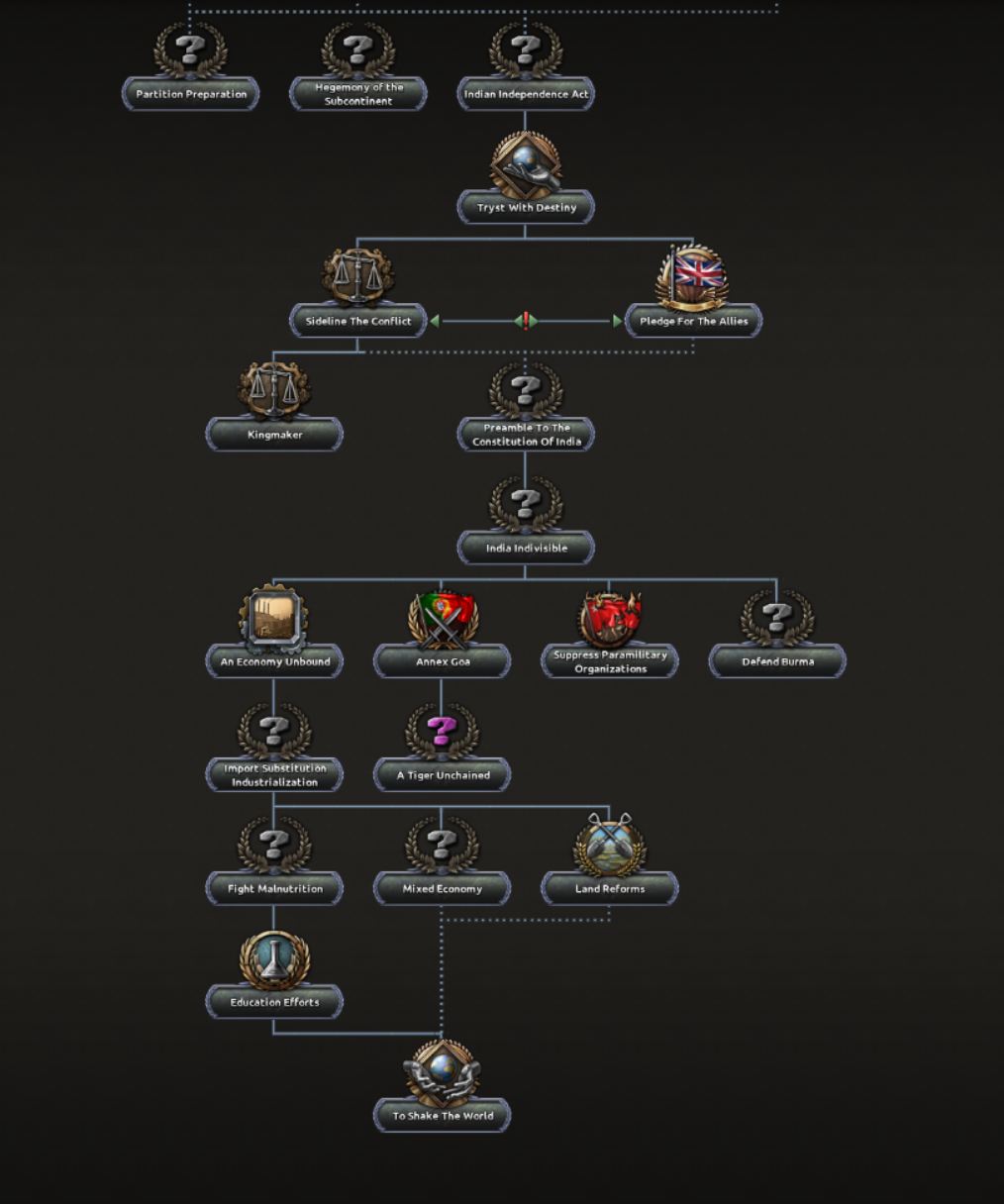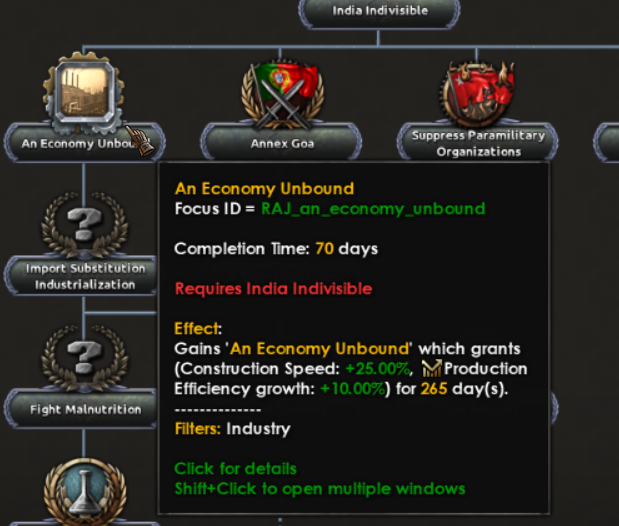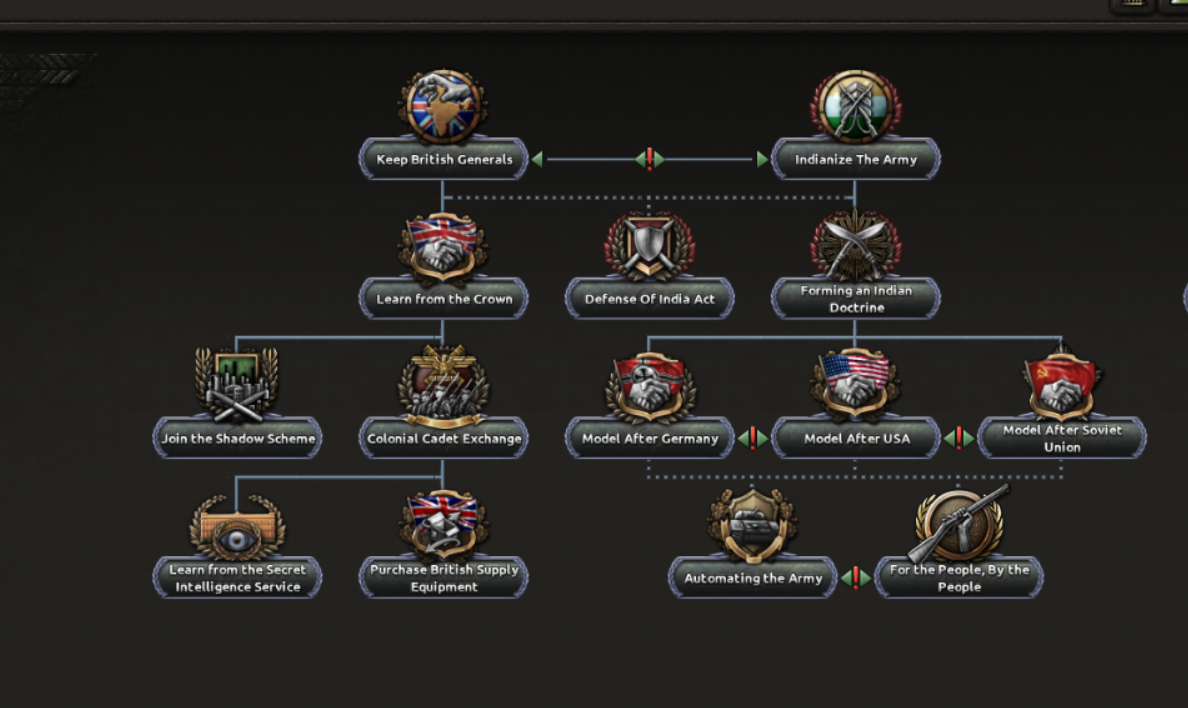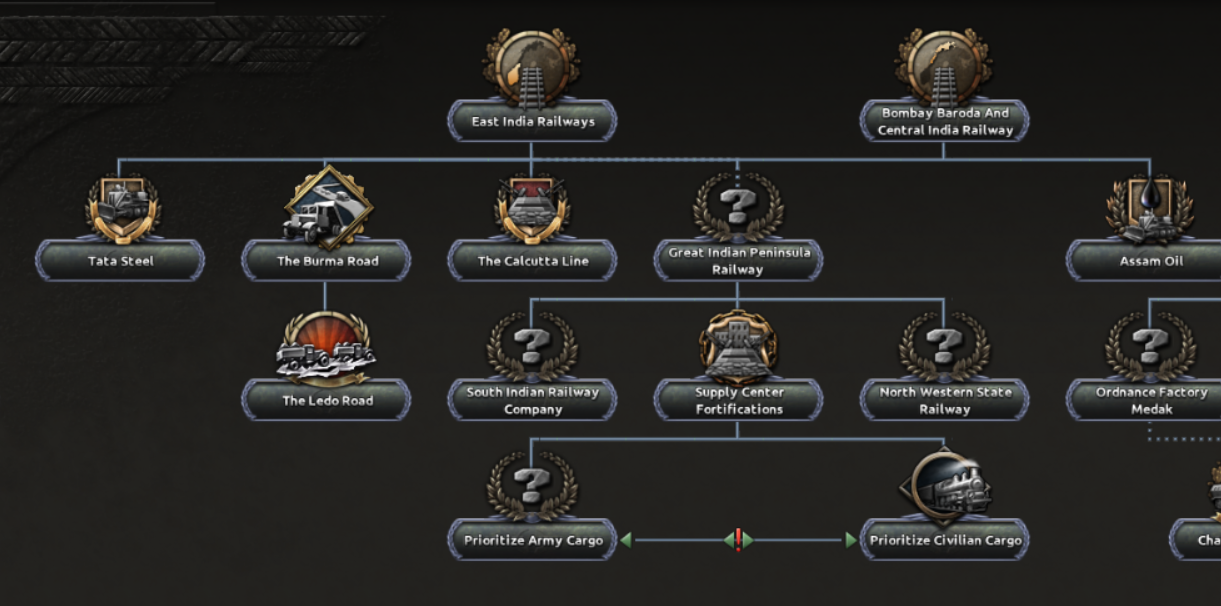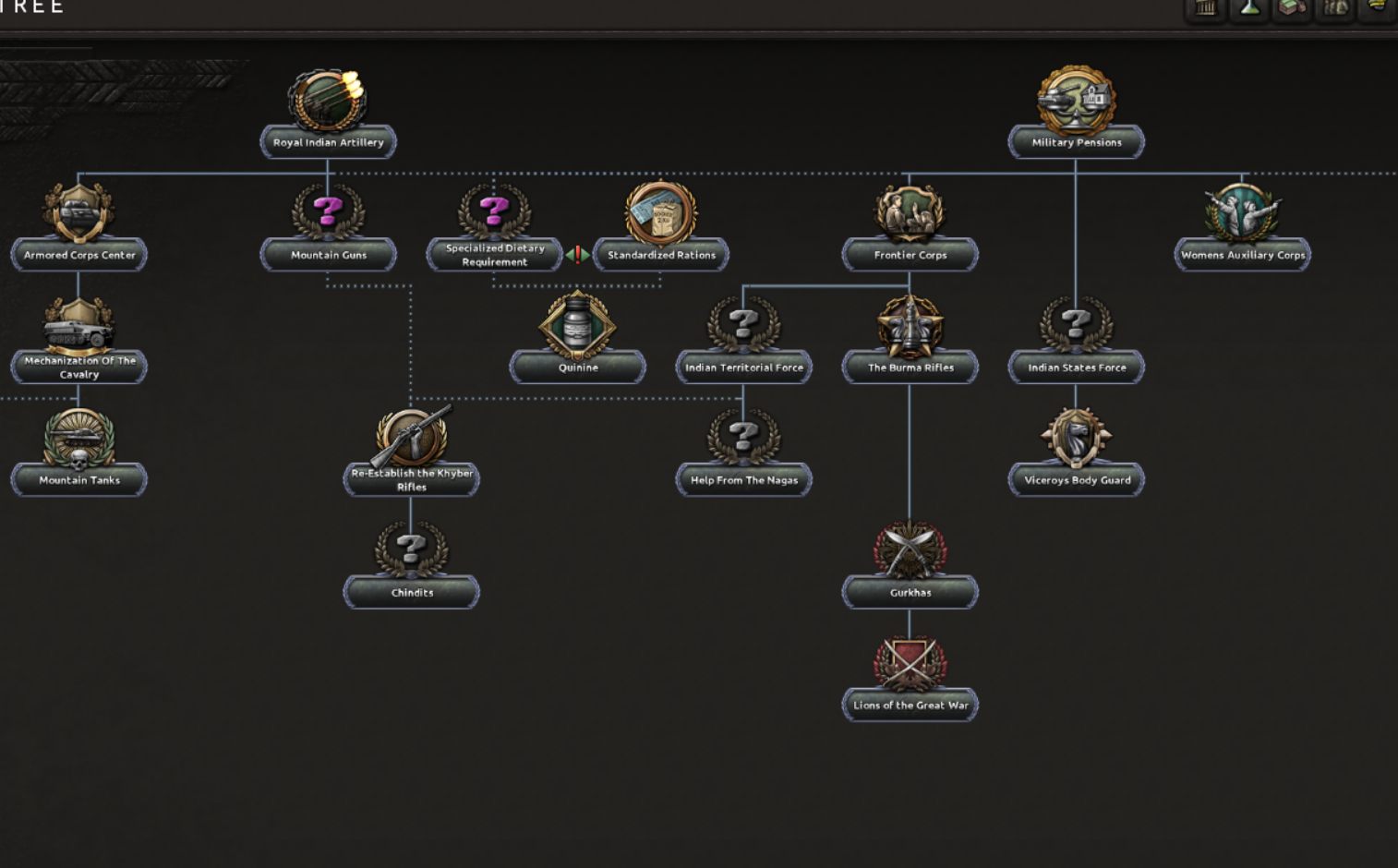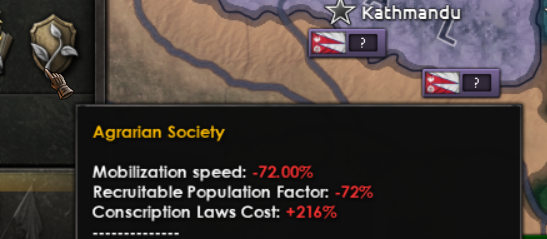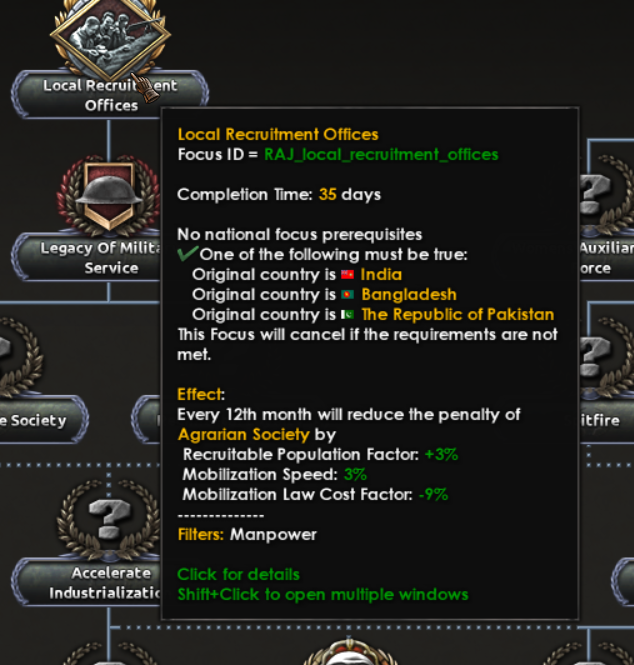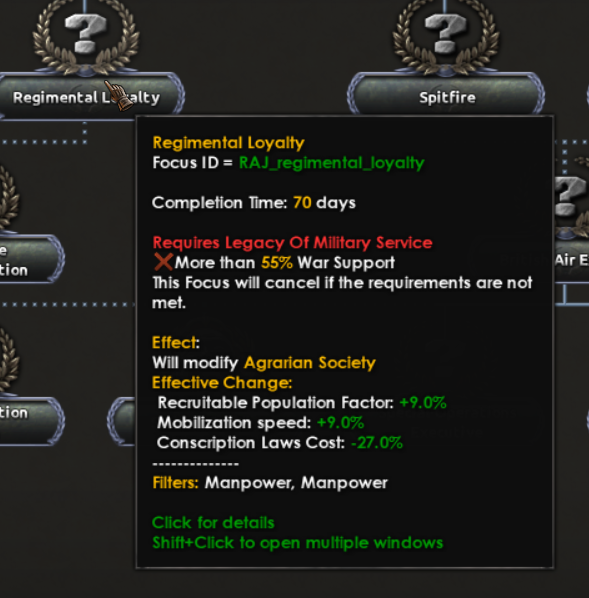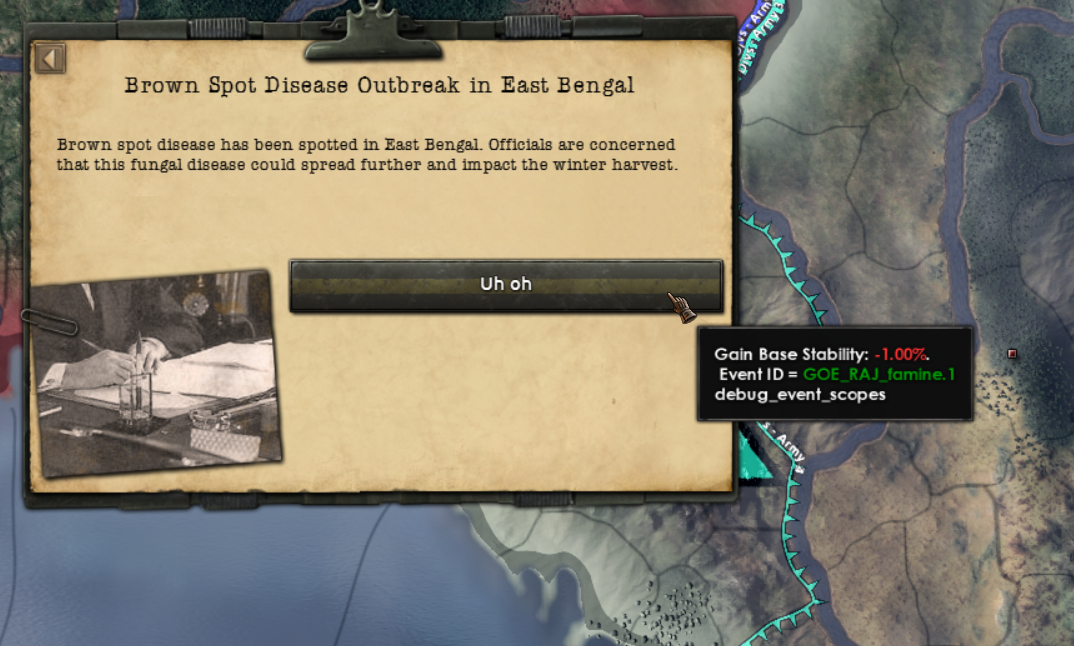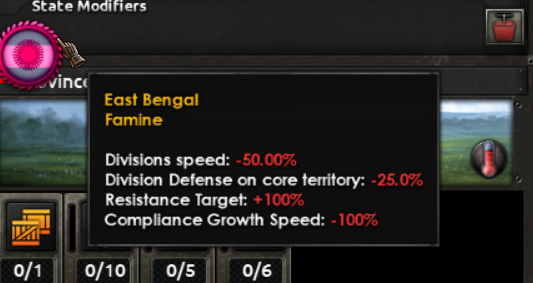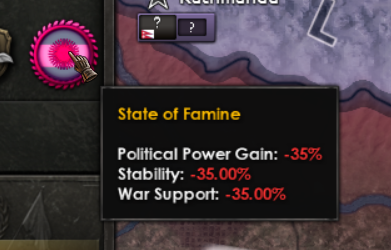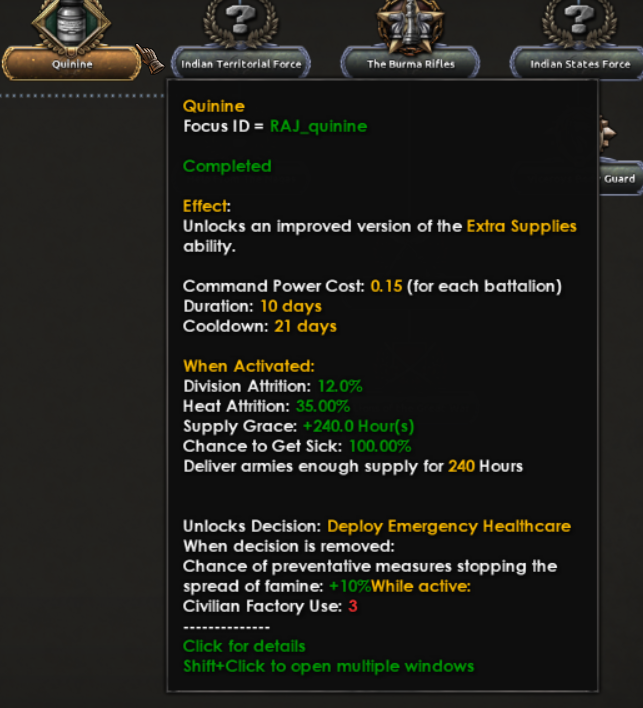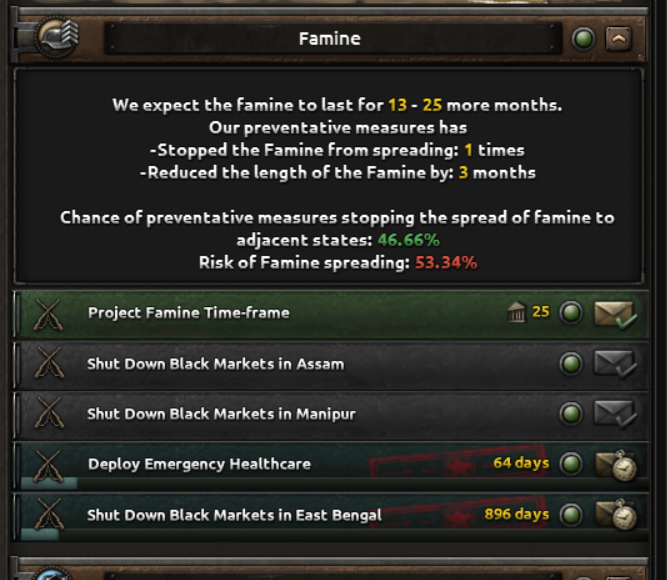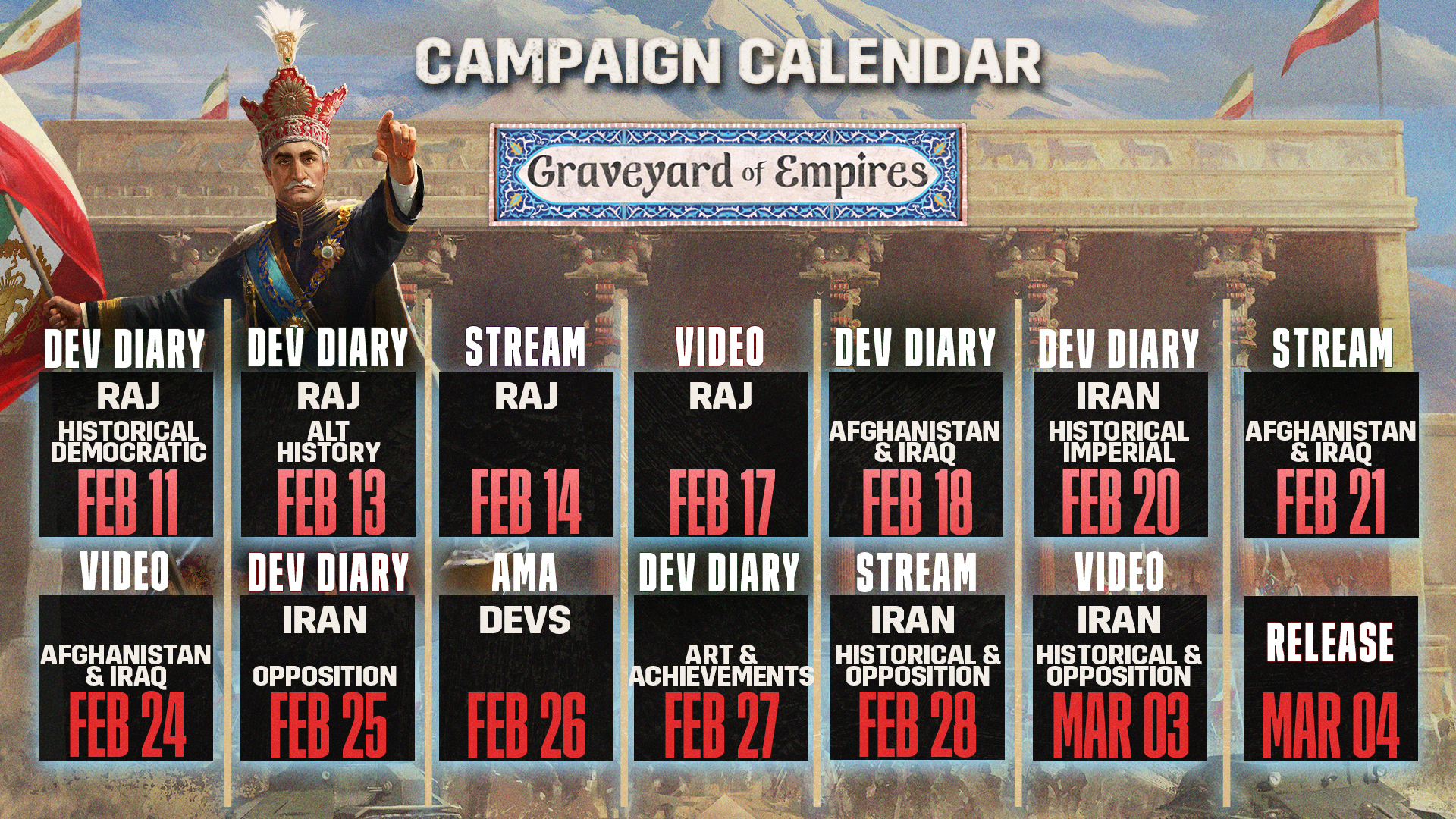
Hearts of Iron IV - PDX Chakerathe
Hello everyone!
As we mentioned not too long ago, we’ll be bringing you several patches over the coming weeks and months. Here is our first batch of patch notes.
Operation HEAD, 1.16.1, Checksum 48b7
As we mentioned not too long ago, we’ll be bringing you several patches over the coming weeks and months. Here is our first batch of patch notes.
Operation HEAD, 1.16.1, Checksum 48b7
Balance
- Increased the artillery required for elephantry
-reduced its base soft attack by 20%
-reduced breakthrough by 20%
-reduced manpower requirement by 10%
-increased supply consumption by 25% - India
-Train Robberies now reduce railway/hub/infra by 2% (was 3%) for each railway focus completed
-Train Robberies now reduce weekly stability by 0.1% (was 0.3%)- Iran: The Immortal Legion now has a much larger starting template
- India: The national spirit “Anti-Imperialist Zeal” now gives 8% defense bonus against the USA (up from 0.8%)
Gameplay- Added an event chain for Syria and Lebanon that allows them to side with Vichy/Free France or declare independence when Paris falls
- Added additional animation variants for elephantry
- Generic elephantry now uses the generic infantry model
- Iraq: More models can be selected for artillery and anti-tank battalions in the division designer
- India: Added better tooltip to train robberies
- India: Famine now only requires you to lose a starting Indian State (excluding Aden) with 30 days to retake it
- India: Improved Famine description
- India: The focus “Threaten the Princes” now gives 10% communist support
Modding- Added "count" functionality for all any_object triggers. It will evaluate true if at least "count" items fulfill the child triggers. The count field will support scoped variables
Bugfixes- India: The Mughal Influence state modifier will now be removed if no longer owned by the Mughal Empire or India
- India: The Mughal Uprising now changes the name of political parties rather than keeping the Indian ones
- India: The British Raj no longer loses certain spirits after separating from the East India Company or Princely Breakaway States
- India: "Parkash Singh"s trait "Brave" is no longer missing a title and description
- India: The "Conquer Afghanistan" focus no longer attempts to give a special forces doctrine discount when you do not have AAT
- India: The "Frontier Corps" focus no longer gives a special forces doctrine reward if you are missing AAT
- India: The "Nothing Personal" focus will now bypass if unavailable
- India: Forward Bloc now removes the occupation law No Garrison until independence is achieved through the focus Give Me Blood And I Will Grant You Freedom
- India: The game rule to make India go down the historical path will no longer block achievements
- India: Independence unrest events no longer continue to appear after declaring independence in India's fascist path
- India: East India Railways will no longer bypass automatically when GoE is missing
- India: The Ahadi Division template given by The Mughal Uprising can now be edited
- India: Famine should now longer trigger if a country spawns in the affected area
- India: The ruling party of the Mughal Empire and British Raj are no longer flipped (Mughals getting GB and RAJ getting Mughal Court) after starting the civil war
- India: Aden no longer gets returned to the Raj after the Mughal Uprising if it was previously handed over to the United Kingdom
- India: Fixed a bug where a blank EIC focus was appearing in the focus tree upon formation
- India: Numerous national focuses have been updated with filter tags
- India: The focus Royal Indian Navy Mutiny no longer requires independence
- India: Fixed a broken bypass condition for the focus Pledge for the Allies
- Iraq: Nuri As Said no longer has a placeholder portrait when missing GOE
- Iraq: The event from Propose Syrian Unification no longer gives the wrong war goal
- Iraq: Restoration of Hejaz focus now grants cores on the targeted states, instead of claims
- Iran/Soviet Union: Fixed a bug in which the Soviets could not puppet Iran if they chose to justify without the focus
- Iran: Join allies focuses can now be appropriately bypassed
- Iran: Changed the Memphis Initiative to include any state in the Middle East
- Iran: Fixed a bug where Iran started with Treaty of Saadabad in 1939, where it should not have
- Iran: Fixed a bug where Opposition to the Shah decisions still appeared after a peaceful takeover
- Iran: Allowed Organize Protests or Establish Local Opposition Groups to be bypassed if any of the focuses starting a civil war are taken
- Iran: Jafar Kavian and Ghulam Yahya Daneshian are now gated behind the Communist focus branch
- Iran: Fixed a bug where the Islamic Revolution leader would not become country leader if a civil war was started in the "Strengthen Iranian Parliament" focus
- Iran: Fixed issue with two national spirits disappearing when communist civil war starts
- Afghanistan: The "Graveyard of Empires" focus now works correctly if you have the Quami national spirit
- United Kingdom: Puppets breaking away from the UK when it goes fascist/communist should now function correctly
- Arabia: Can no longer be formed by Kurdistan
- Arabia: Now correctly gains cores on new states
Localization Bugfixes- Issues with technical text being displayed in Russian localization should now be resolved
- The East India Company Investment Schemes window is now functional when playing with Russian localization
- Typo: Masshad -> Mashhad
- India: Fixed a typo in the description of the Risk of Famine national spirit, where "loses" is misspelled as "looses"
- India: The Sideline the Conflict focus tooltip no longer displays a bugged name
- India: Several technology bonuses now have a name
Art Bugfixes- Fixed minor issue with Elephant animations
- Various 2D Icons updated
- Missing elephantry icons added
- Changed animation_blend_time to zero between the animation stages for Elephantry
Technical Bugfixes- Fixed a bug where production was not recalculated when taking decisions. This fixes instances of bugs such as MEFO bills failing to update when they should
- Fixed a OOS due to portrait generation when host and client have different DLC configurations
- Fix a Windows CTD on startup when some specific utf-8 characters are in the installation path
- Fixed buffer overflow when rendering 2D elements
And lastly, here’s an updated roadmap
- Iran: The Immortal Legion now has a much larger starting template




